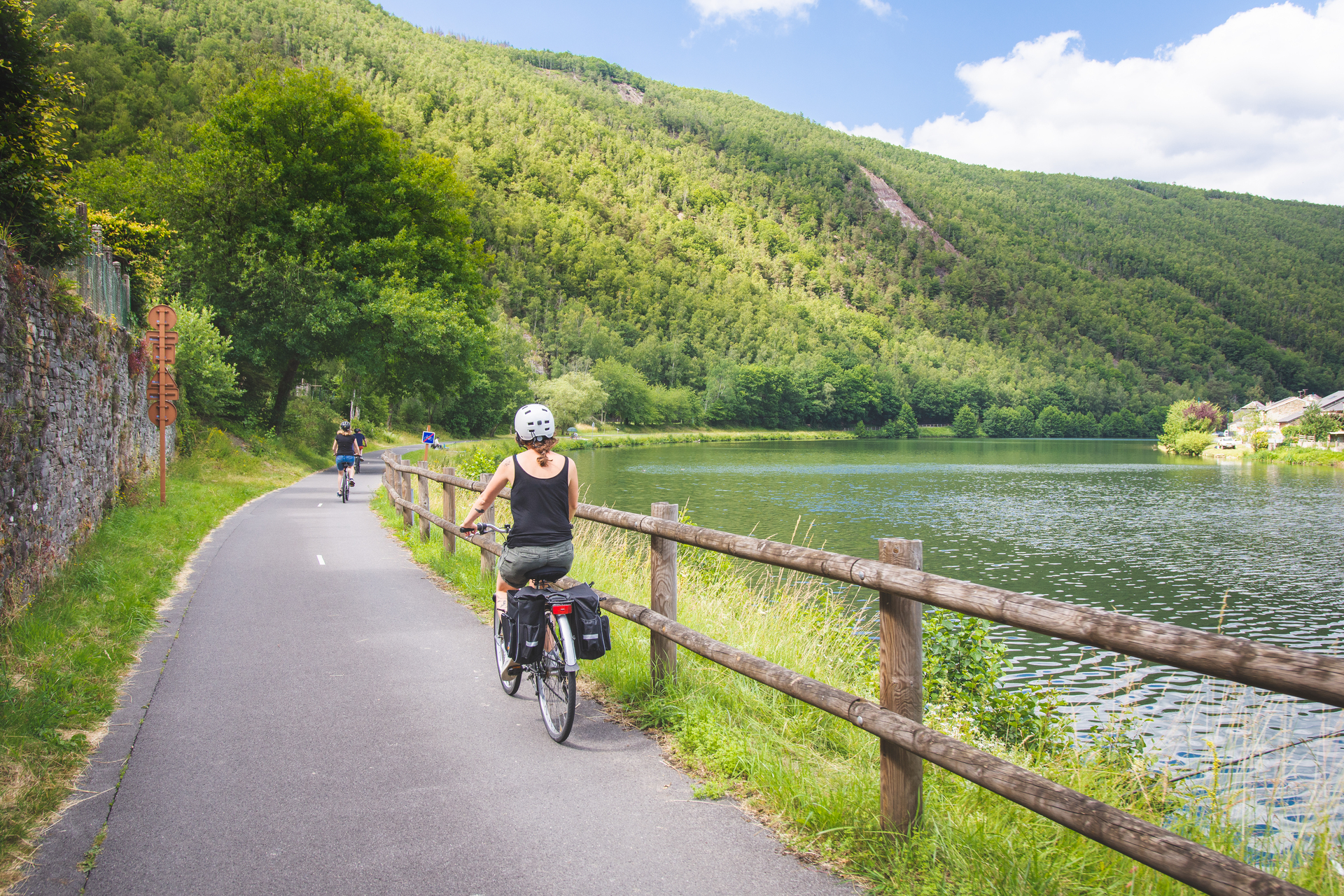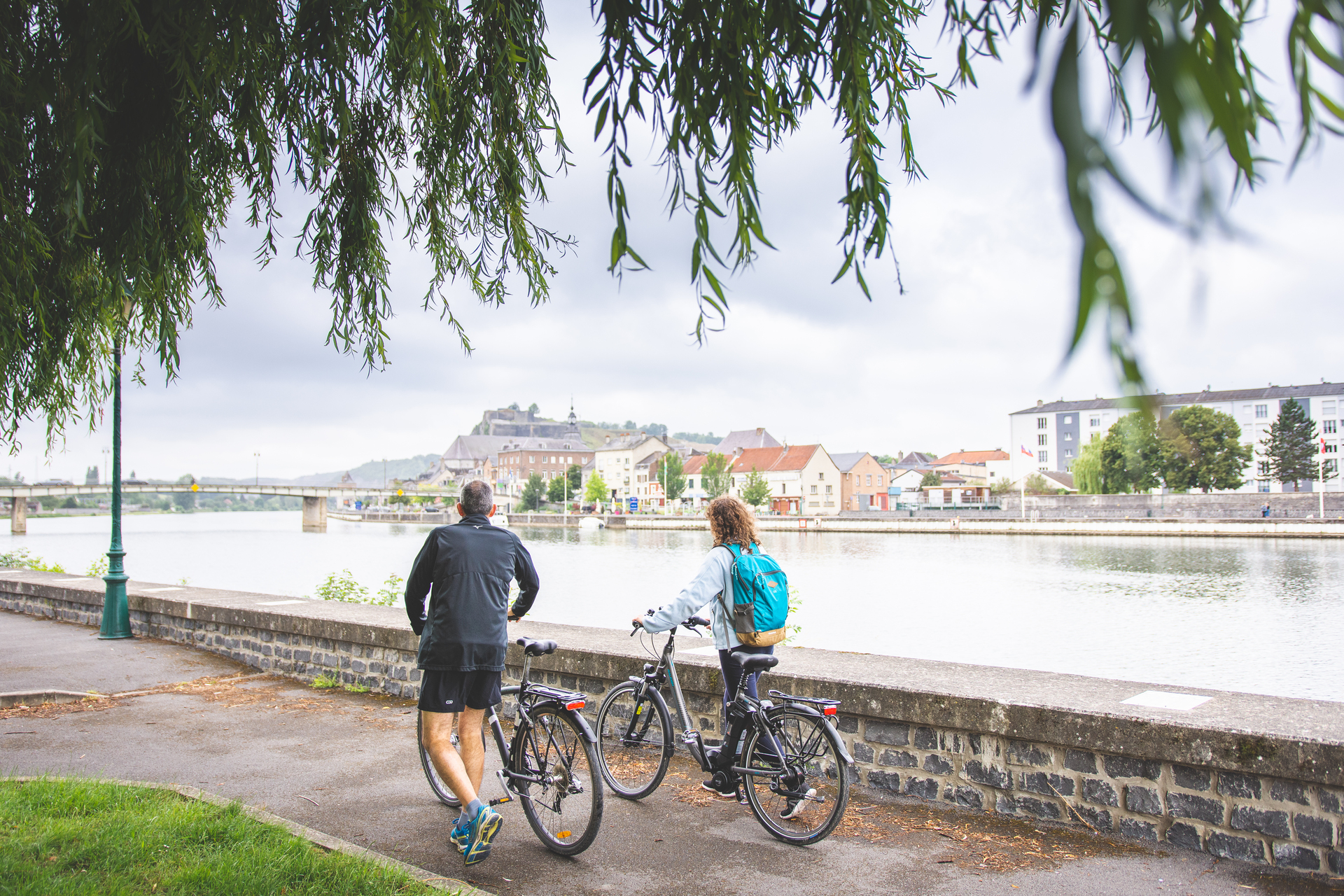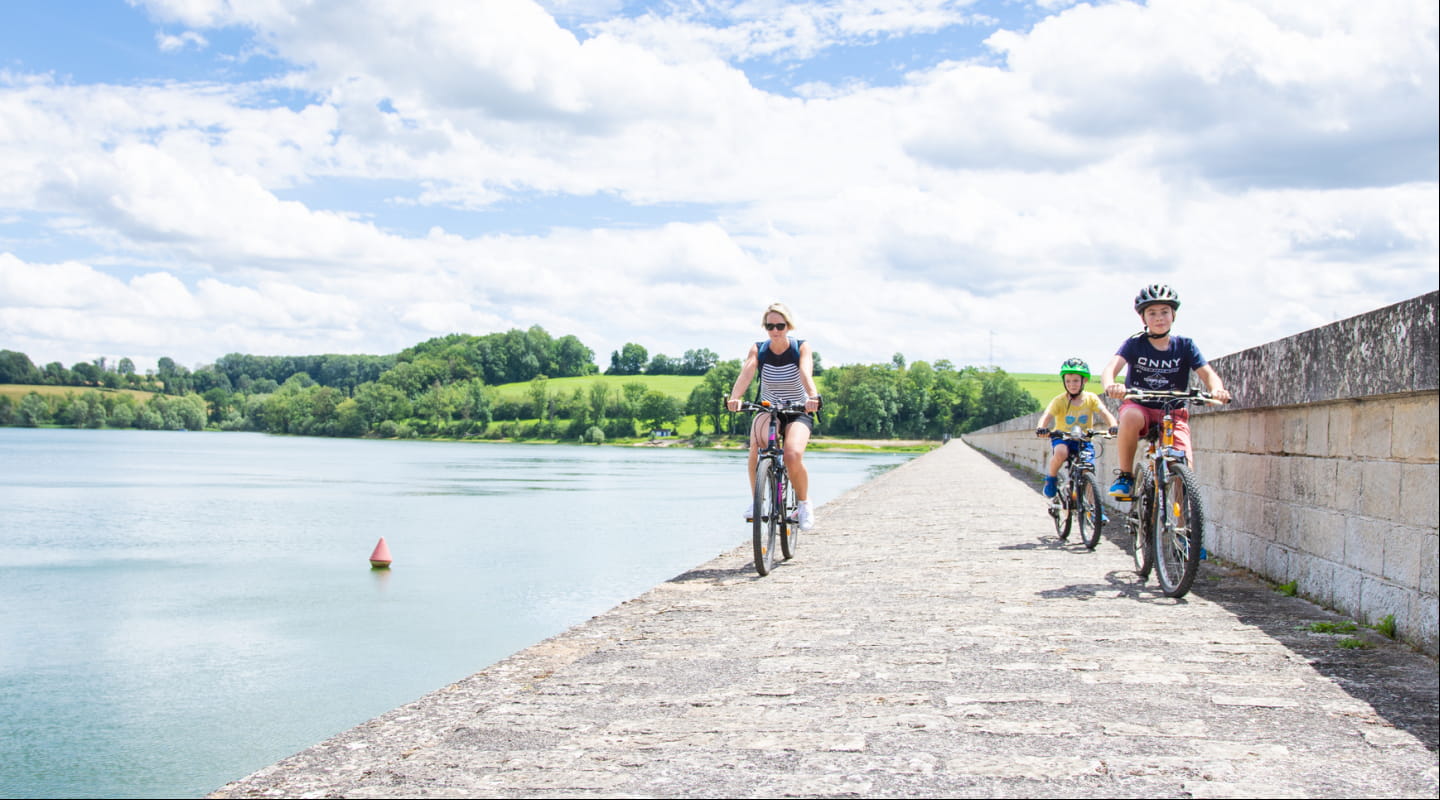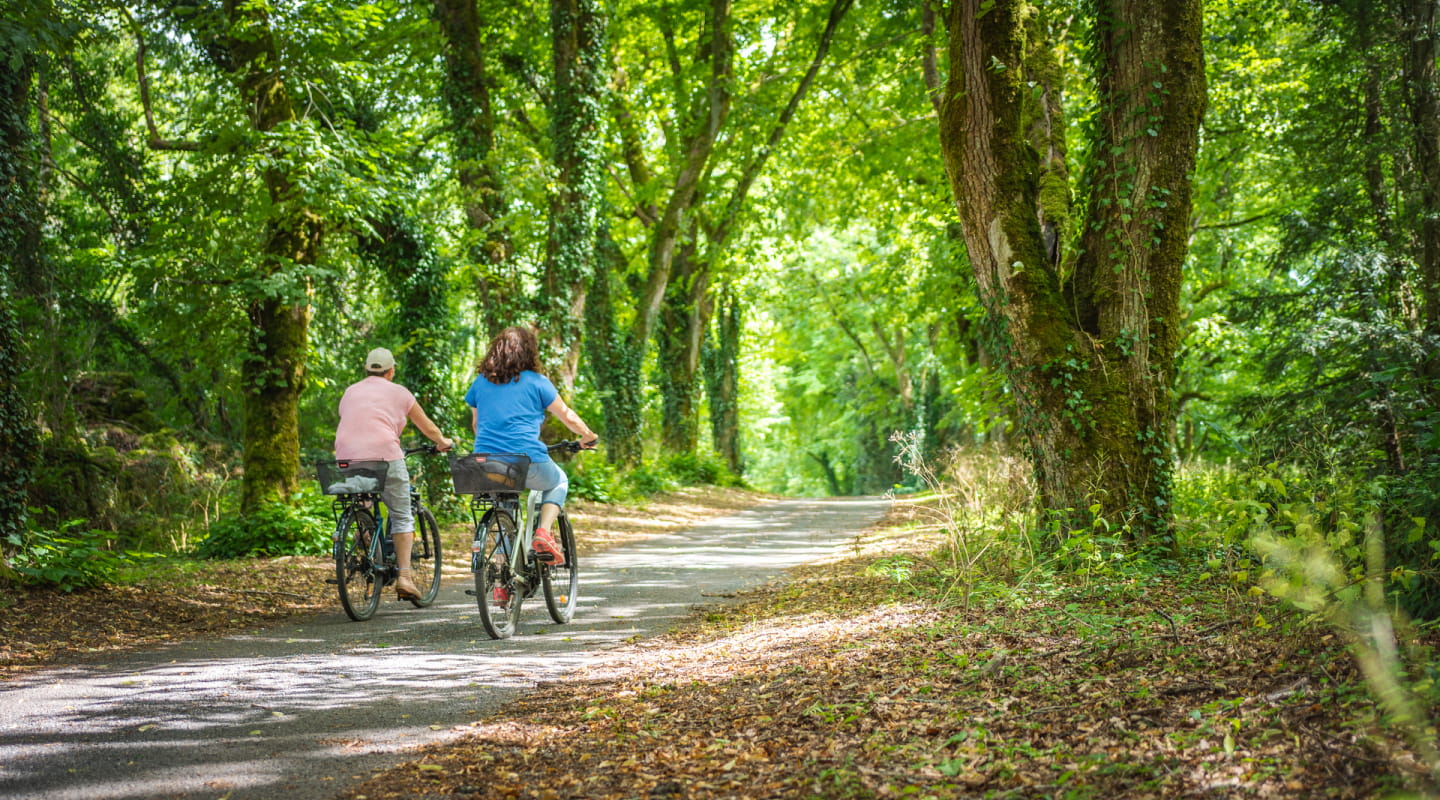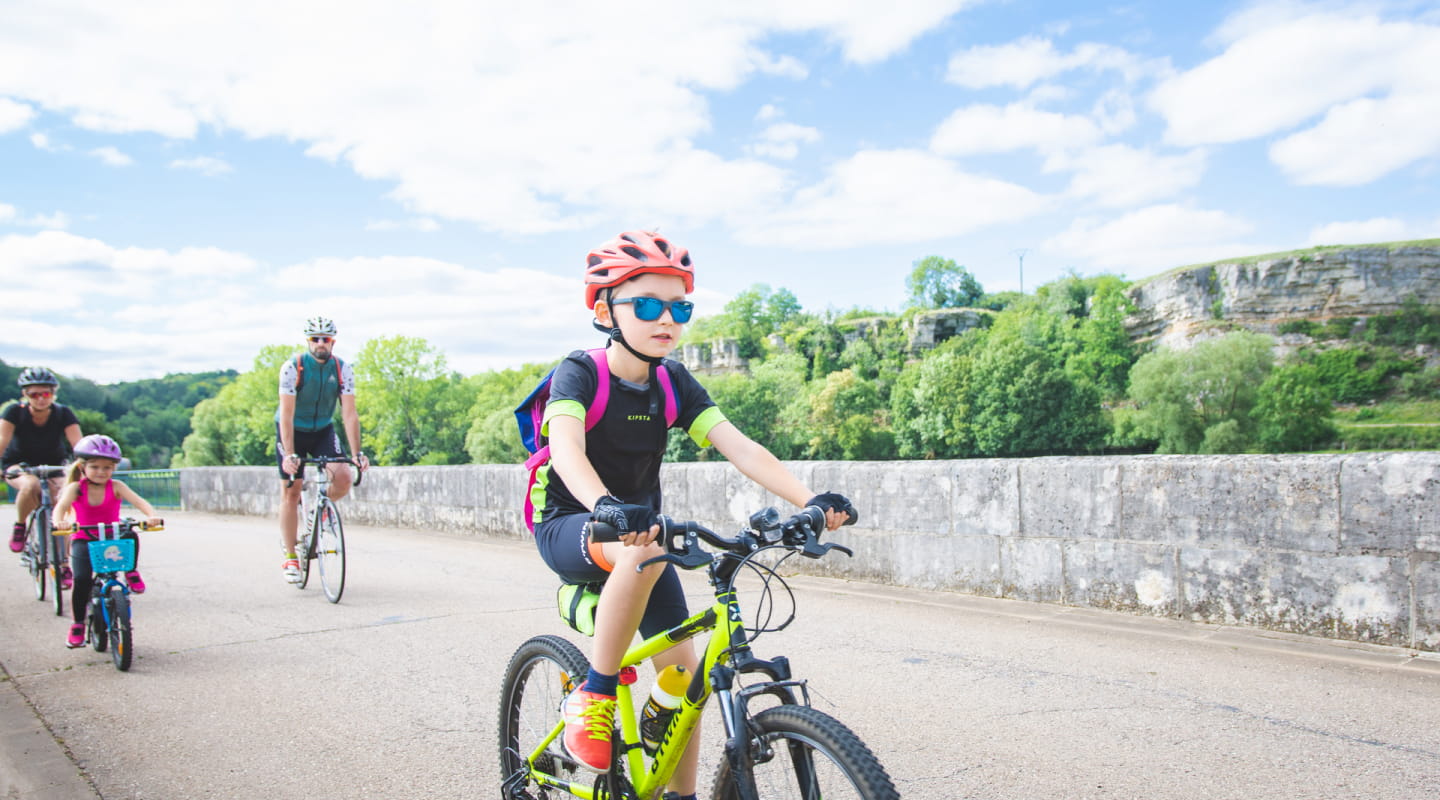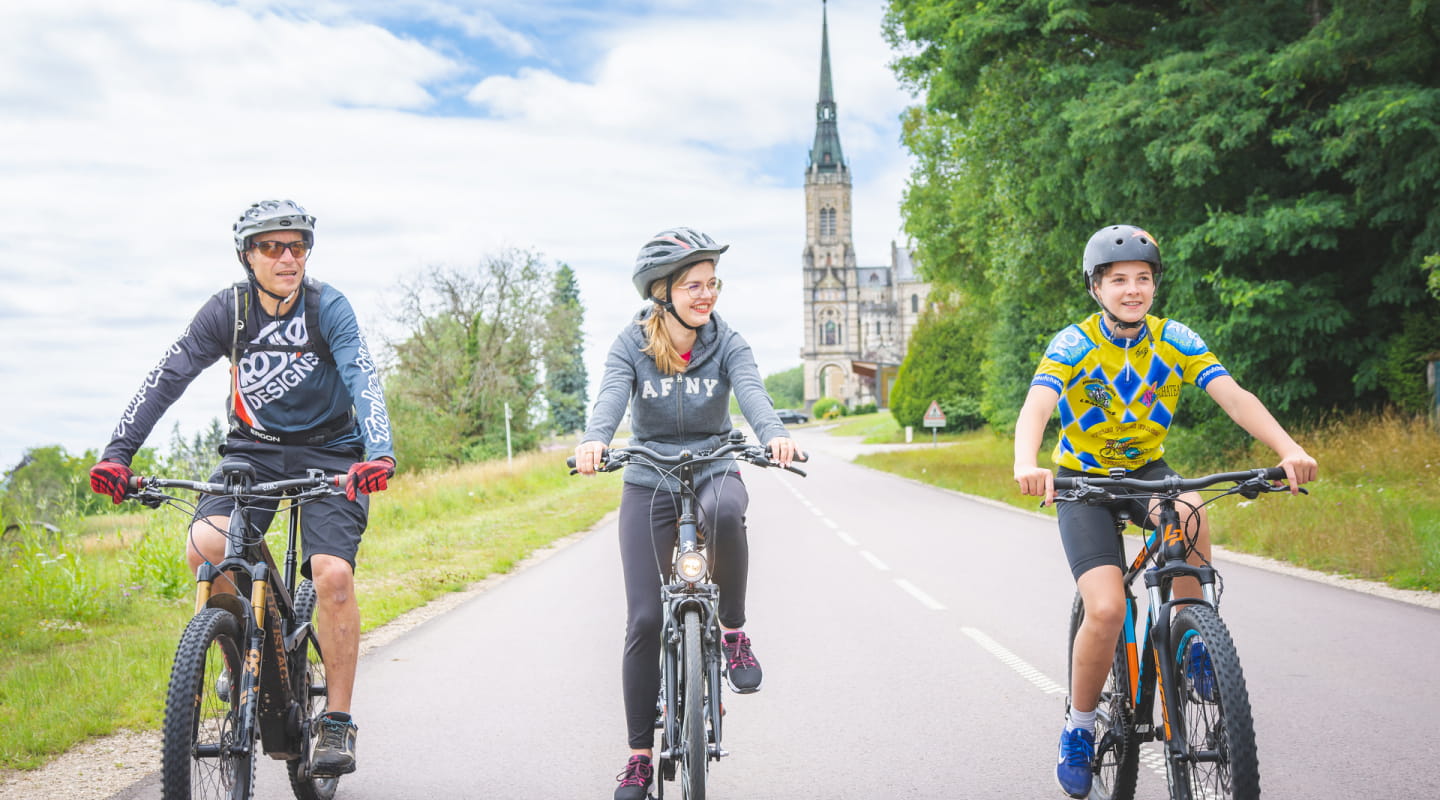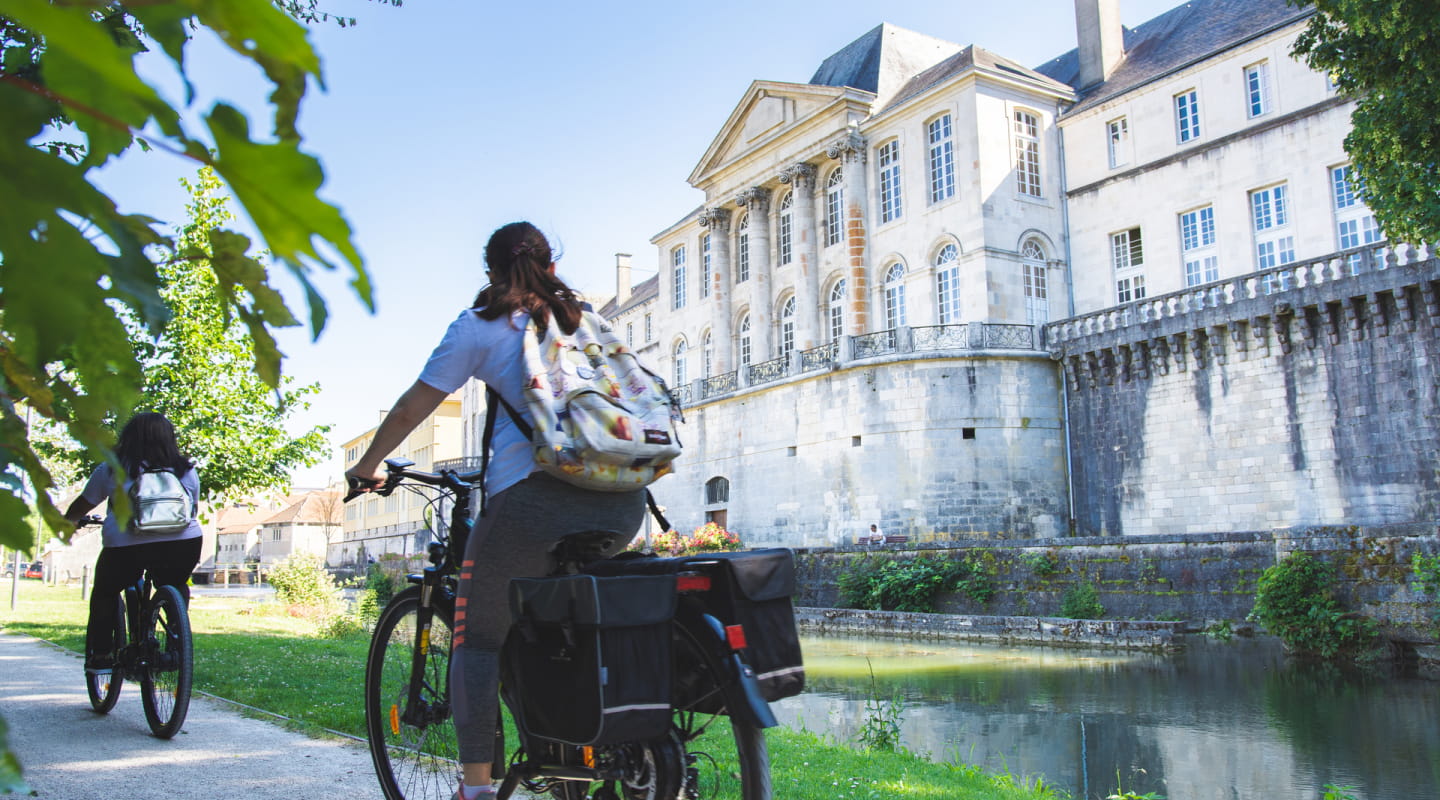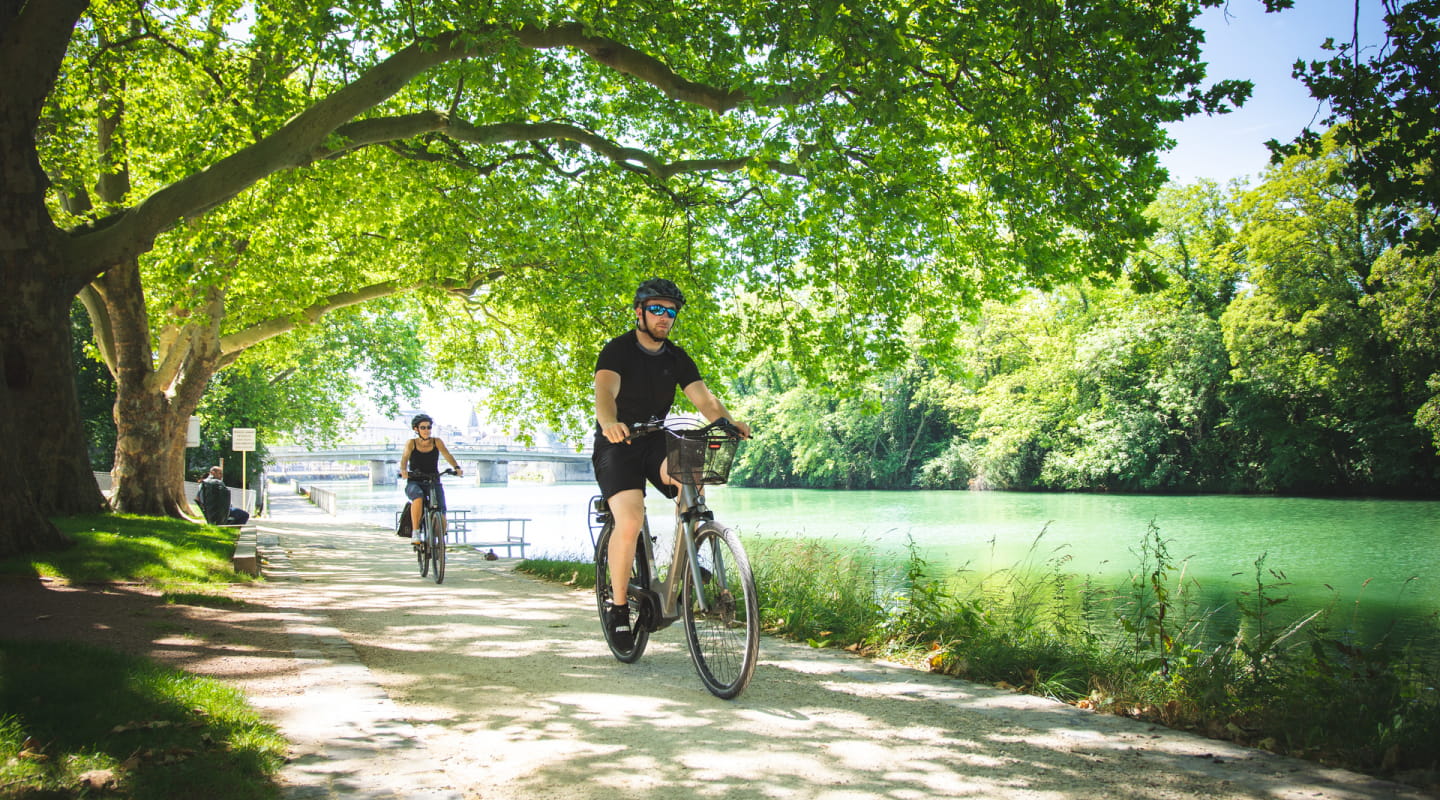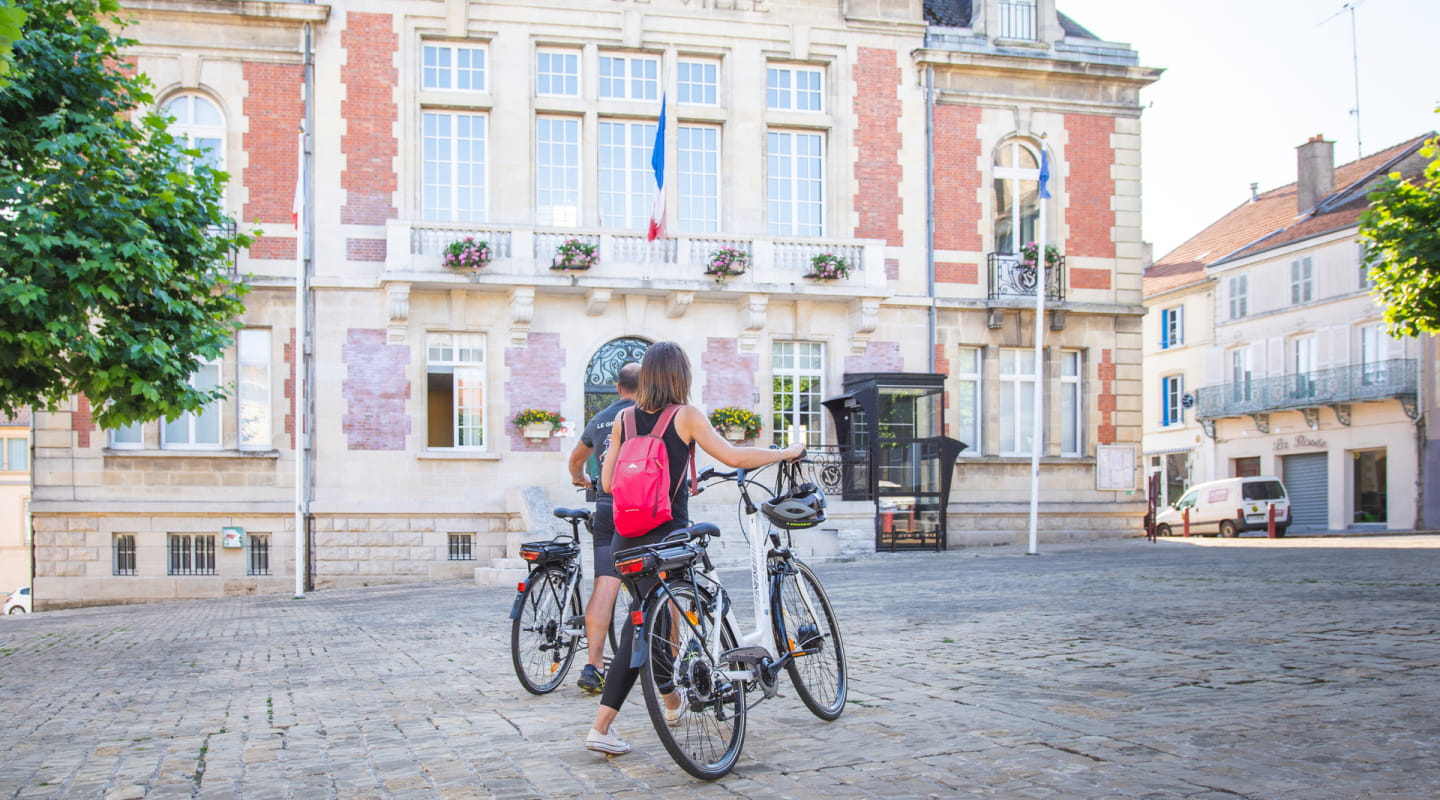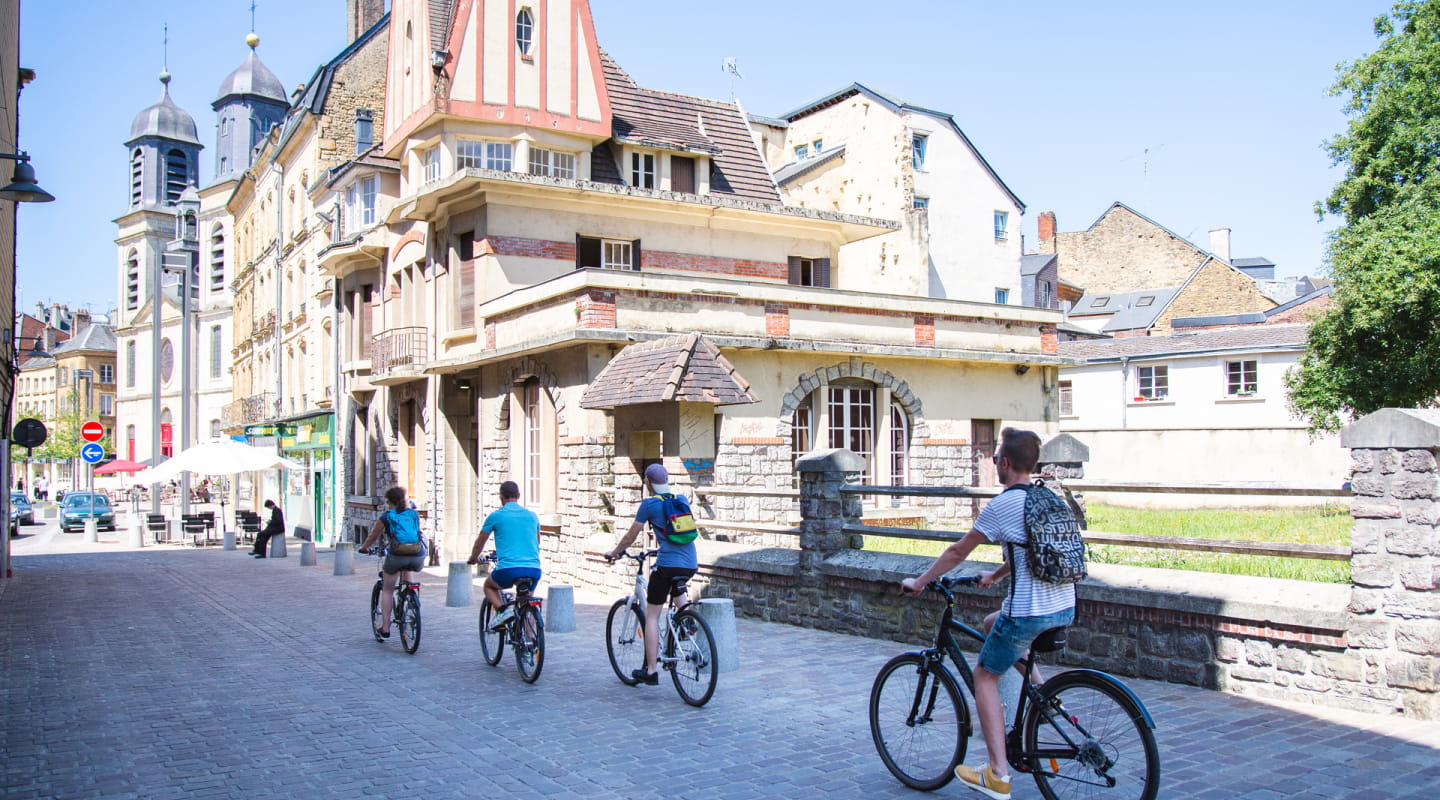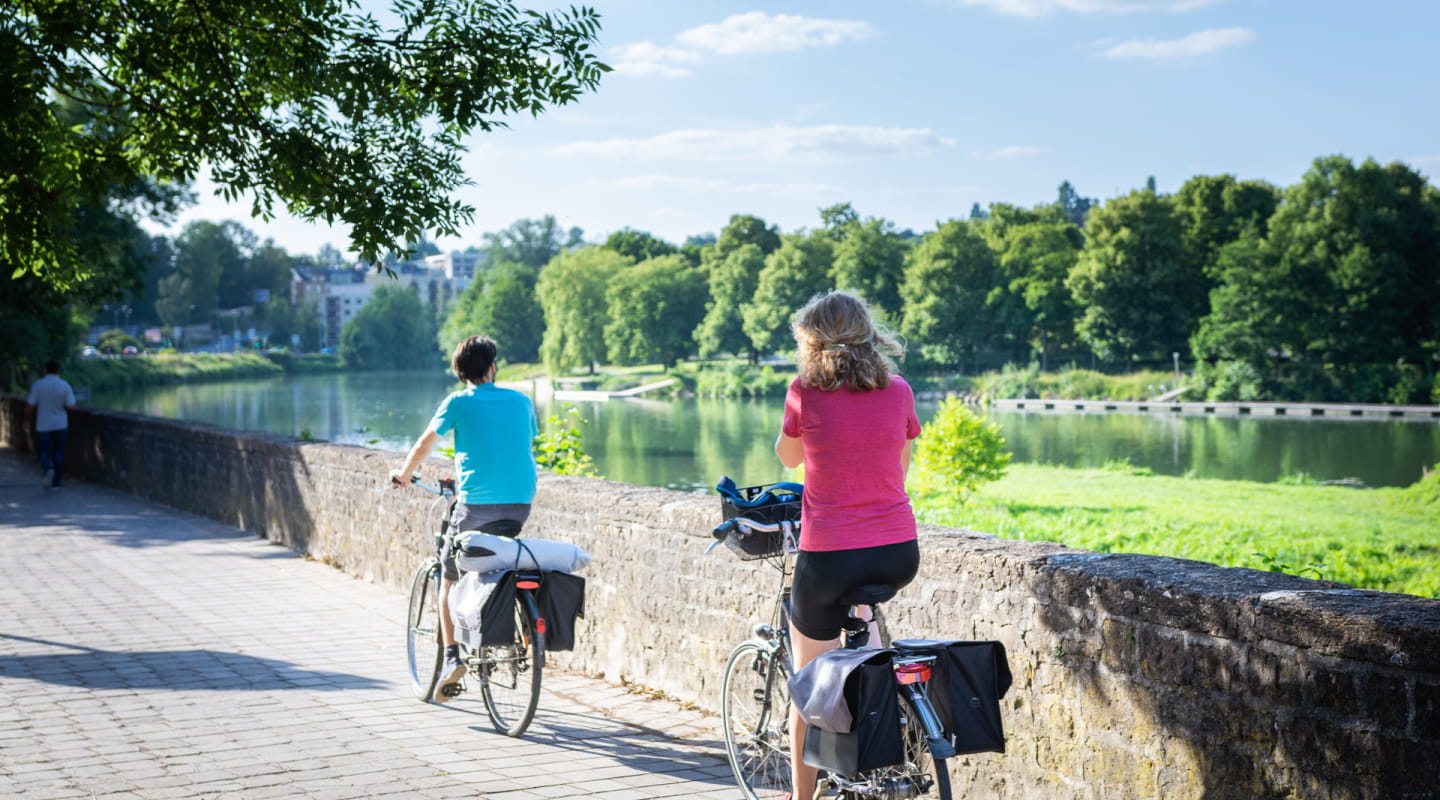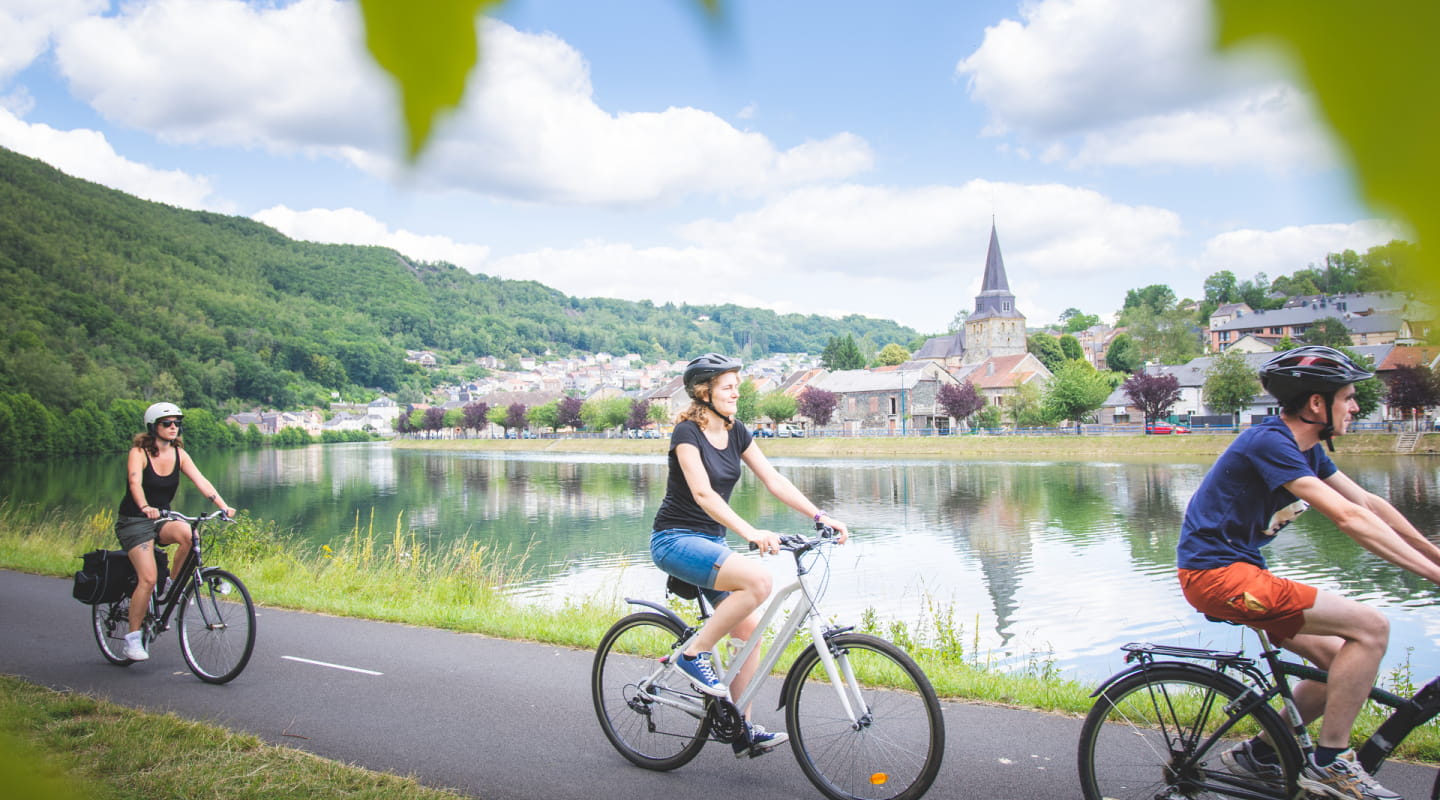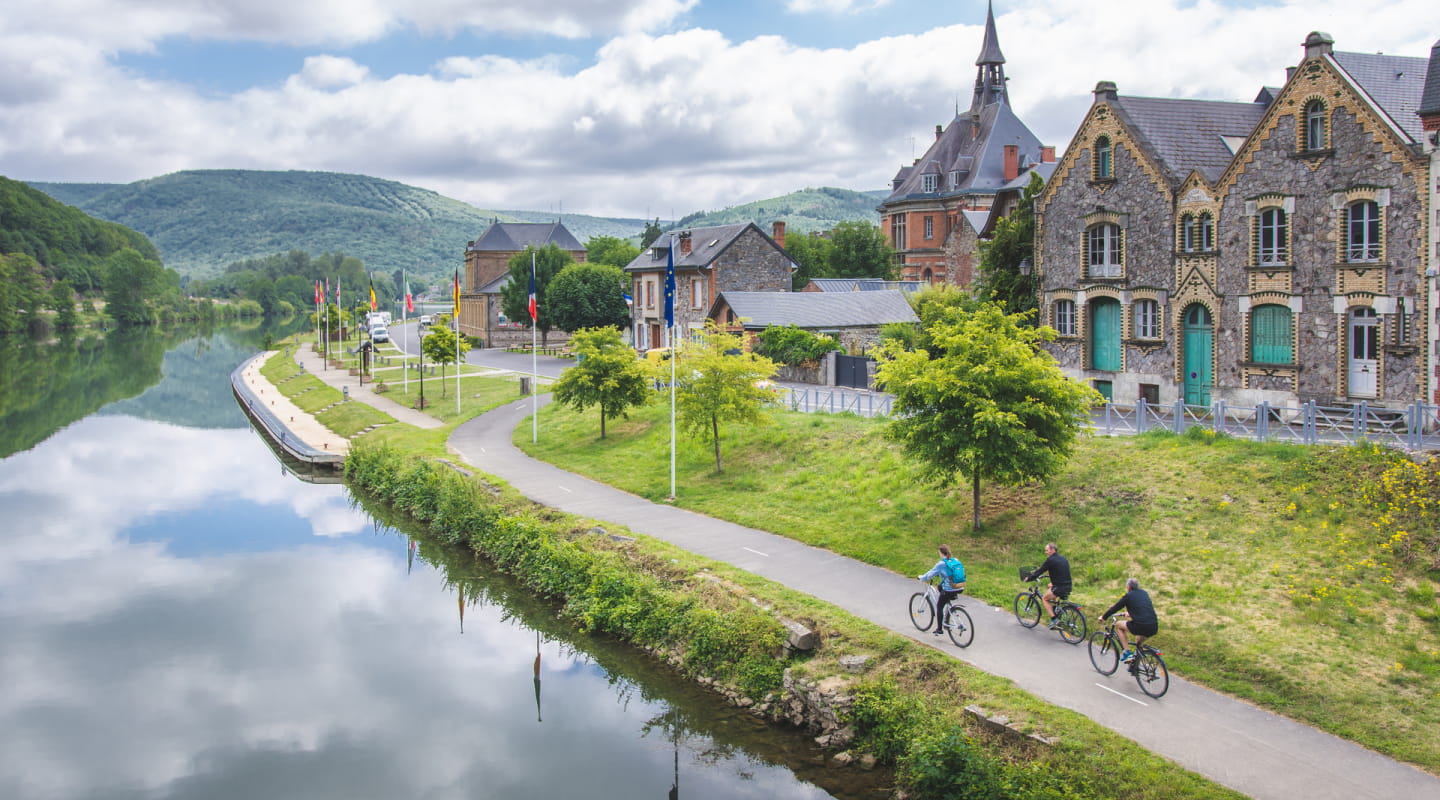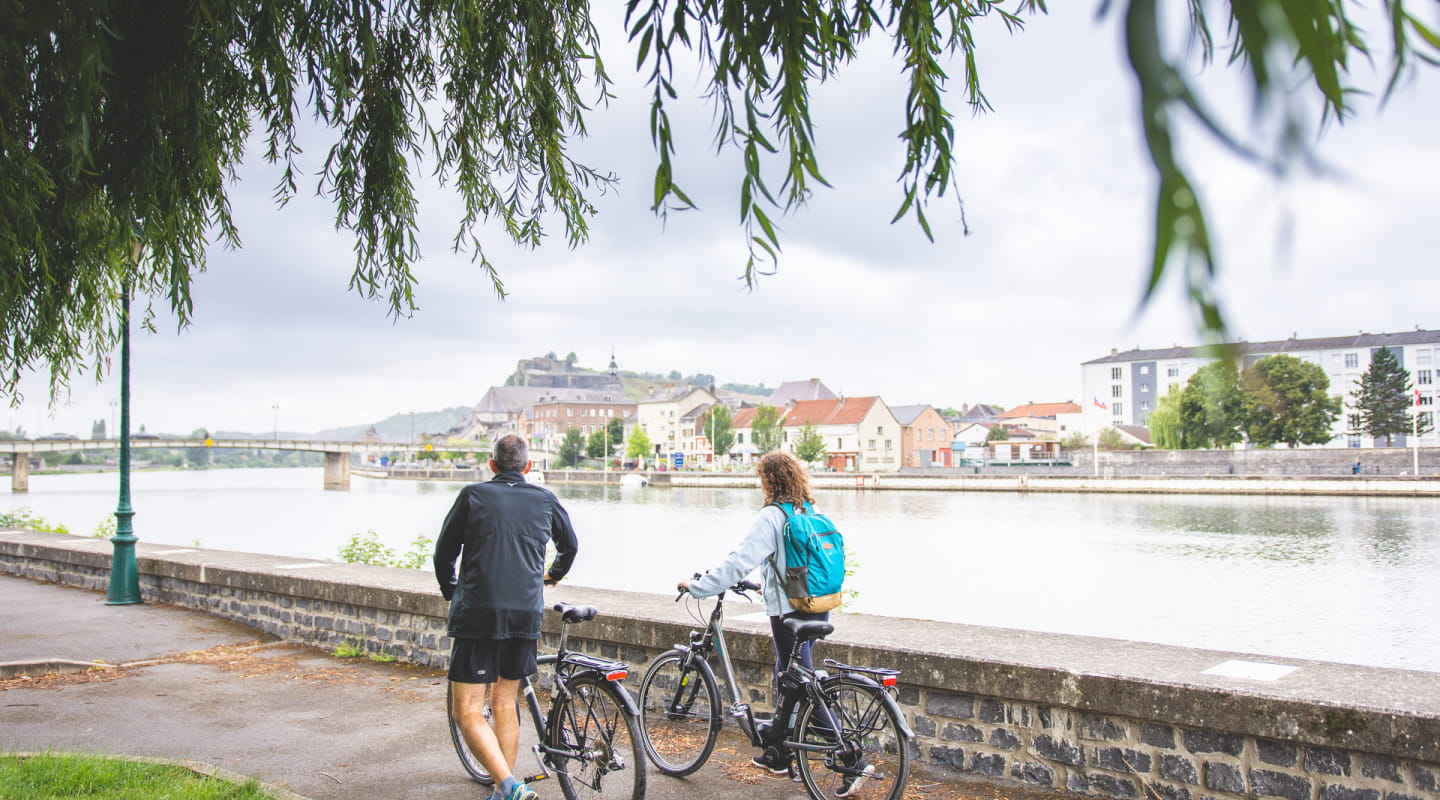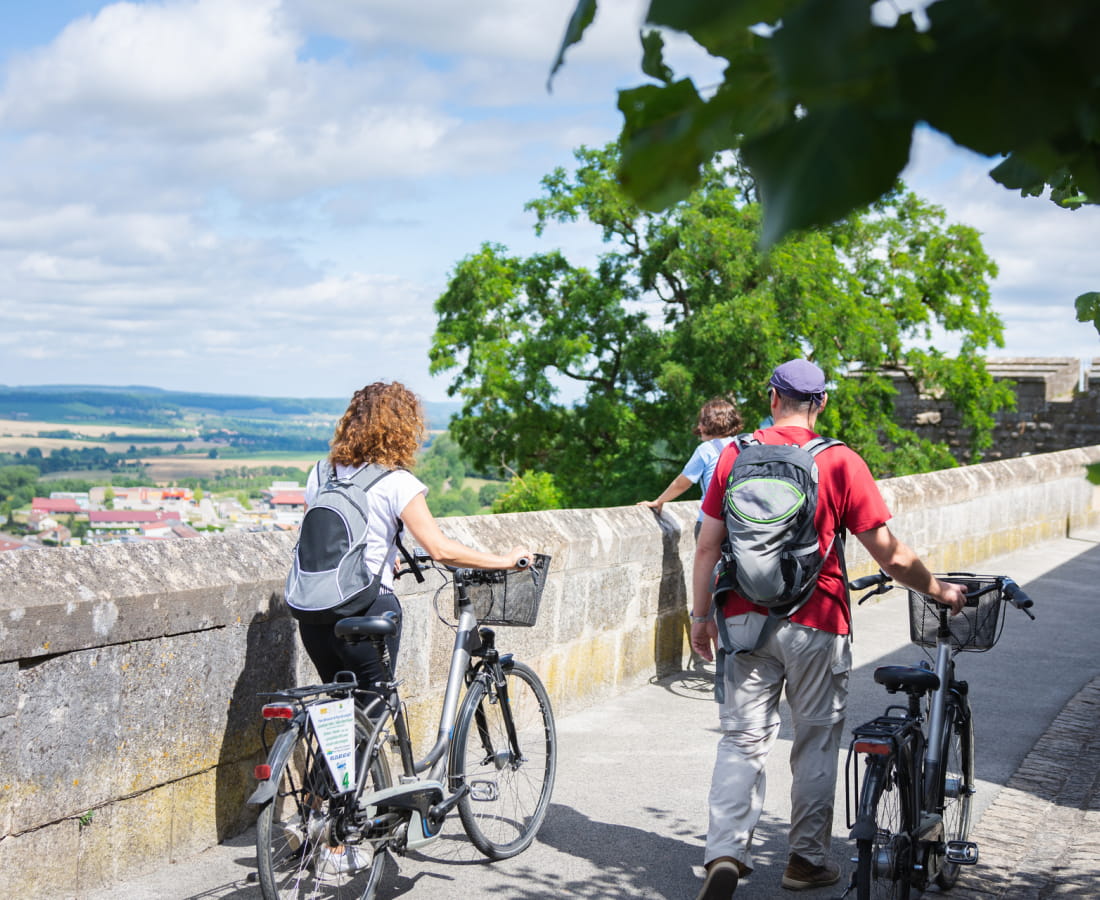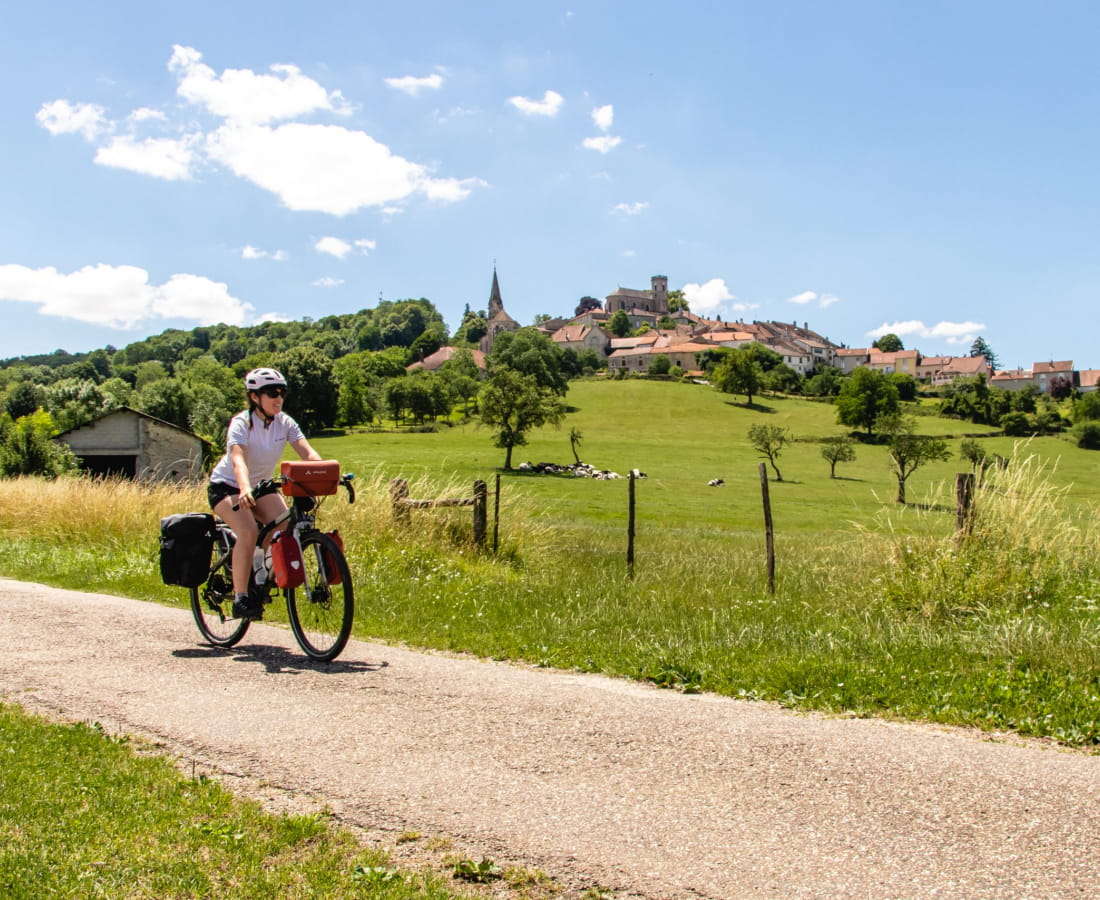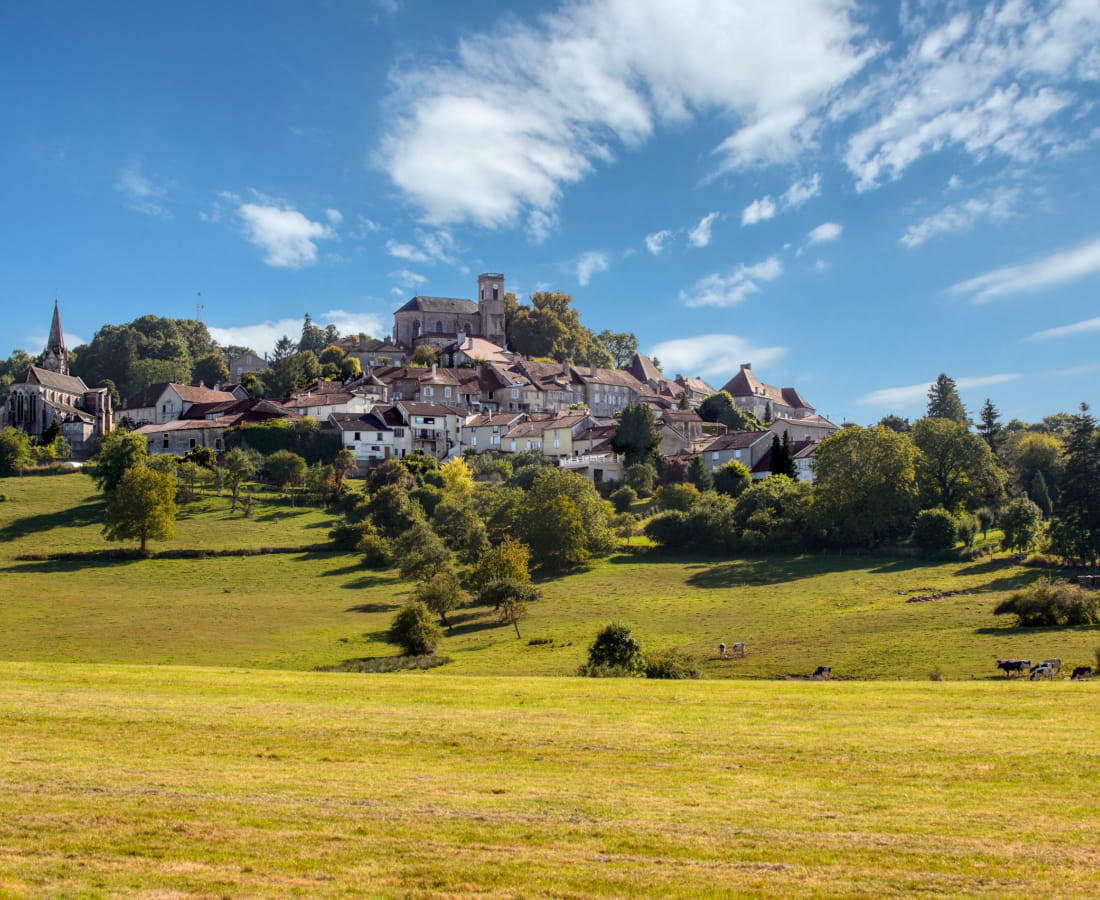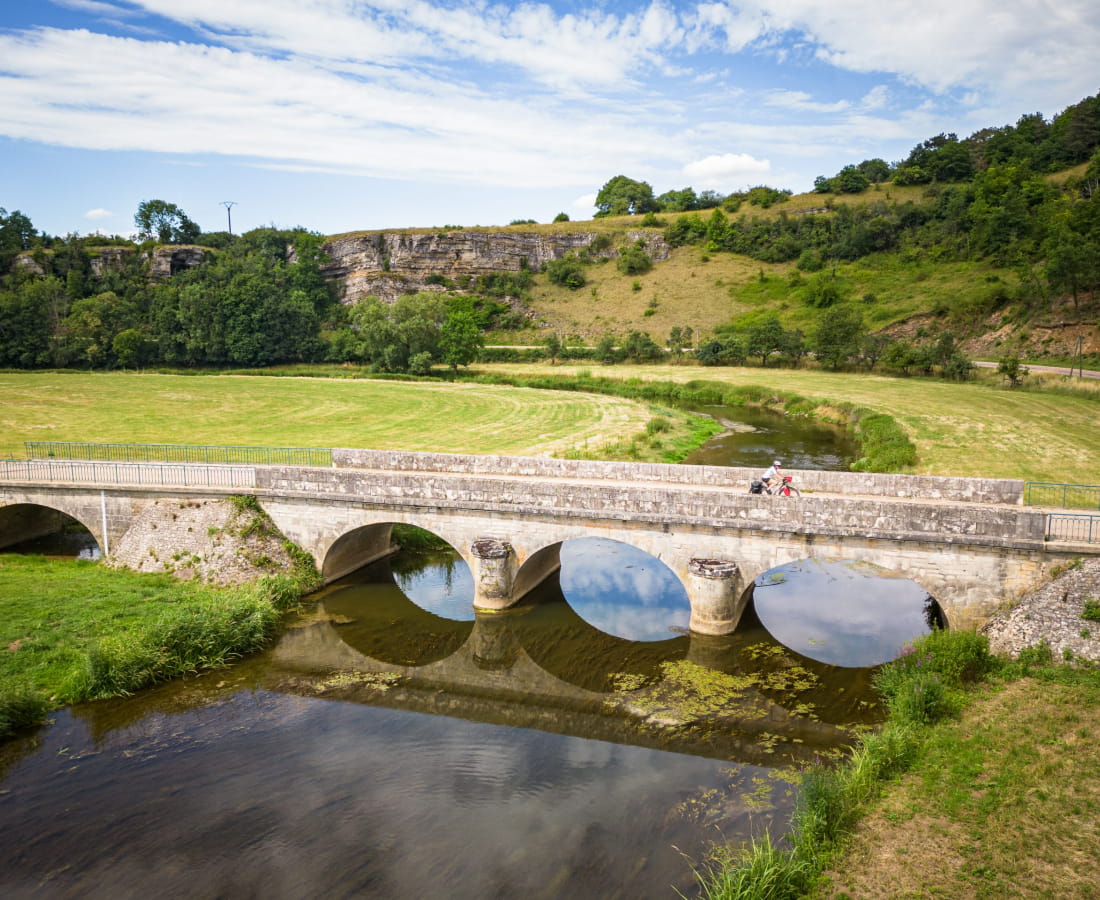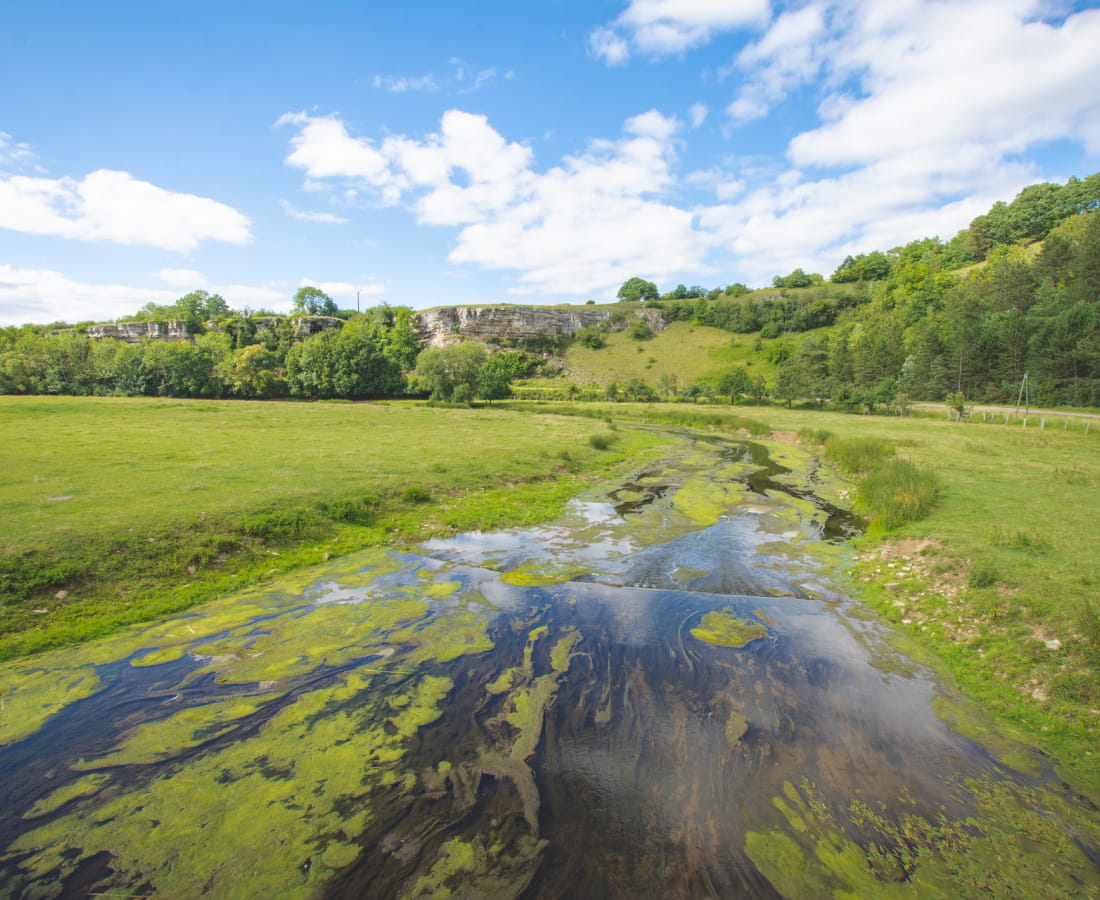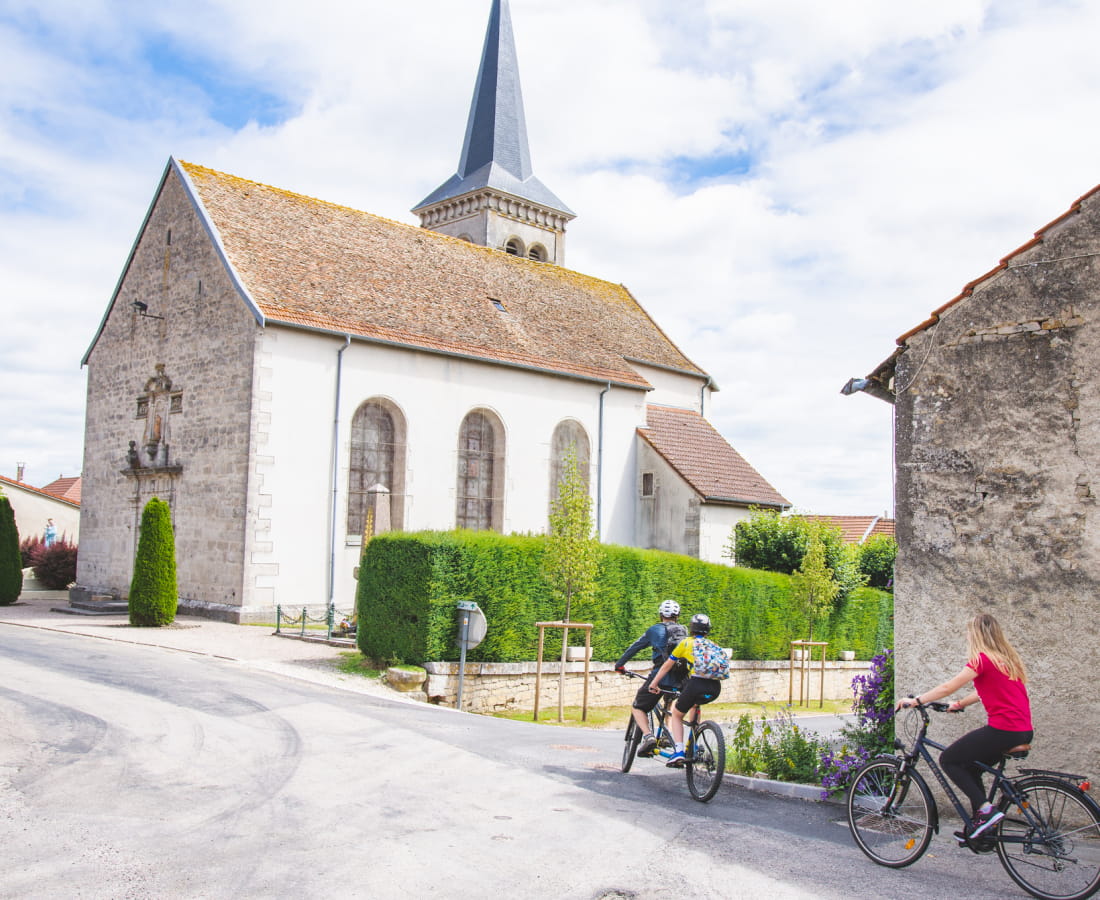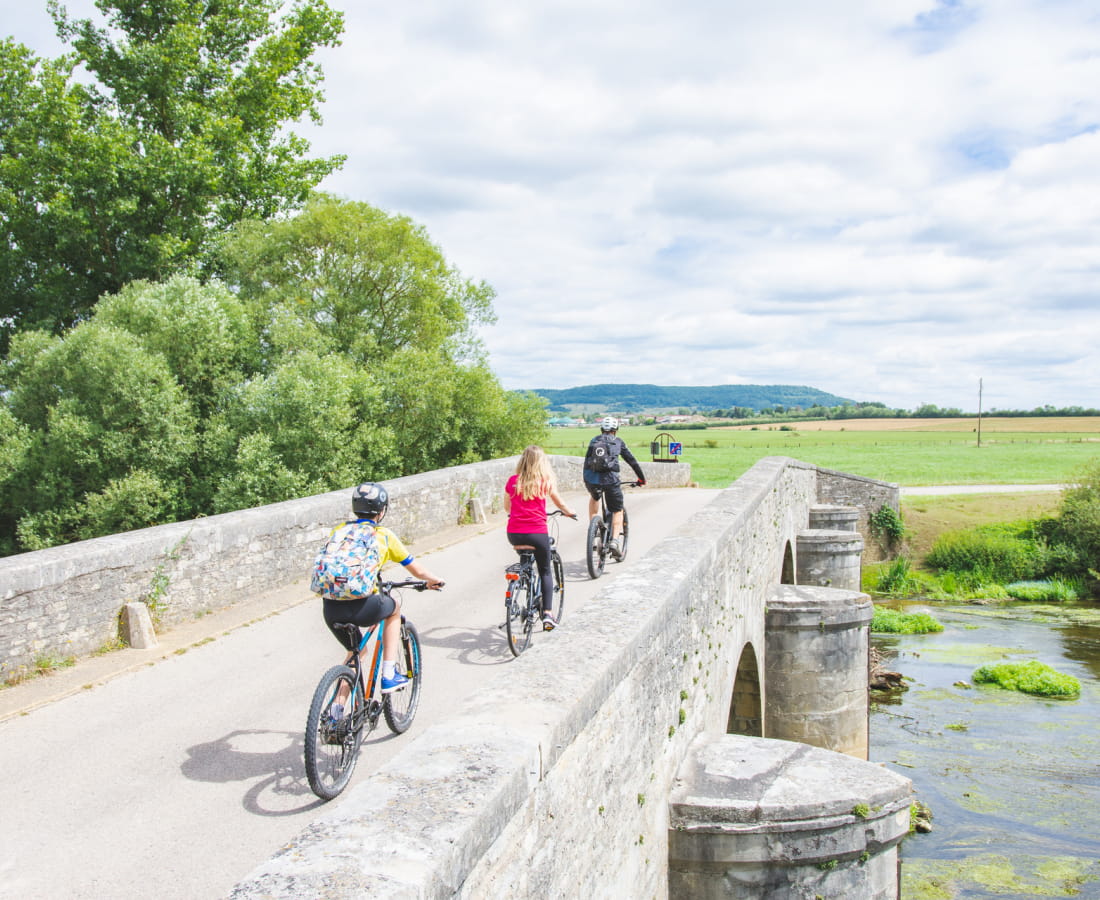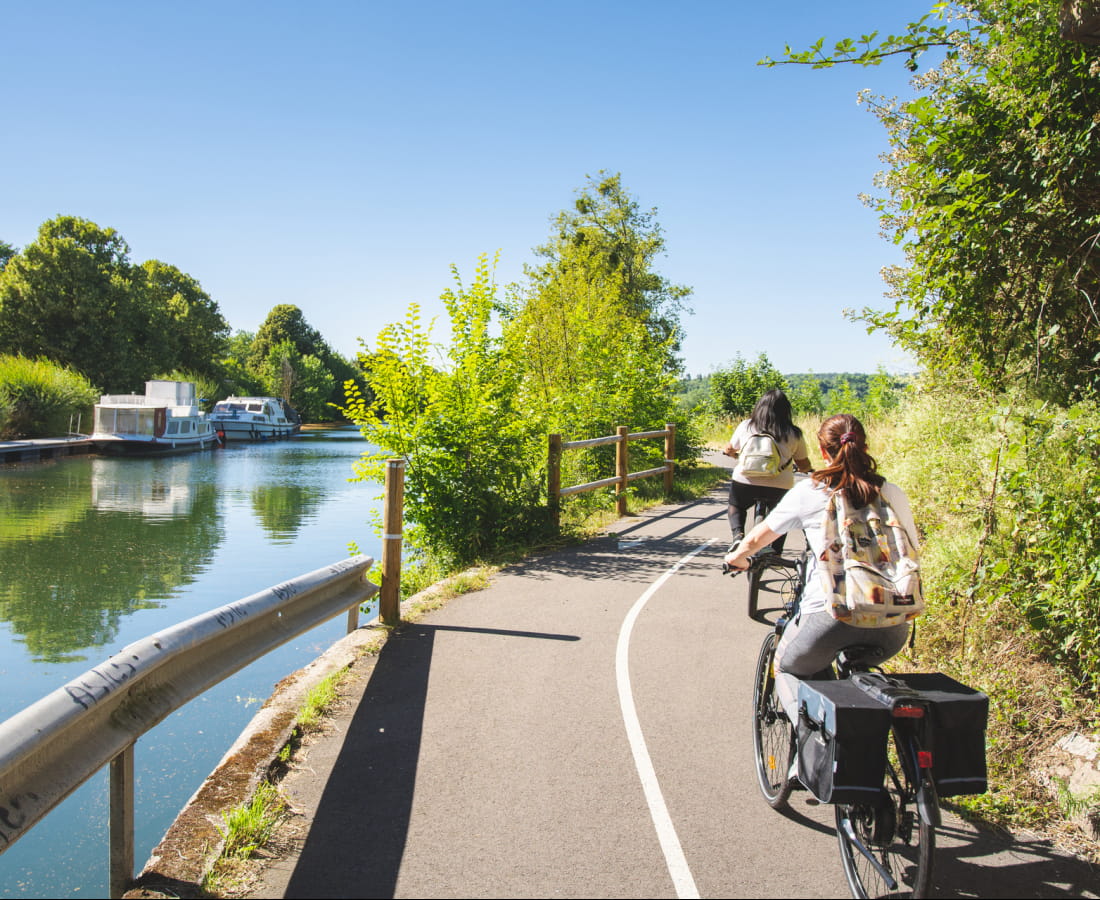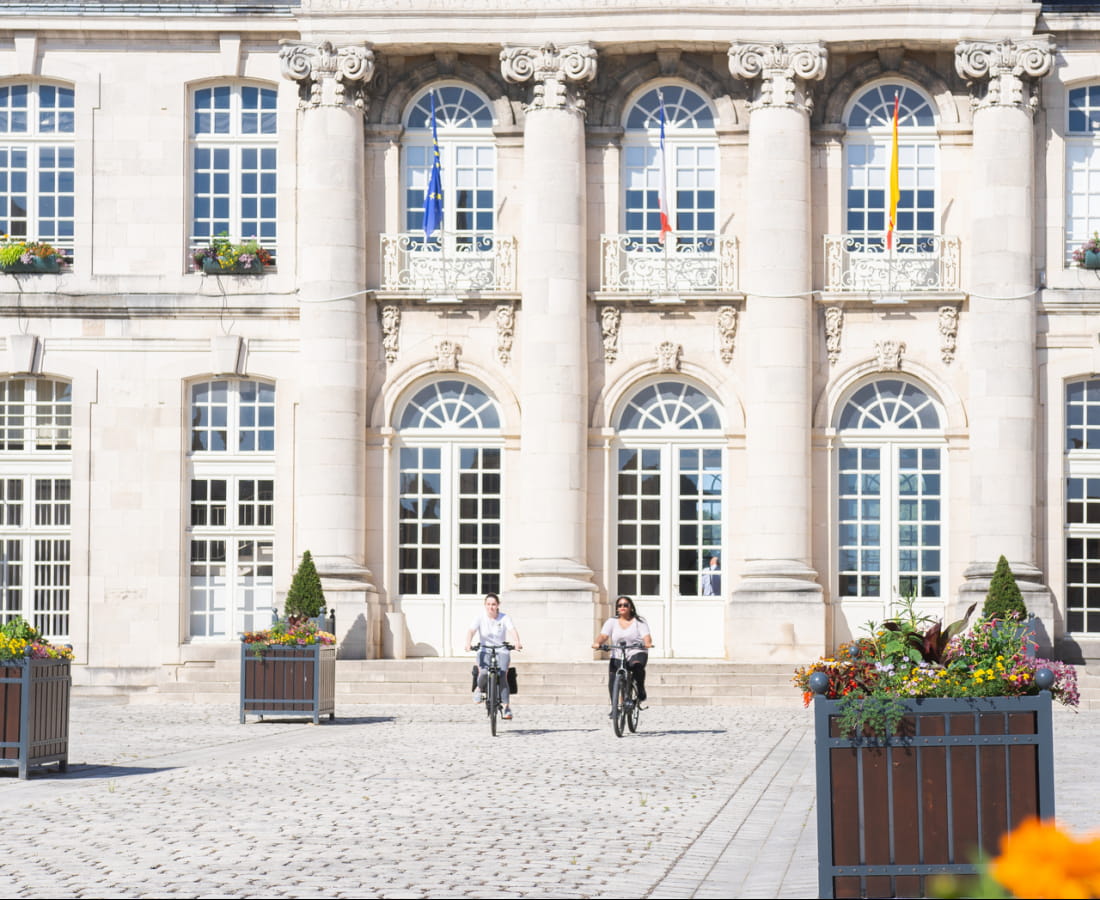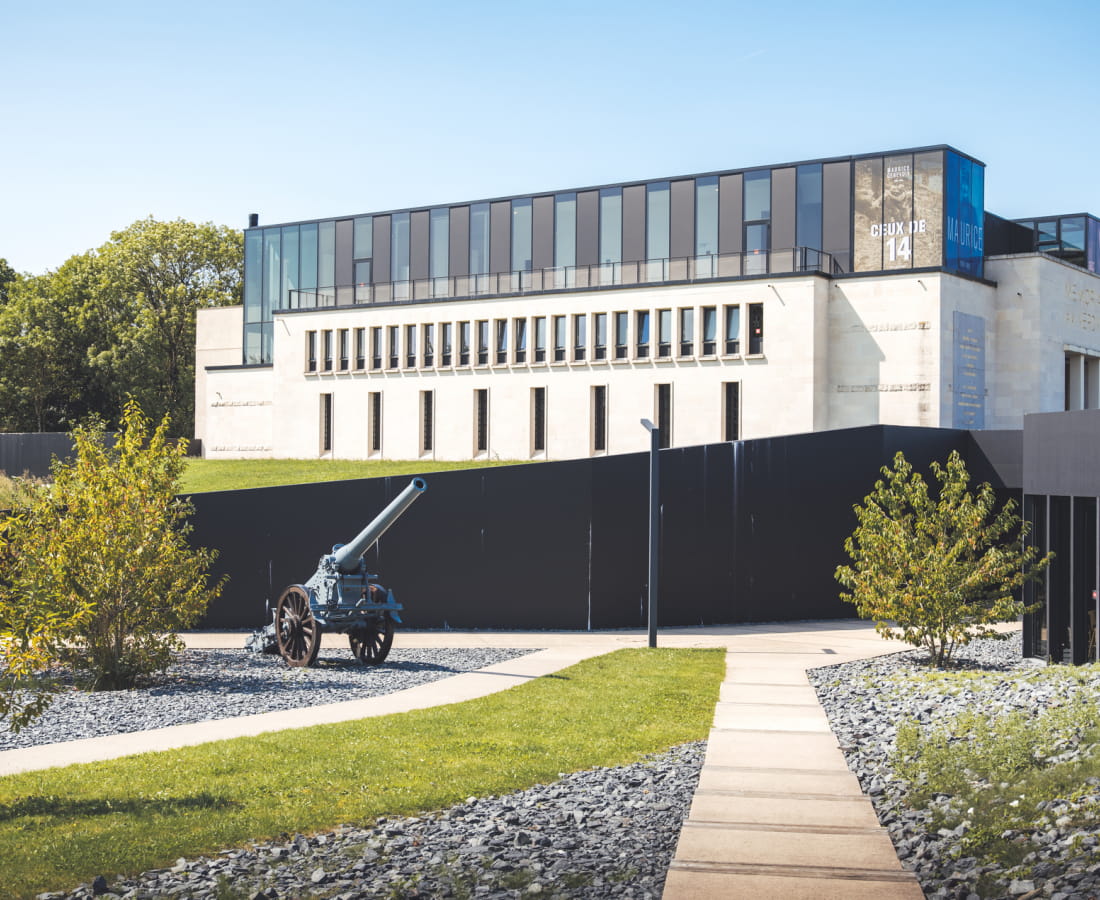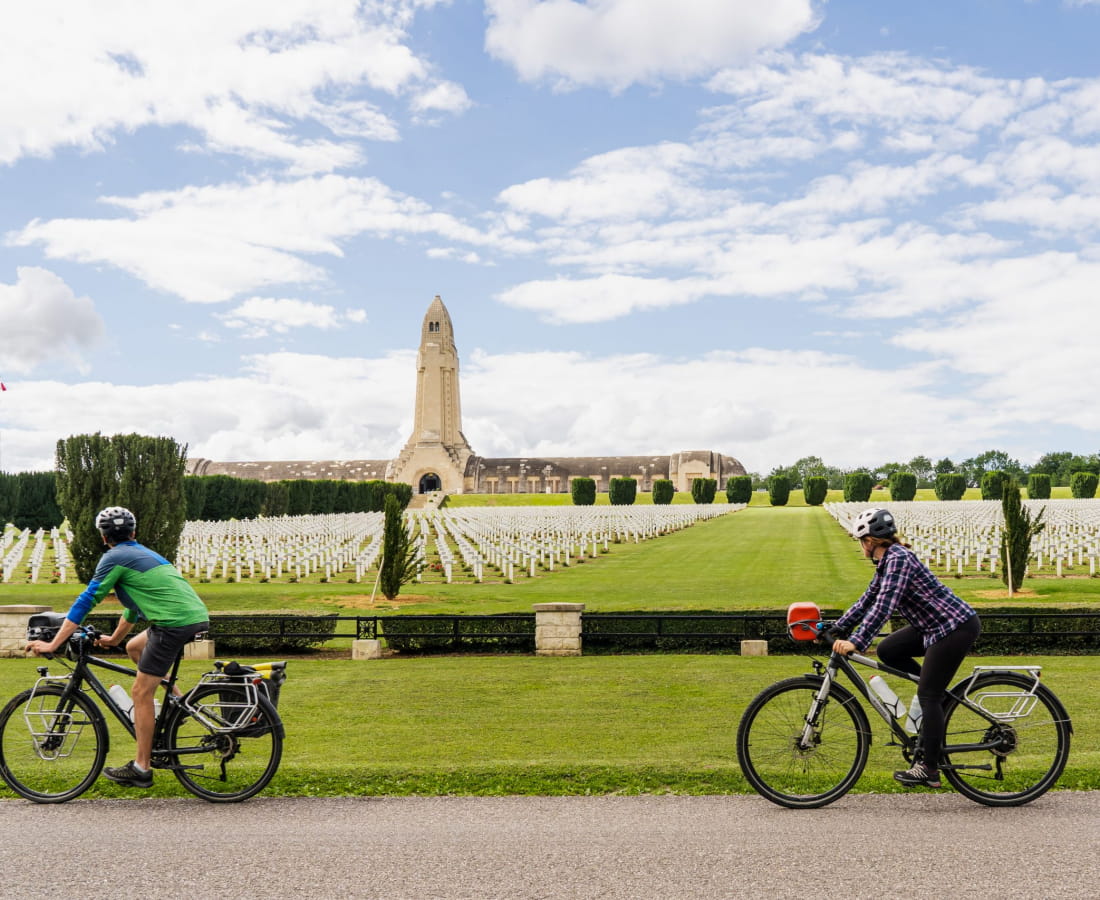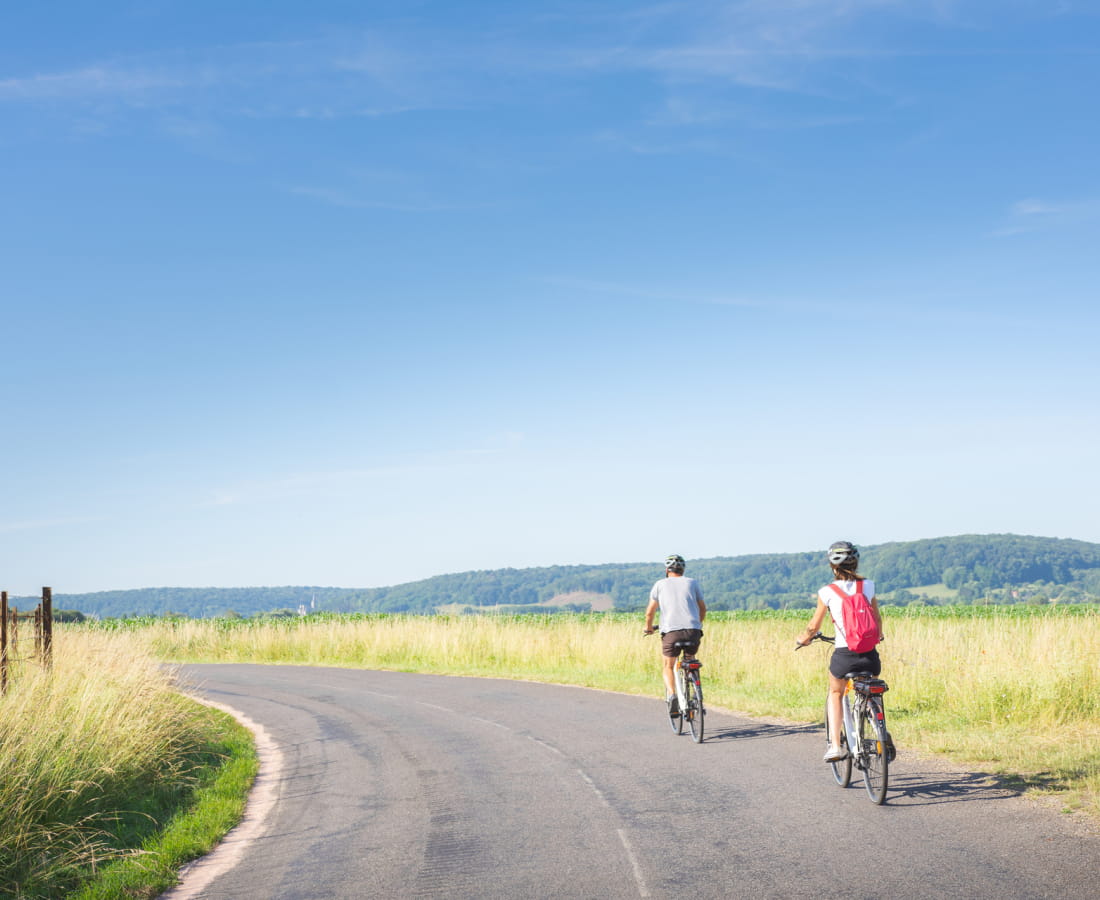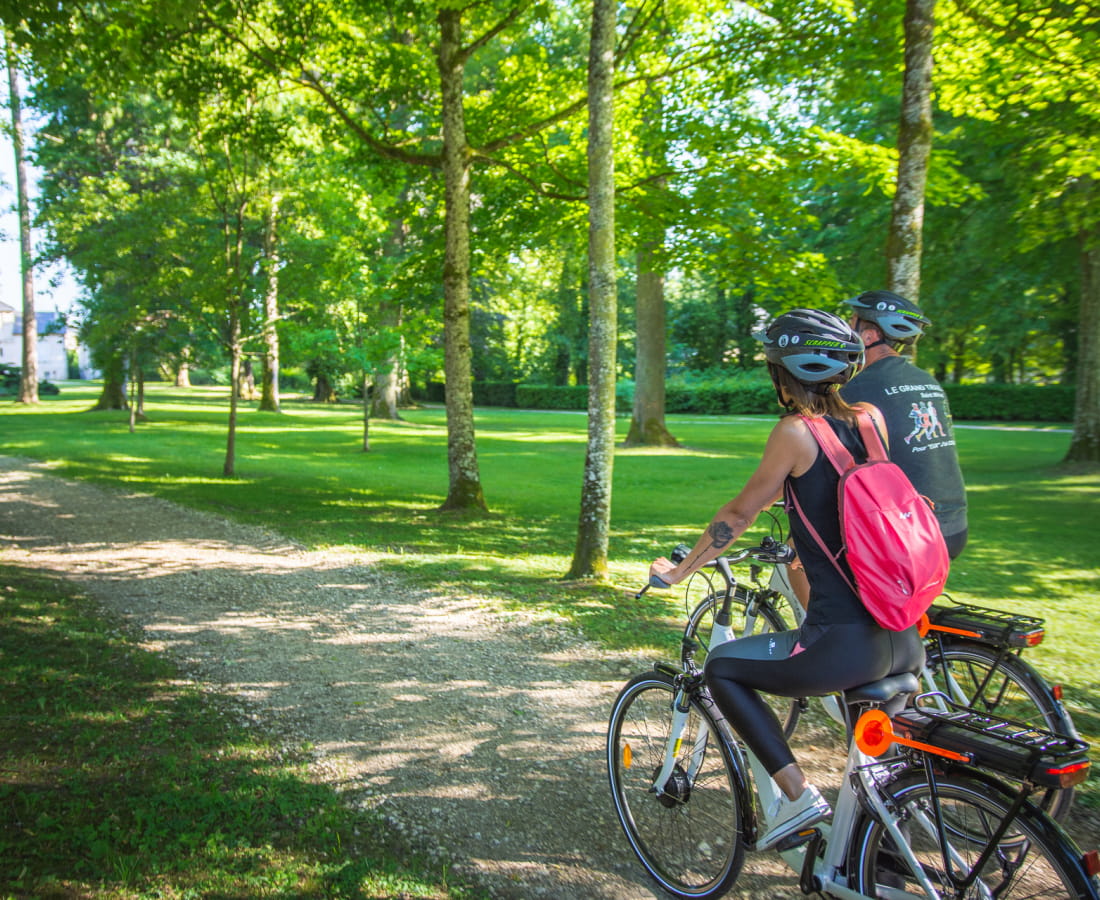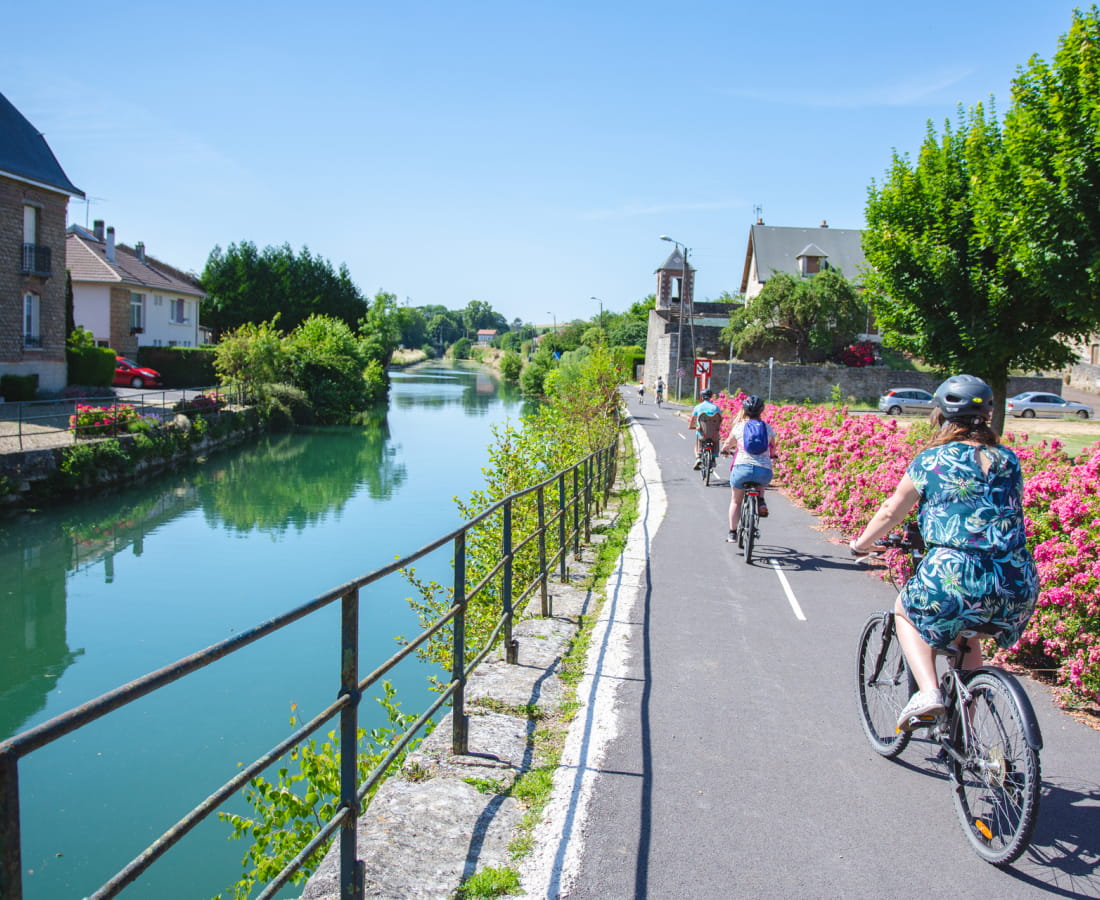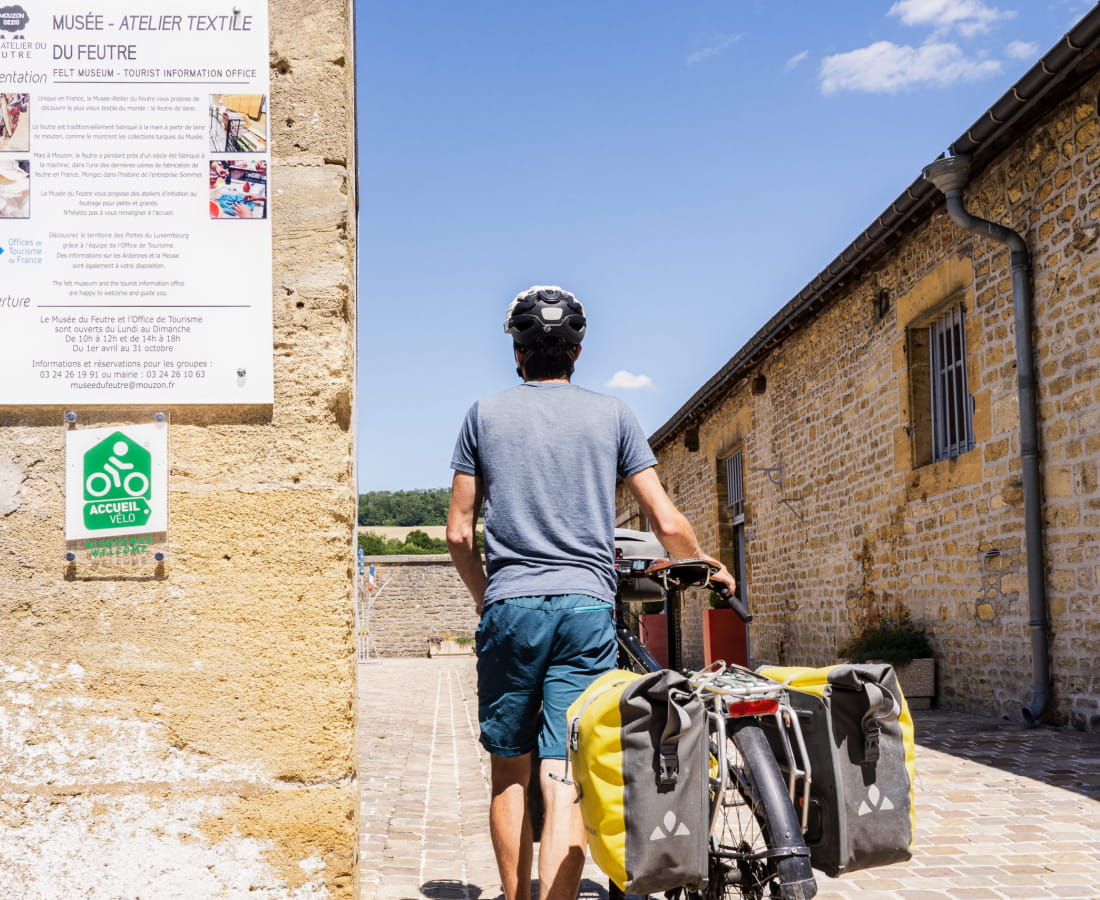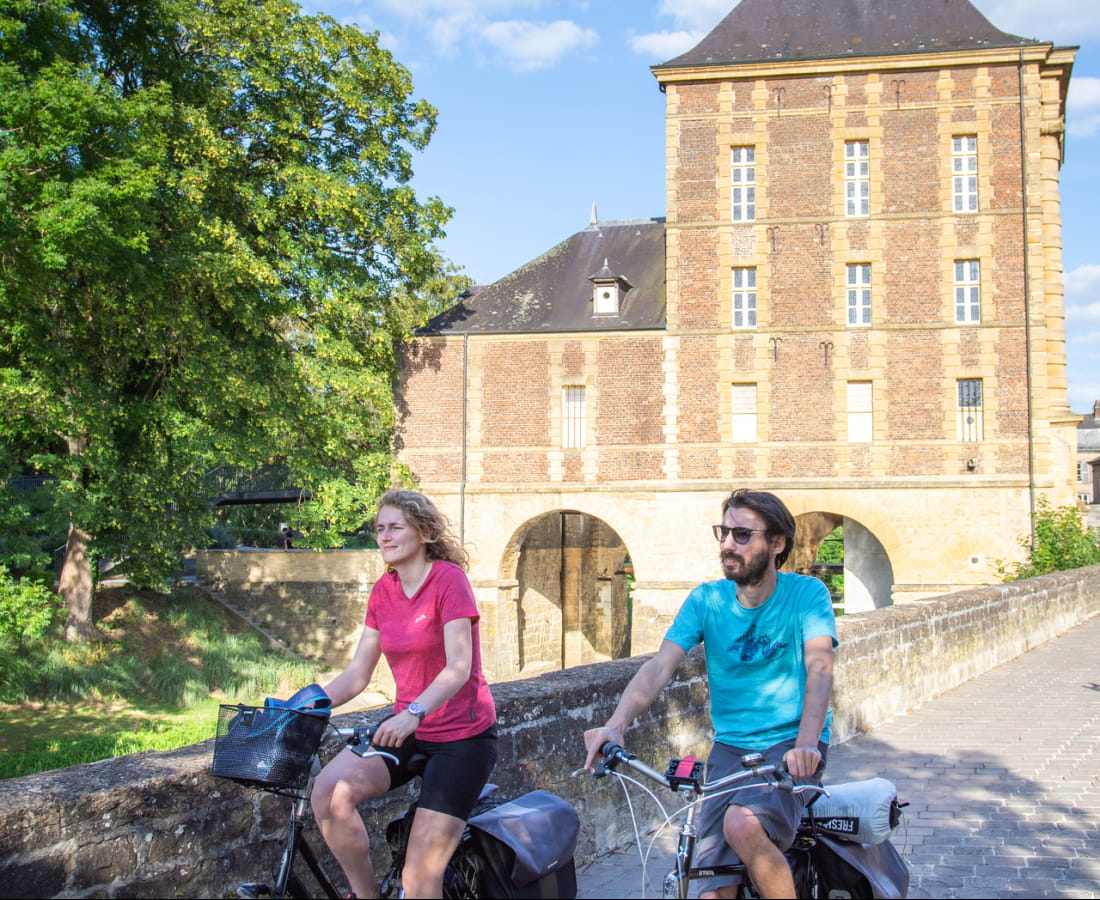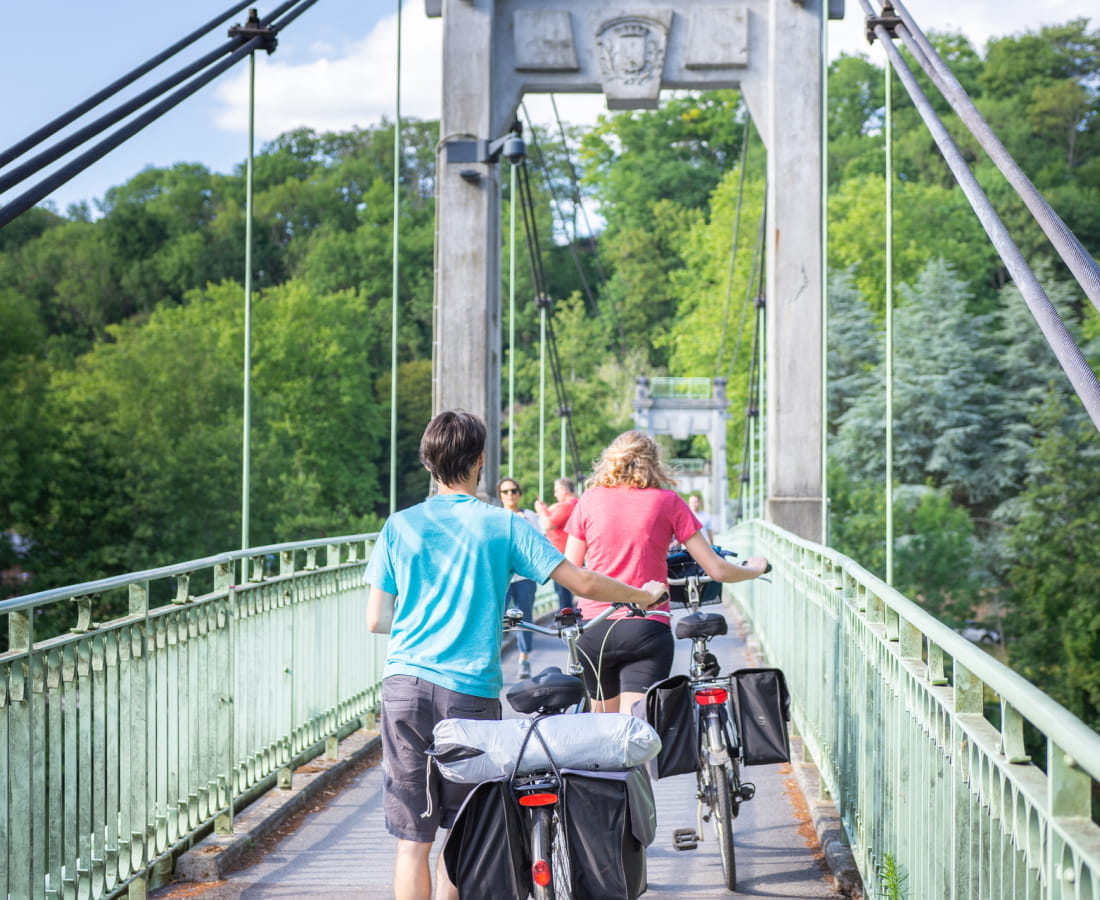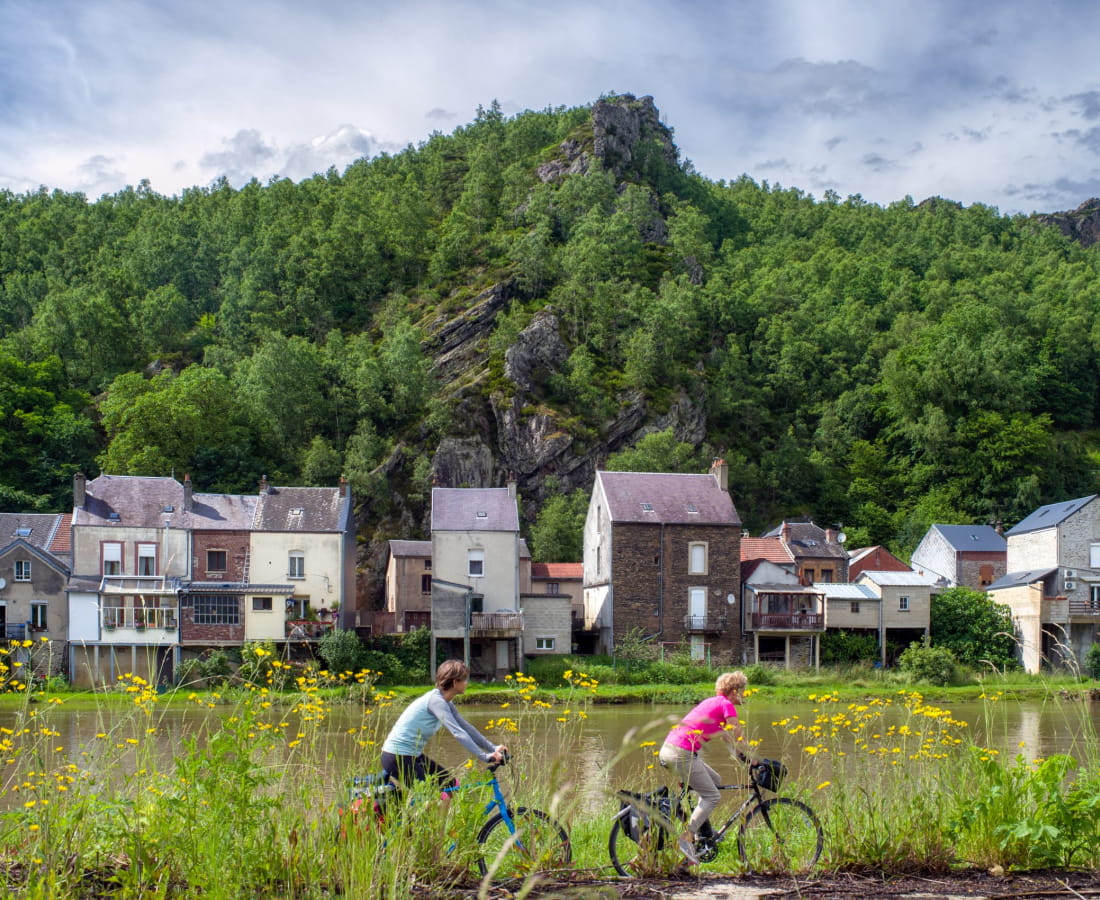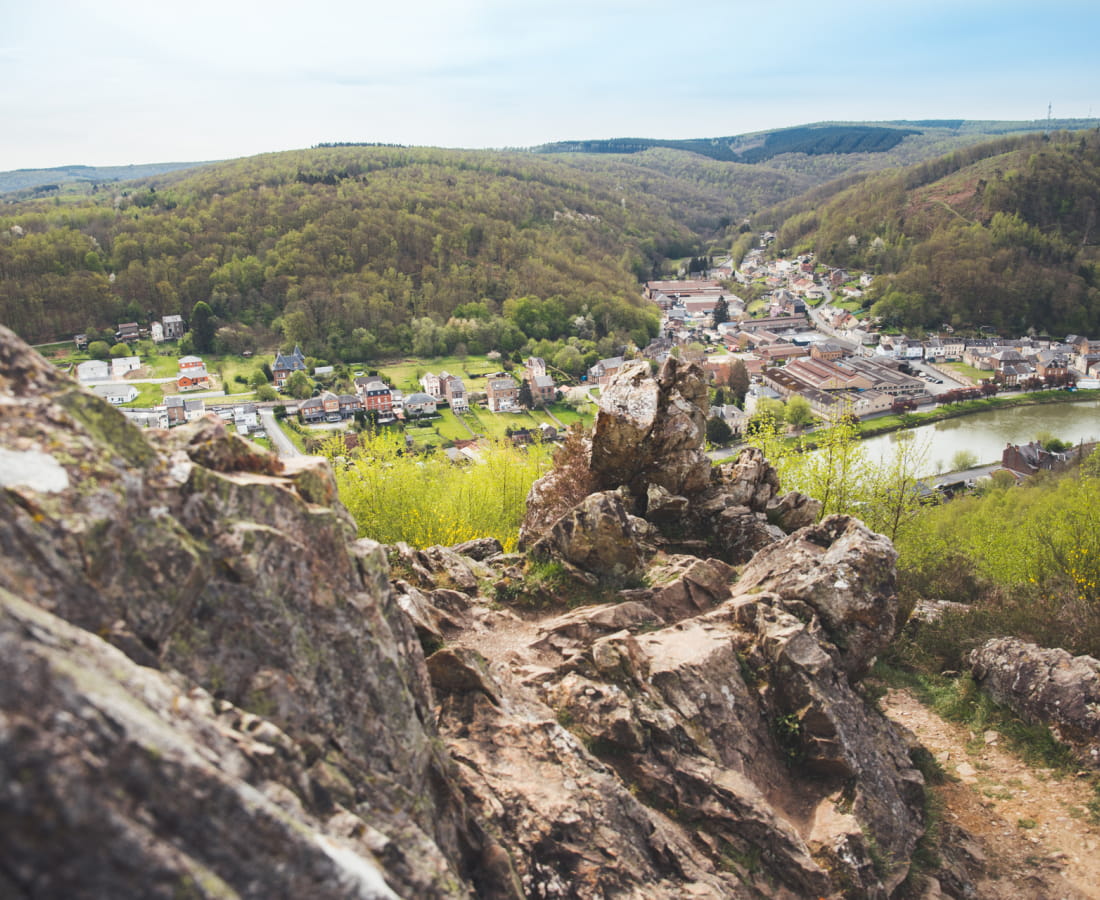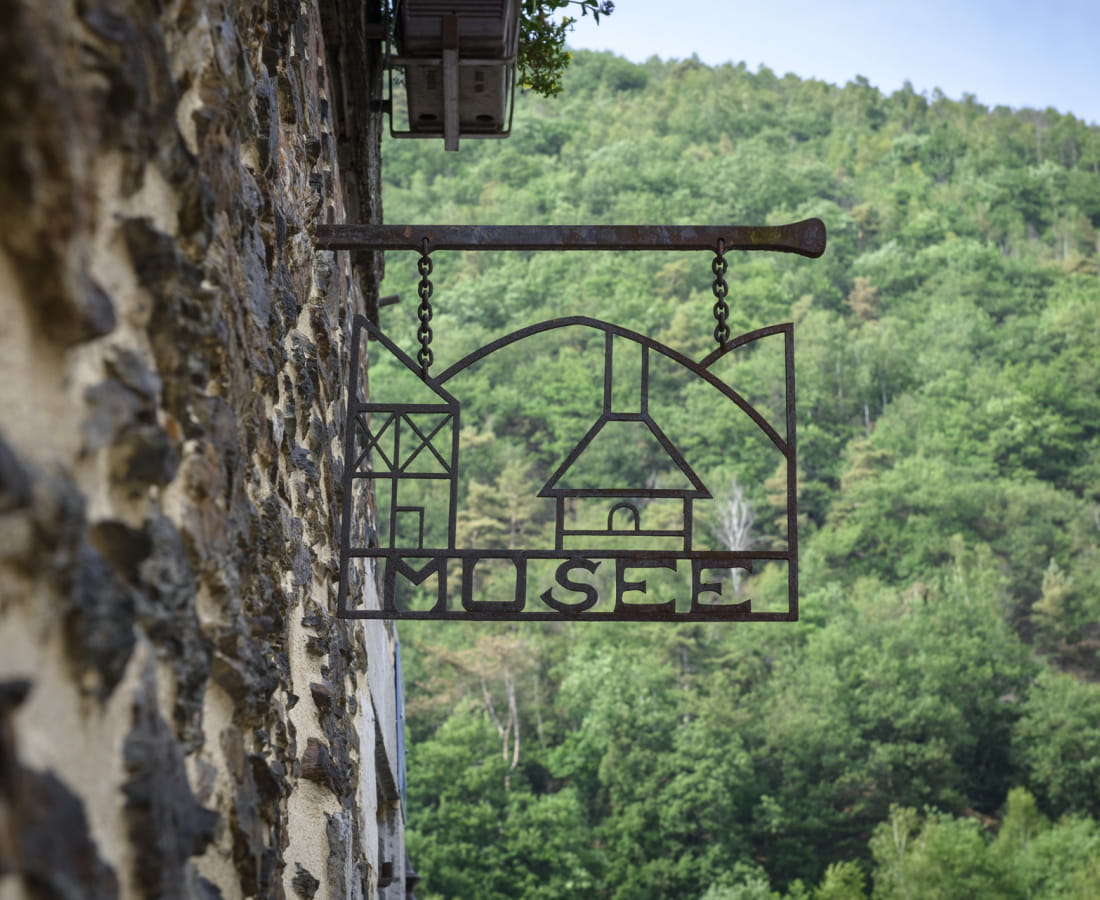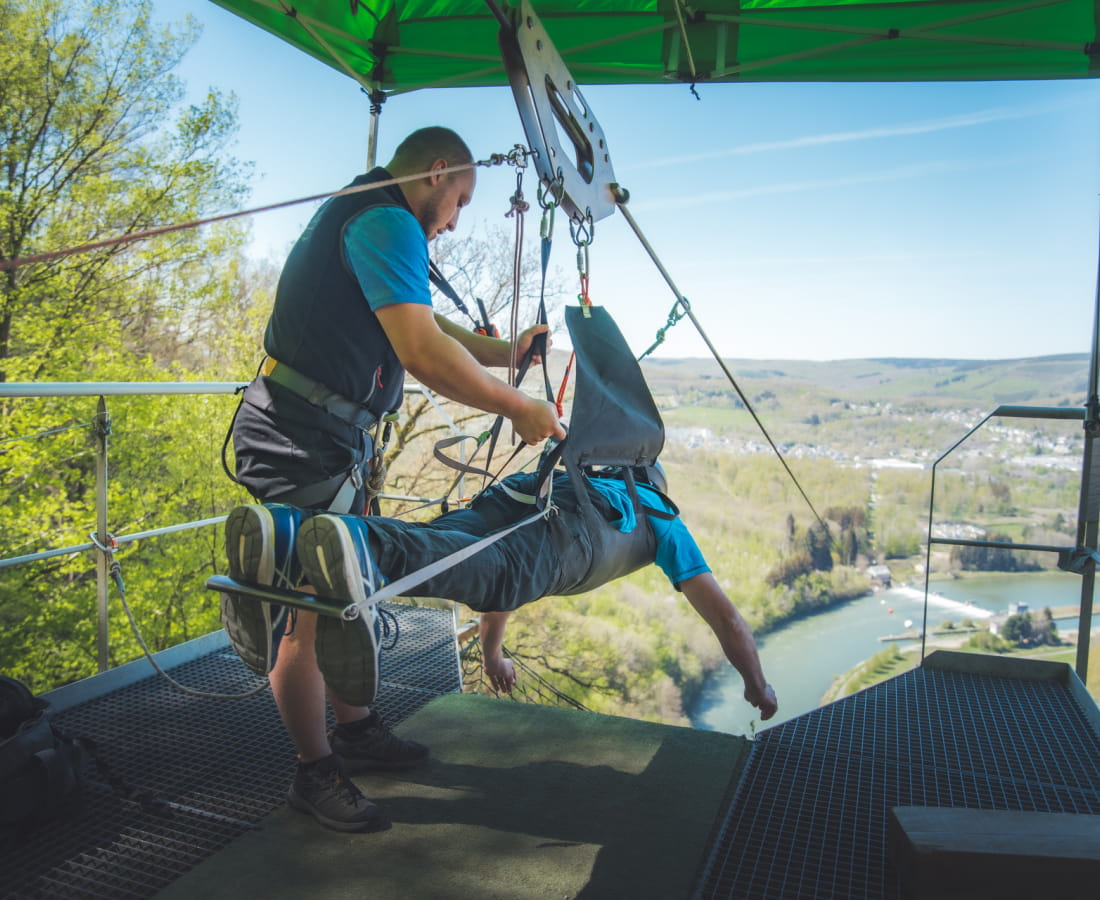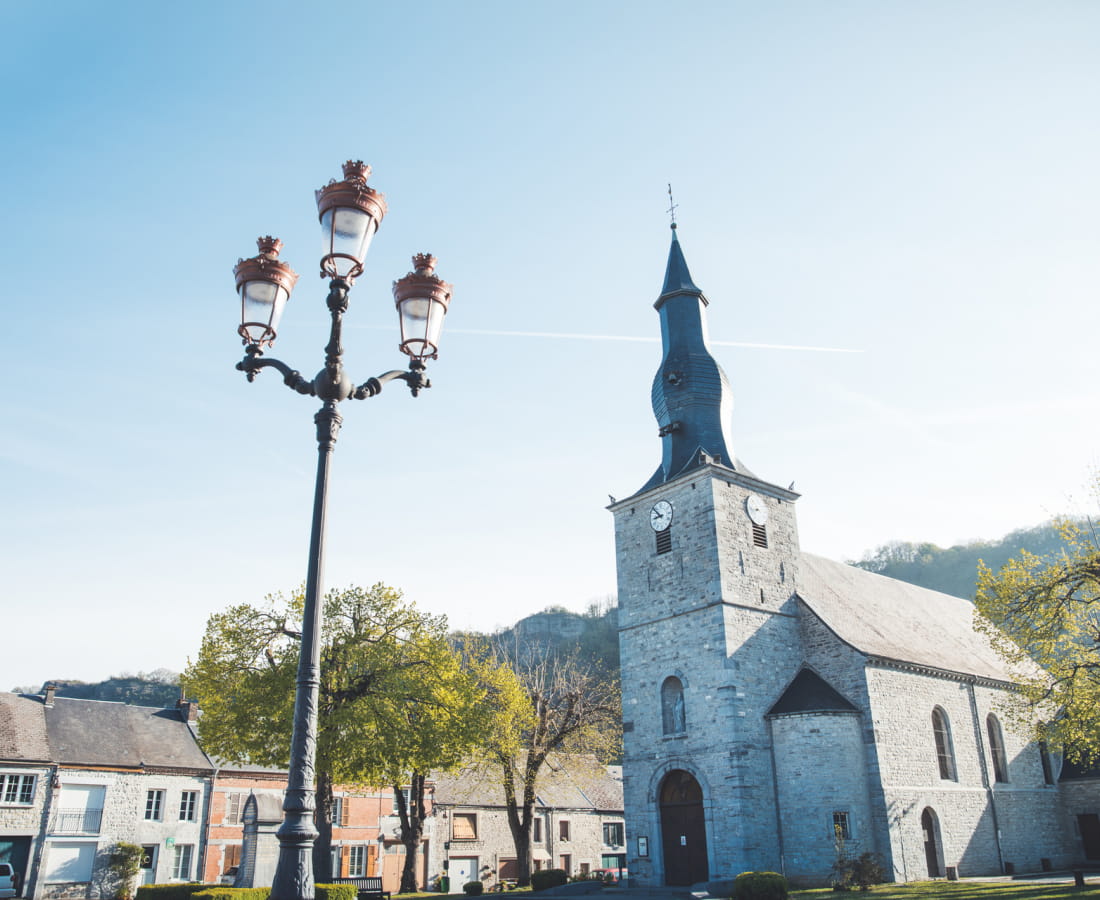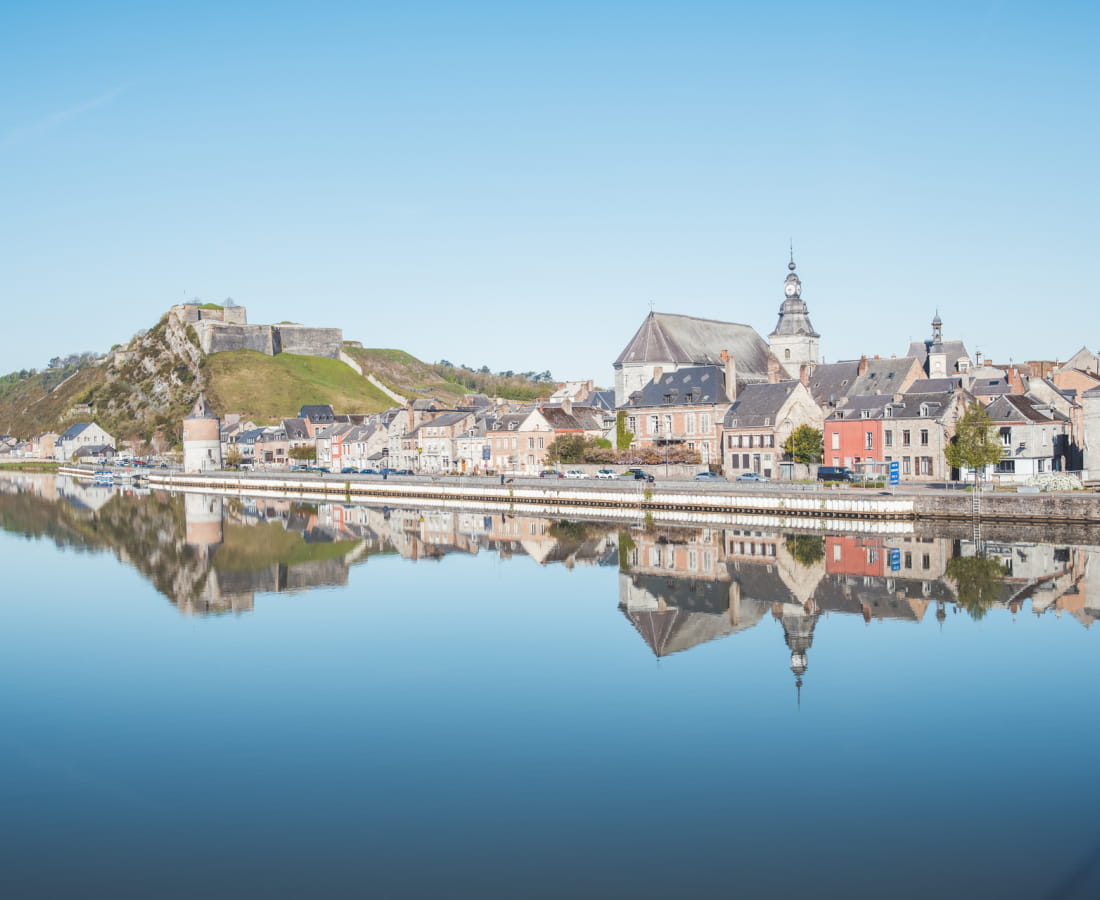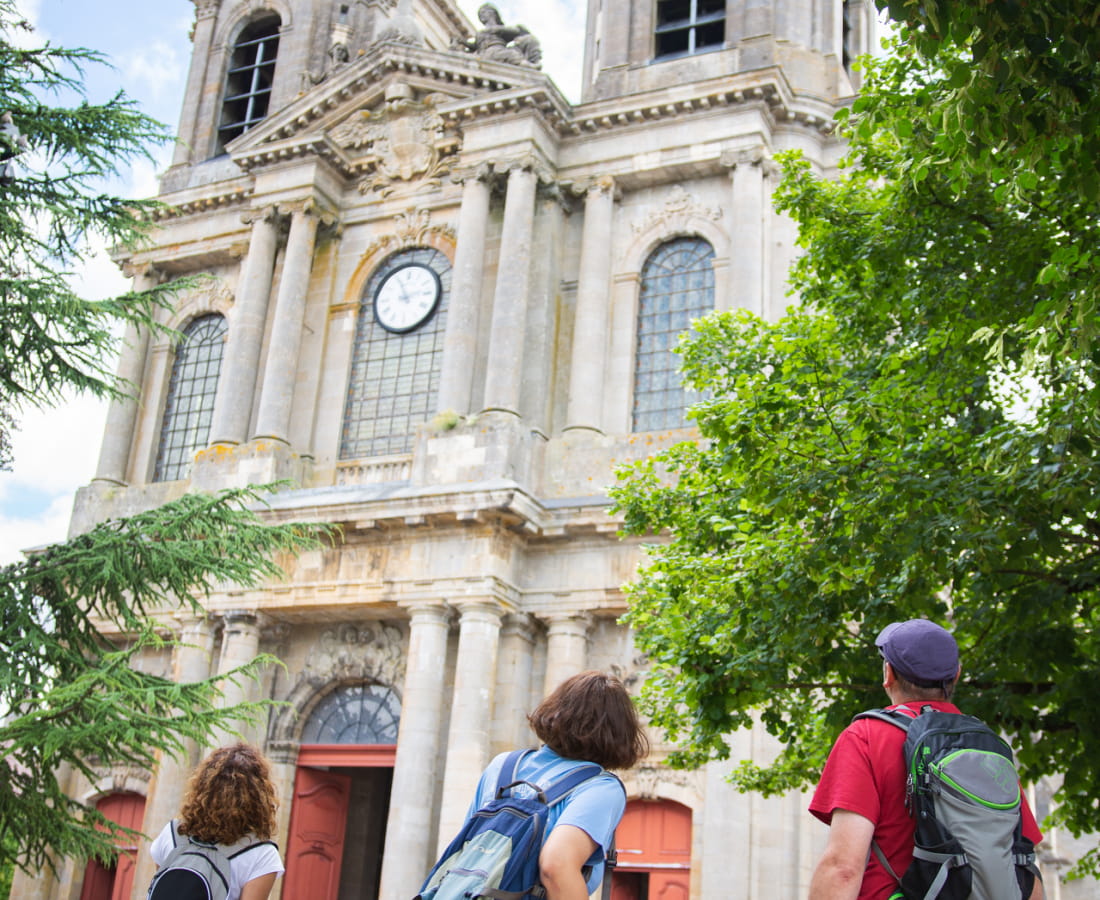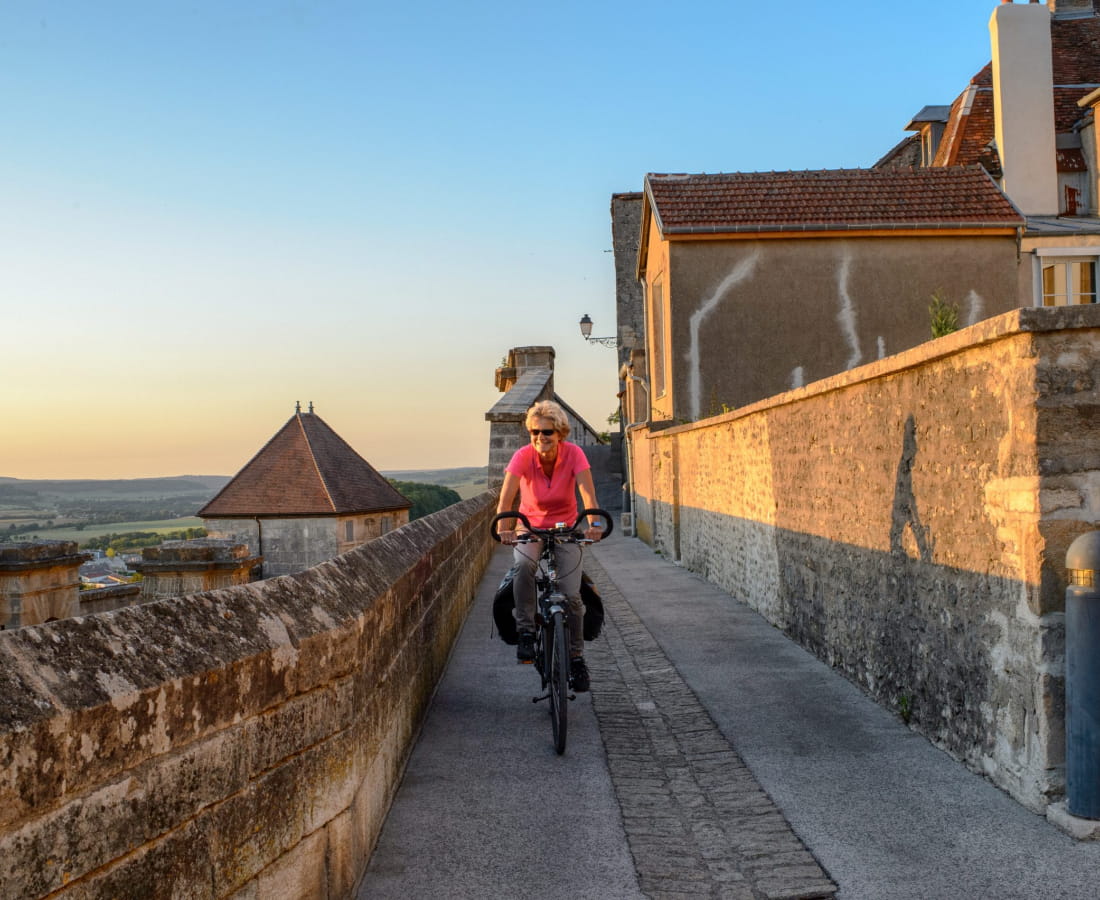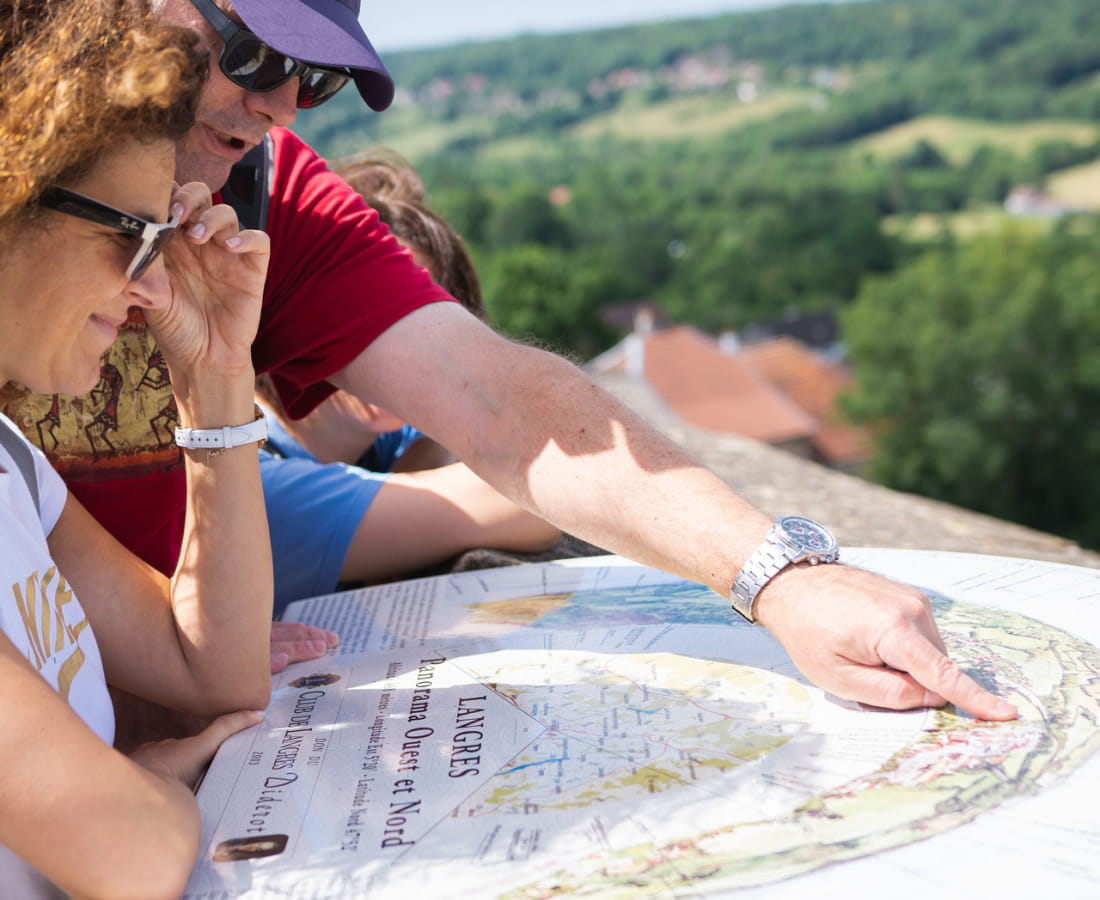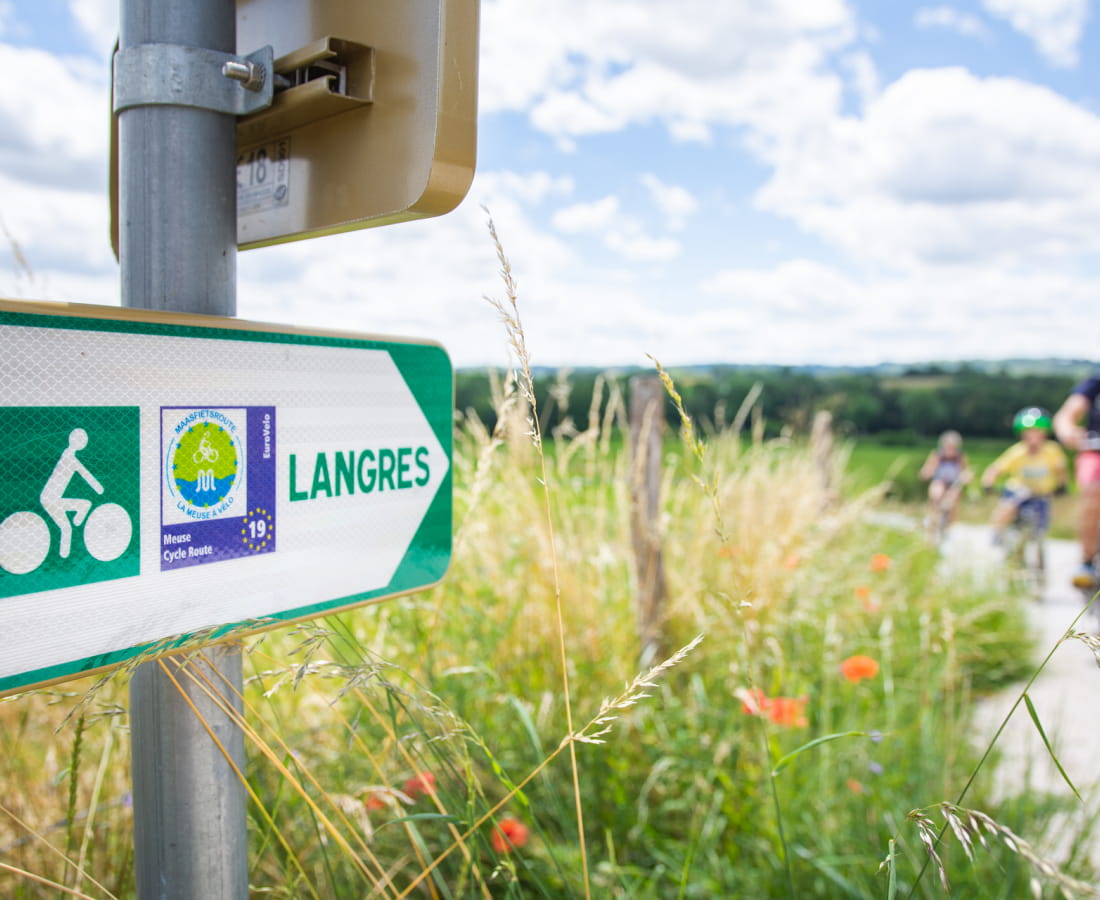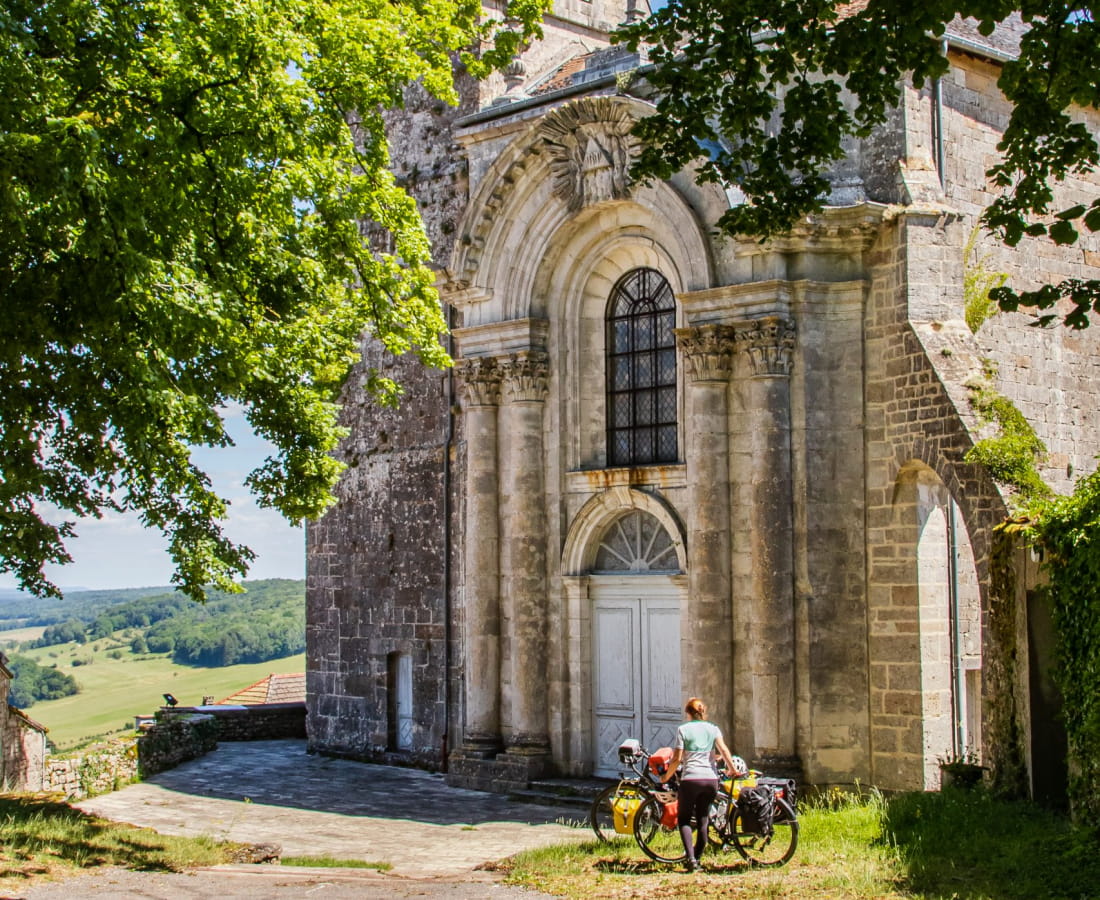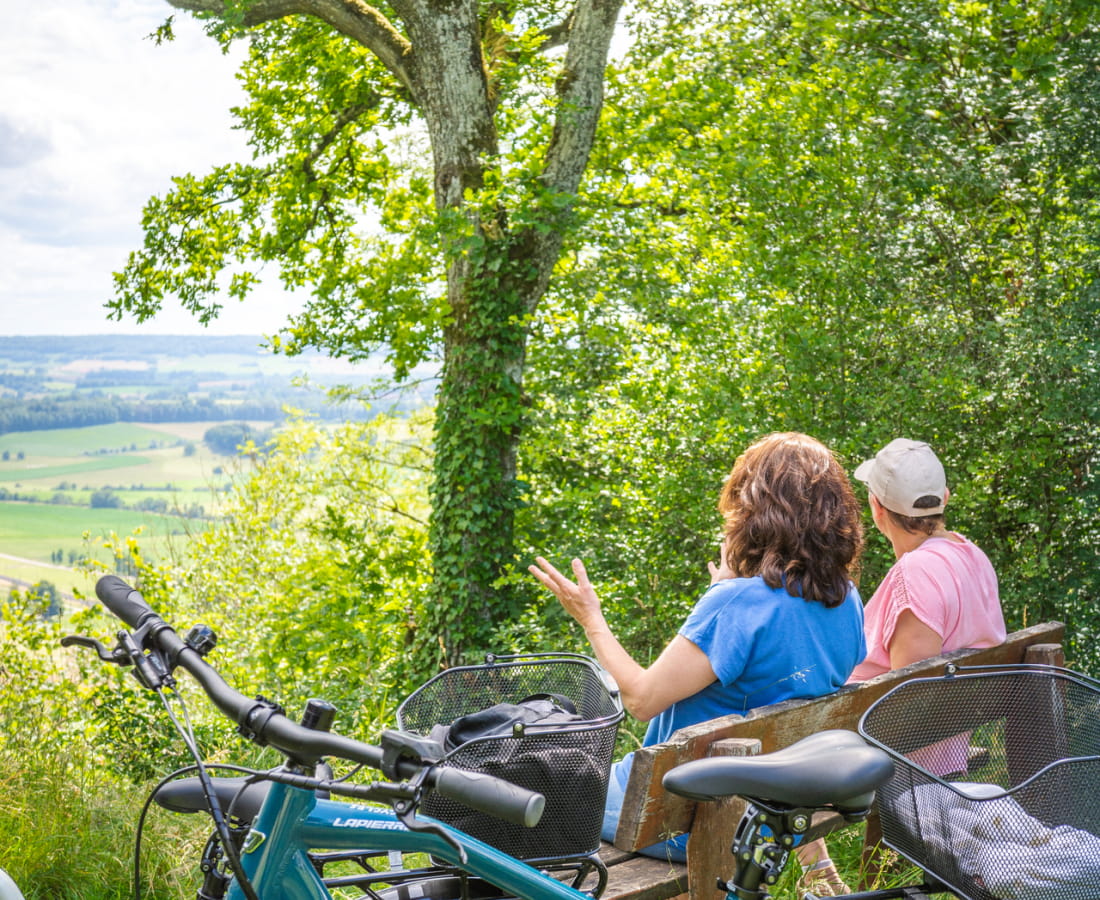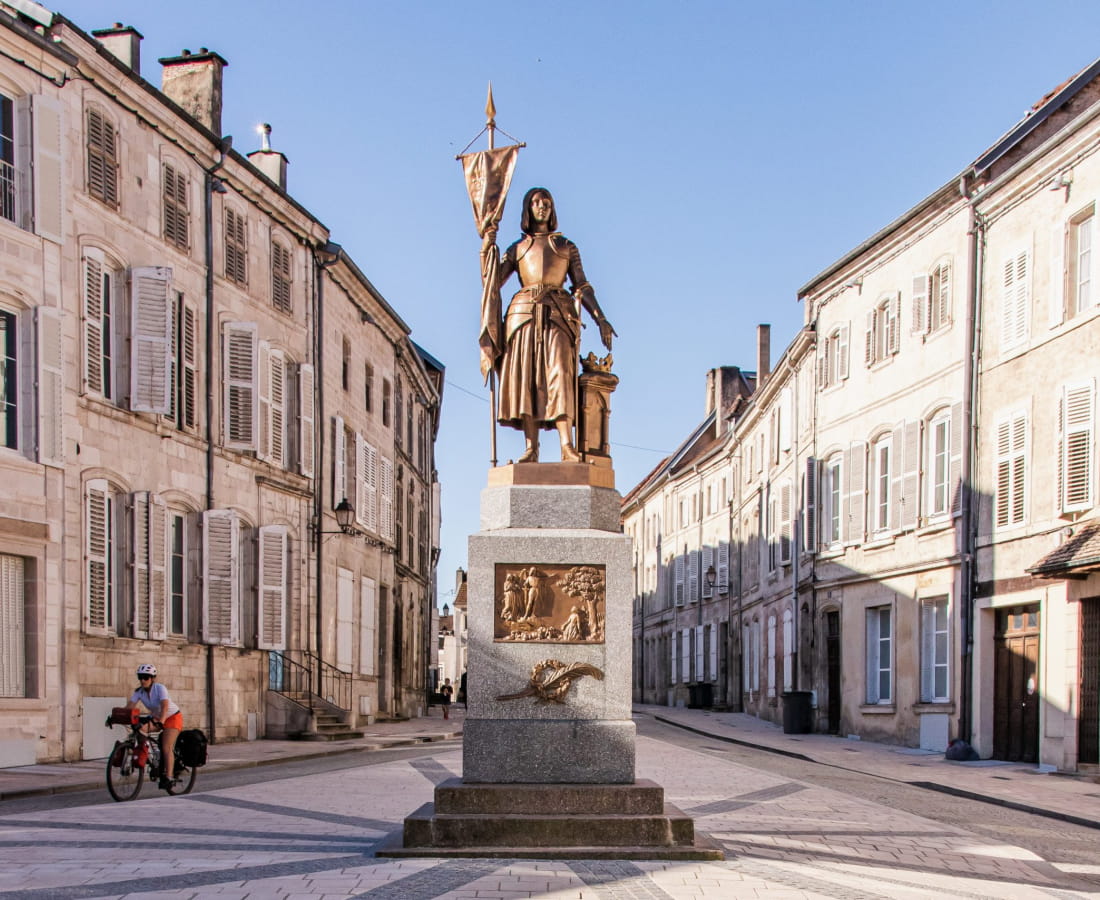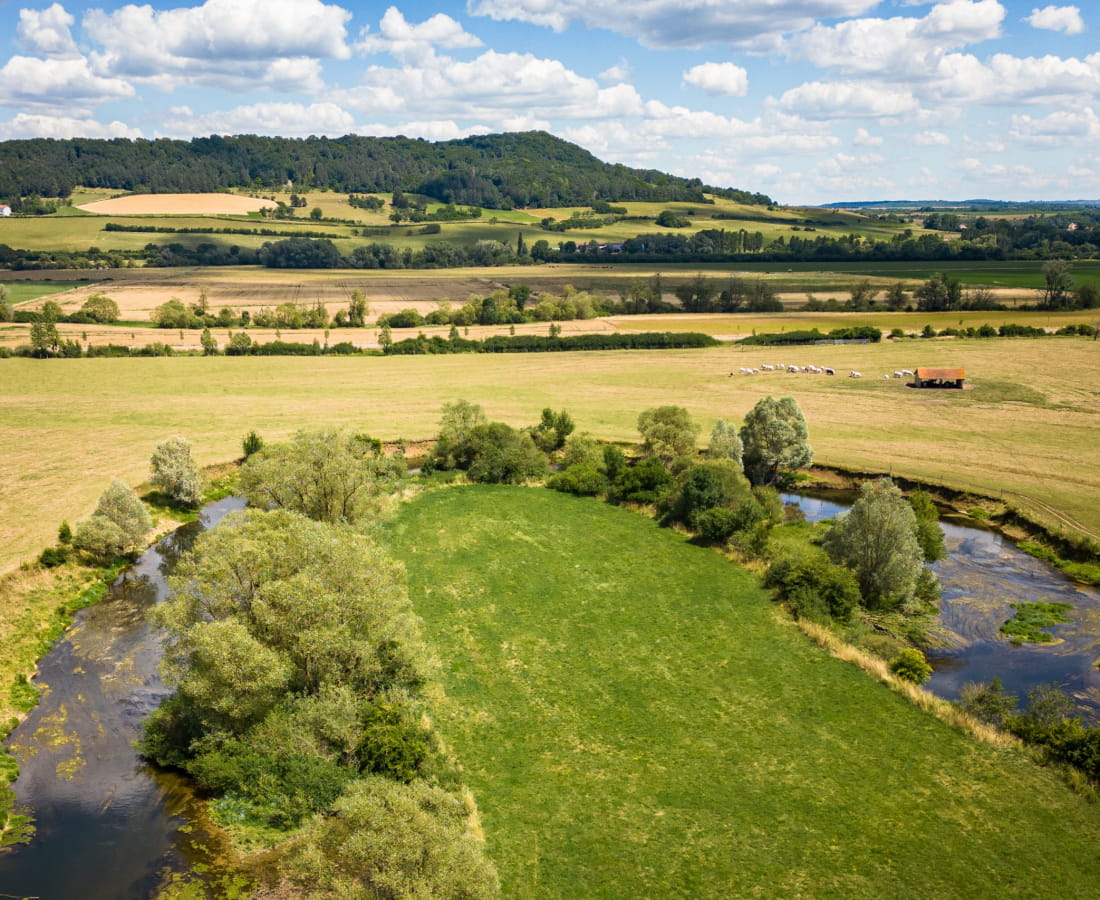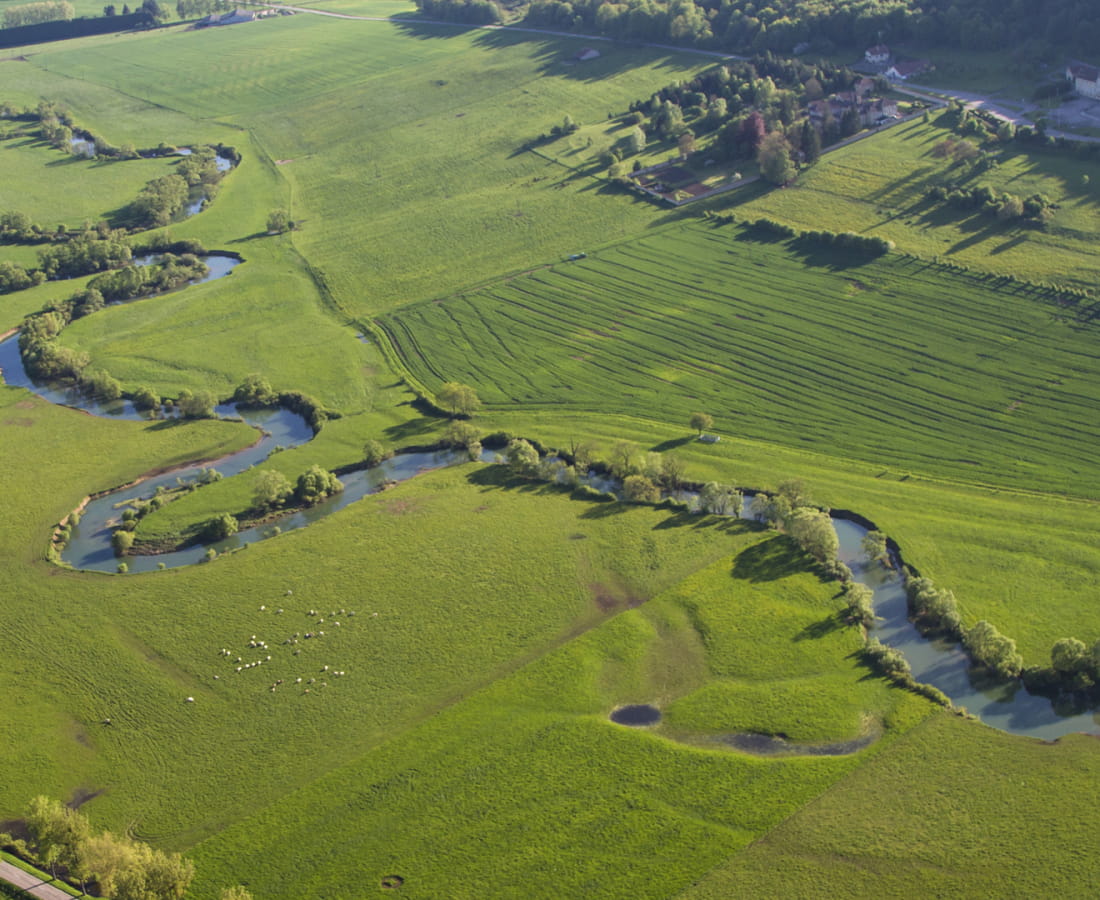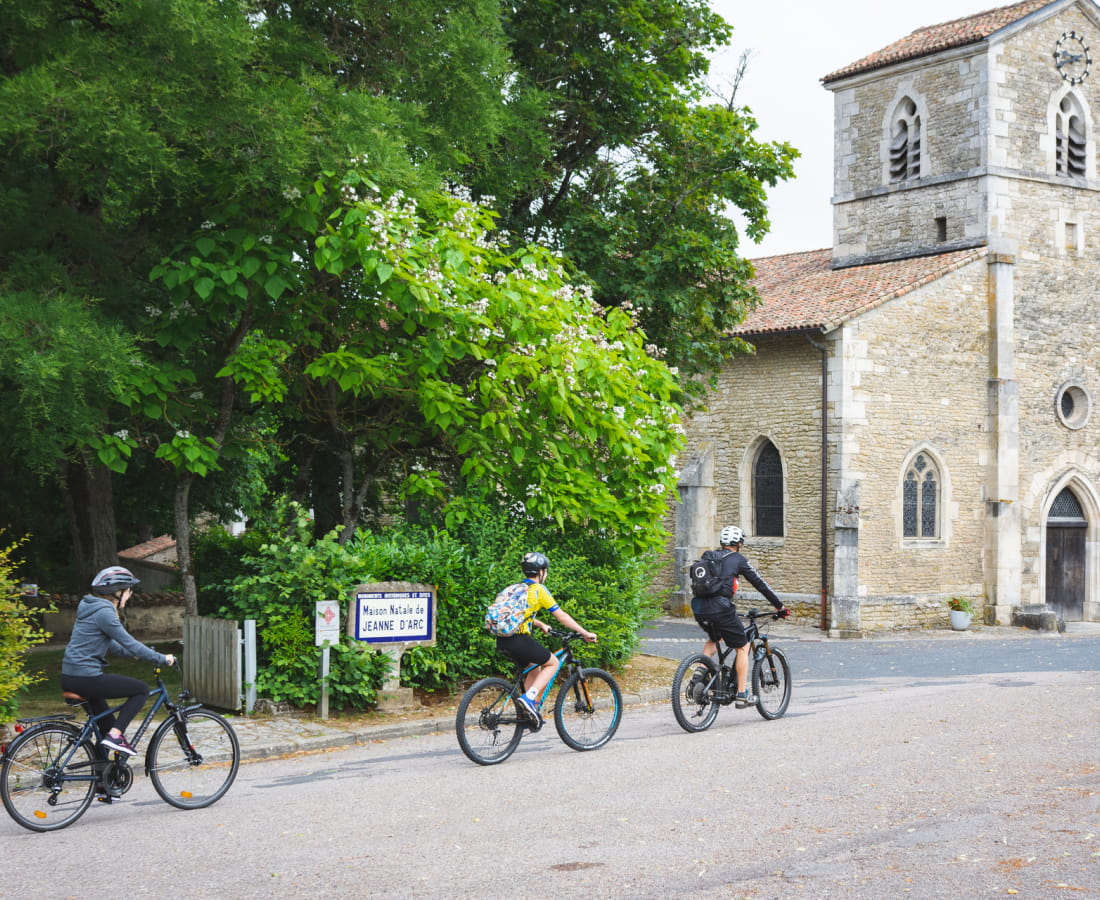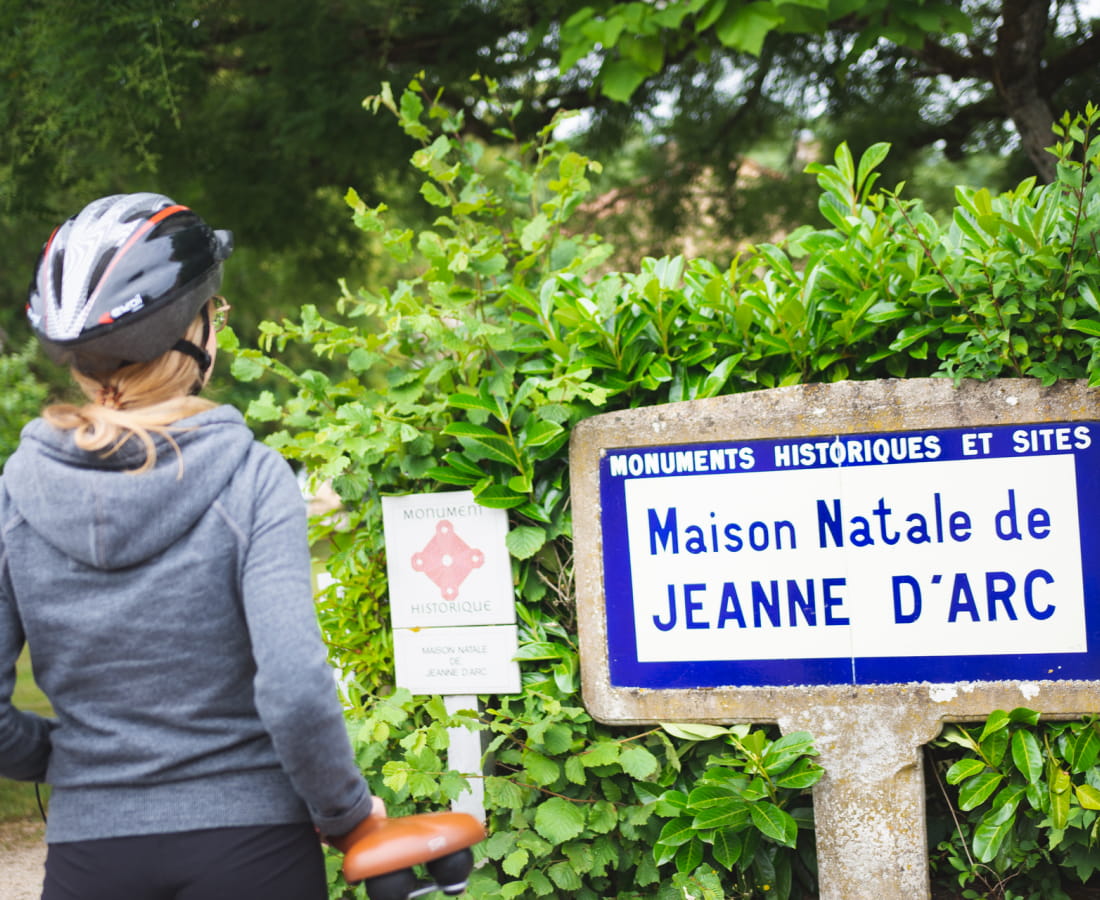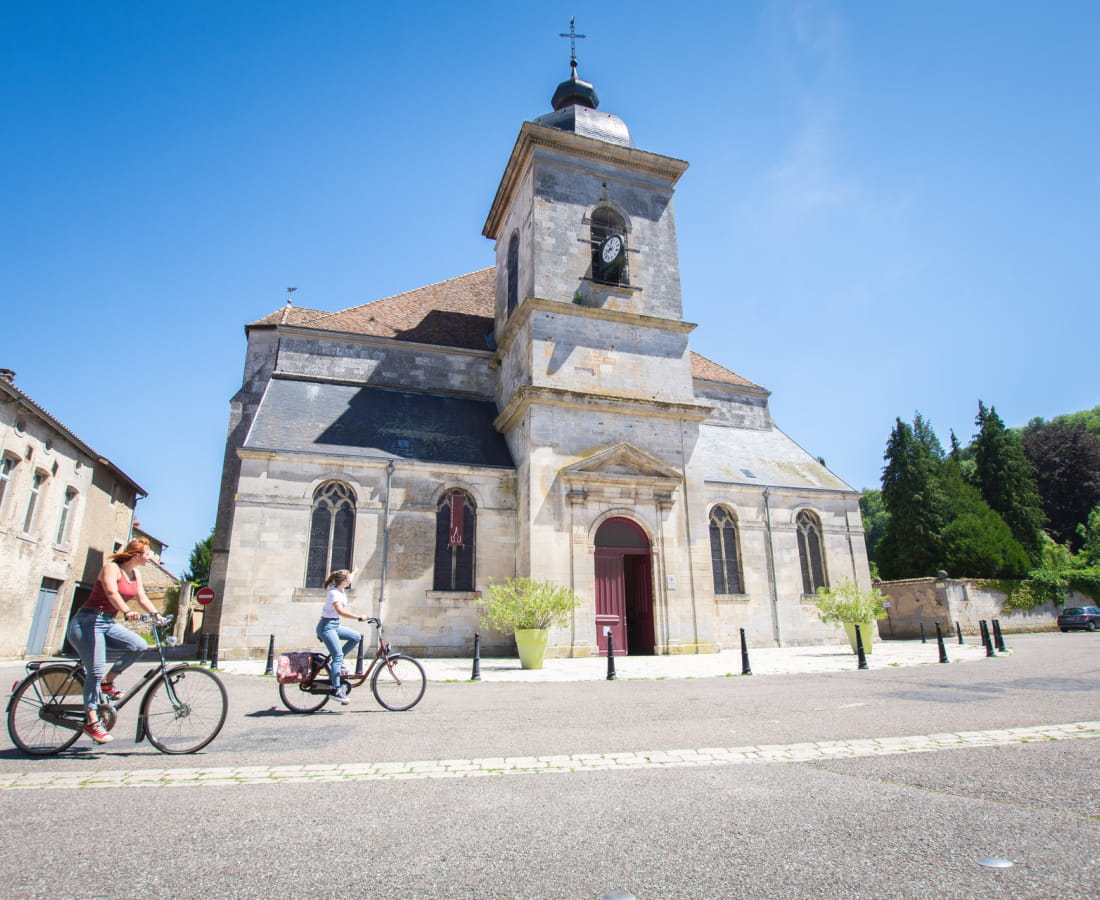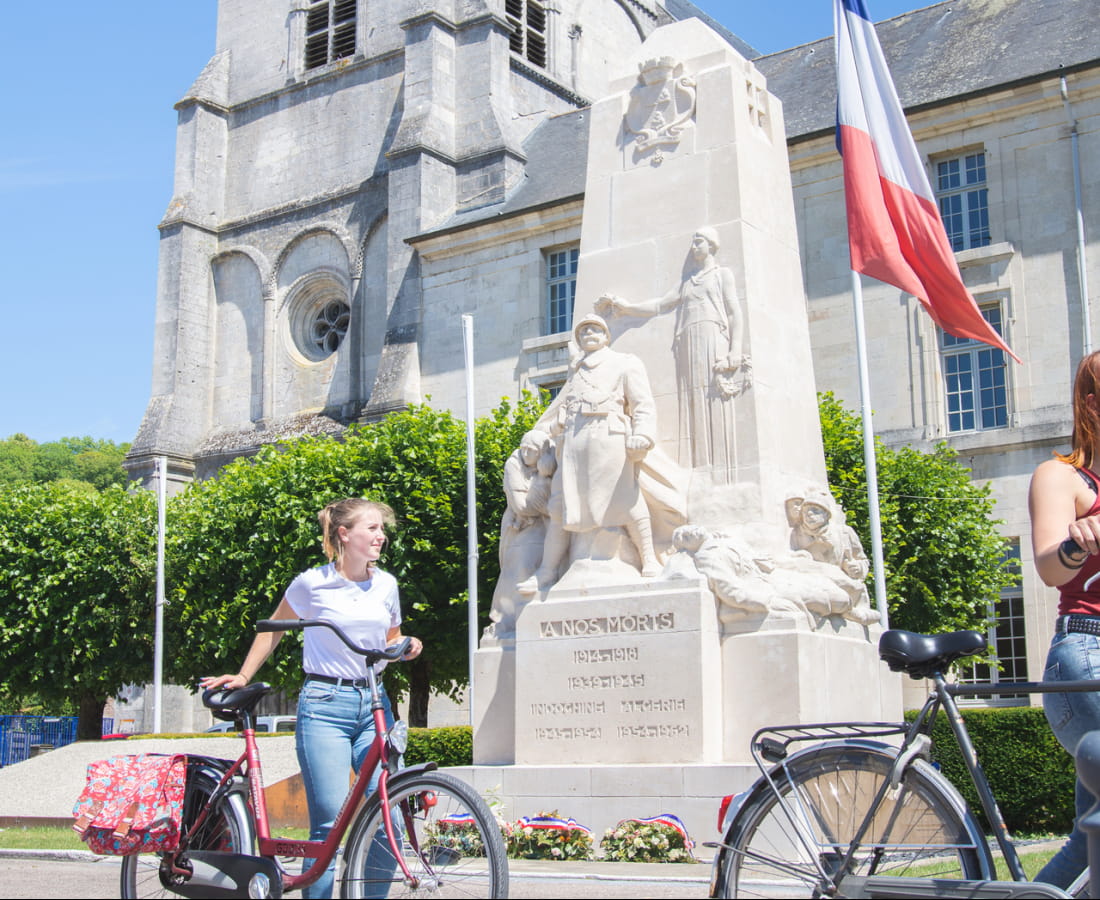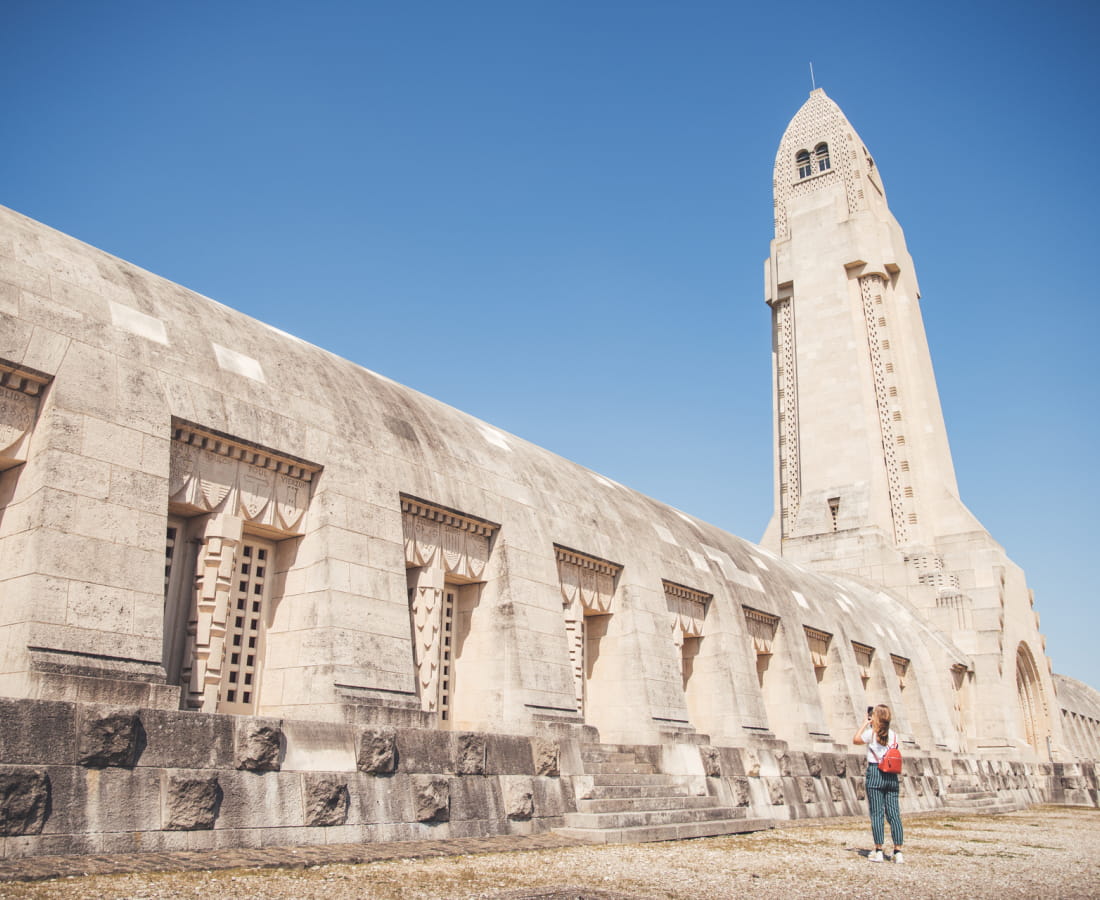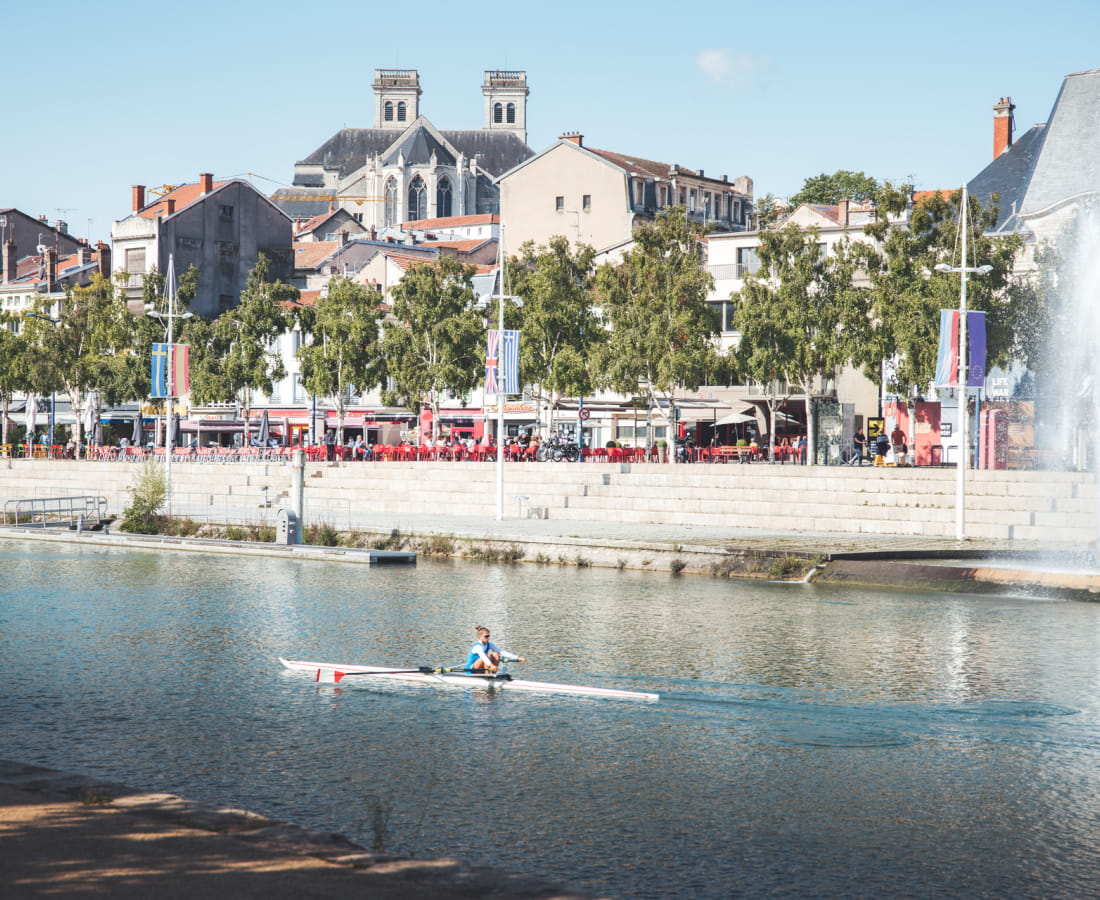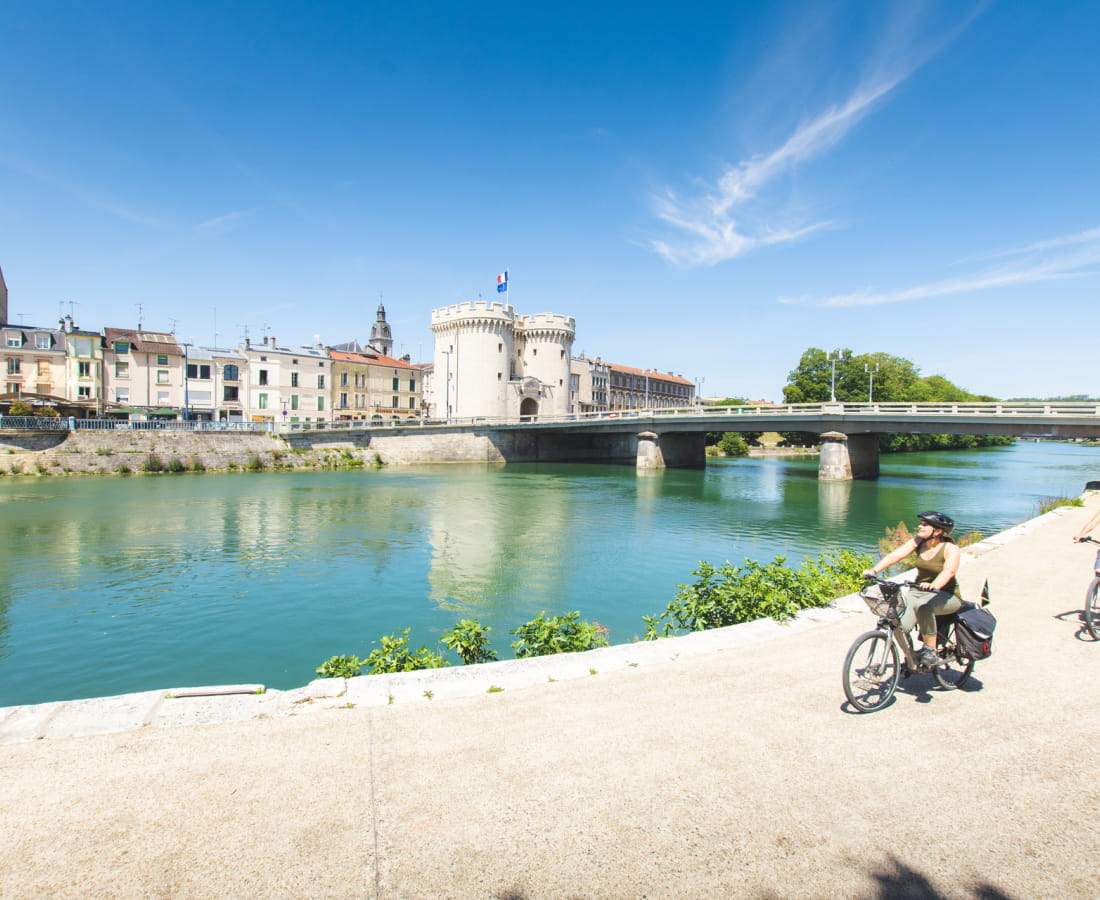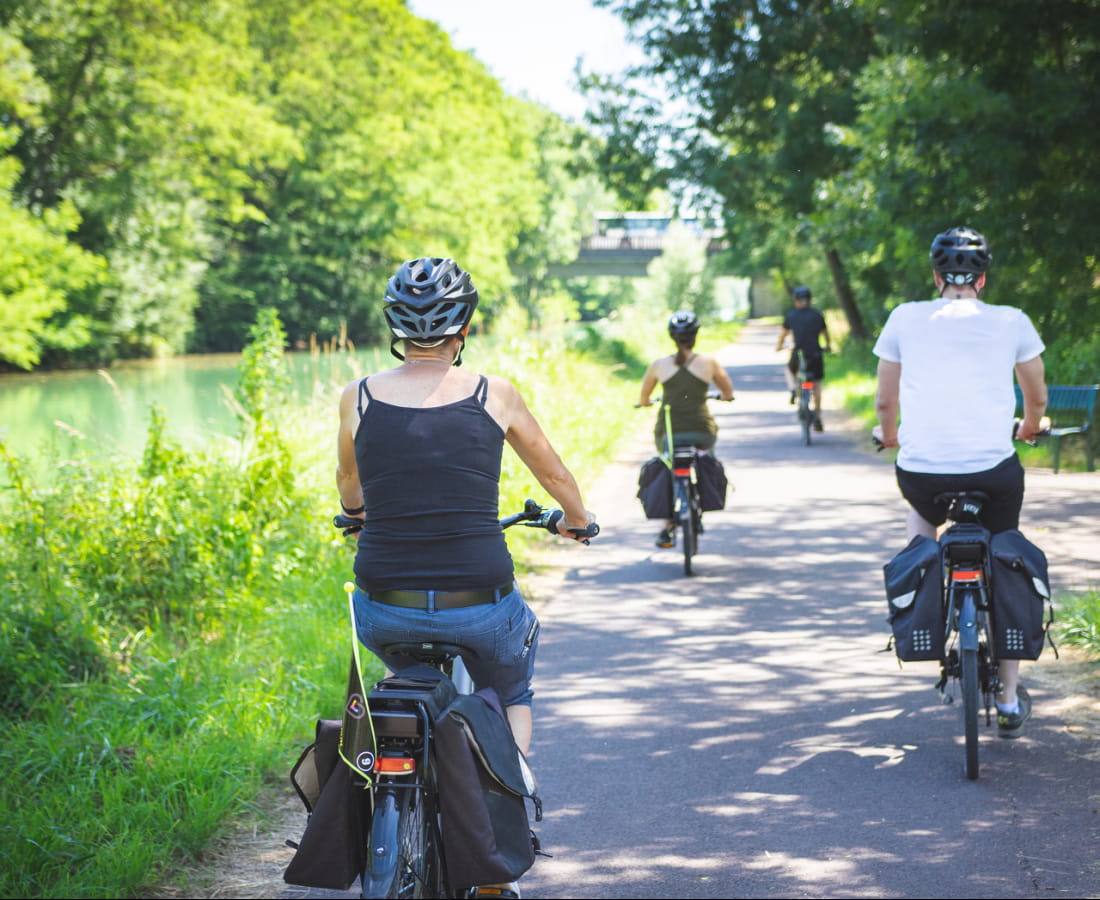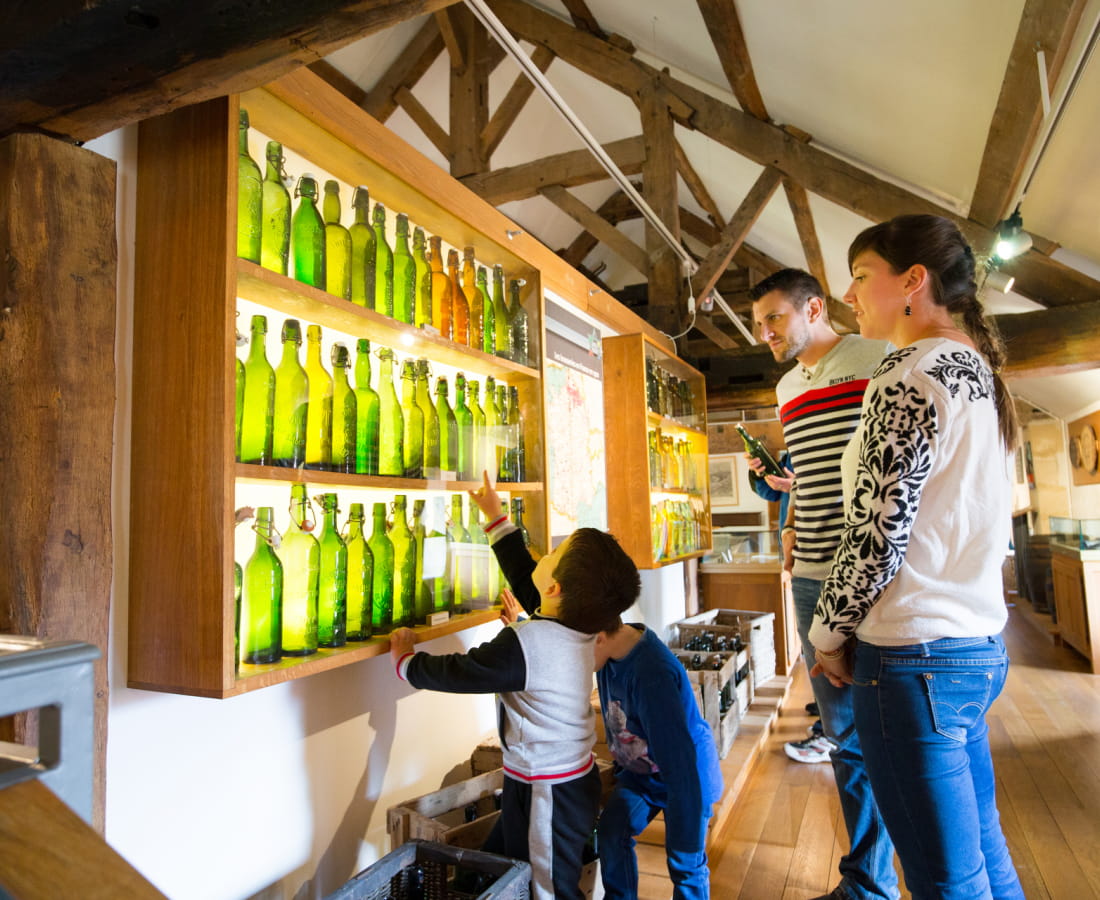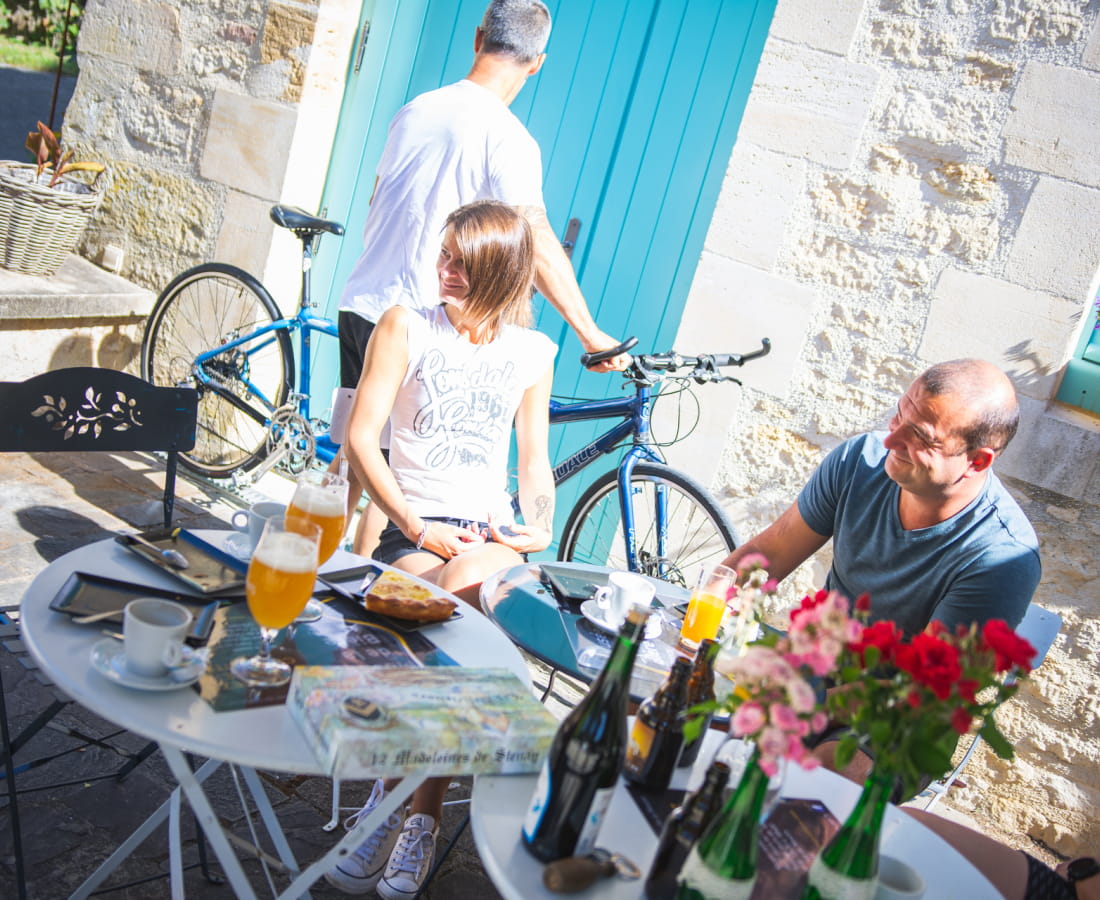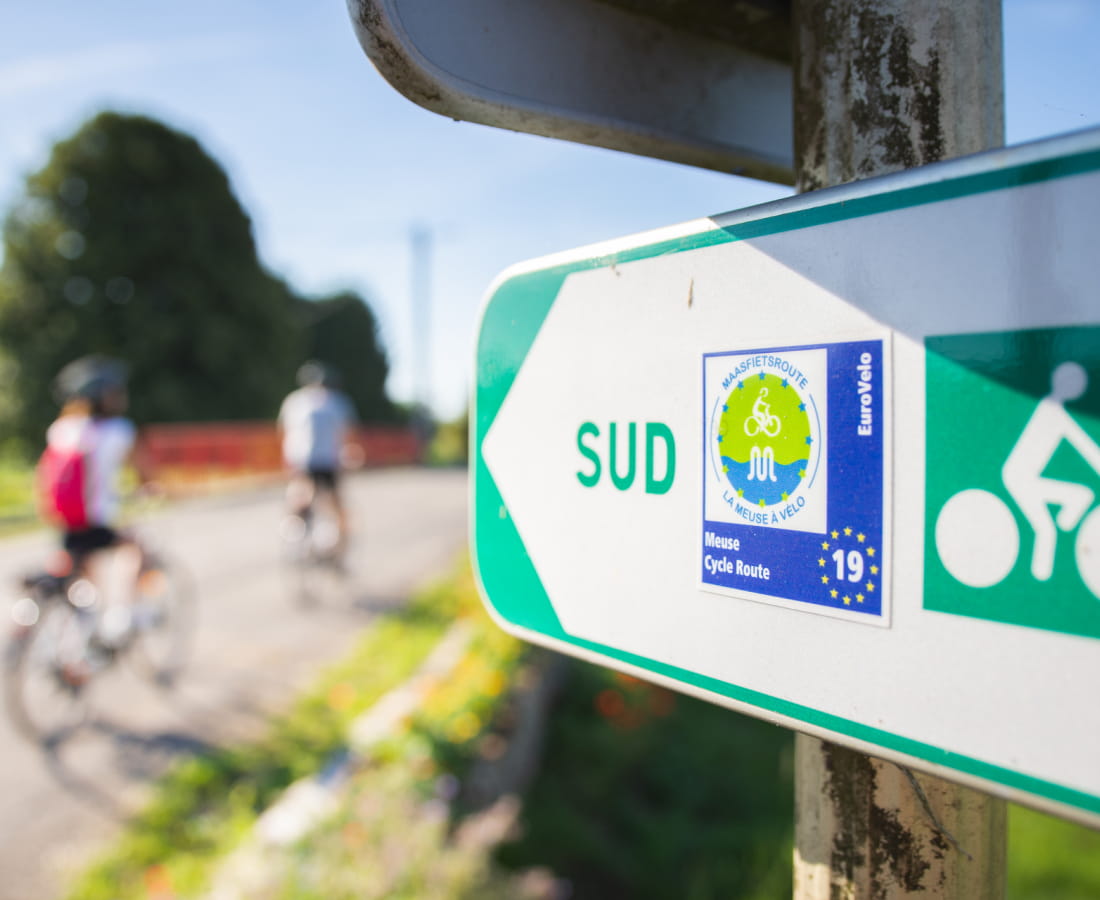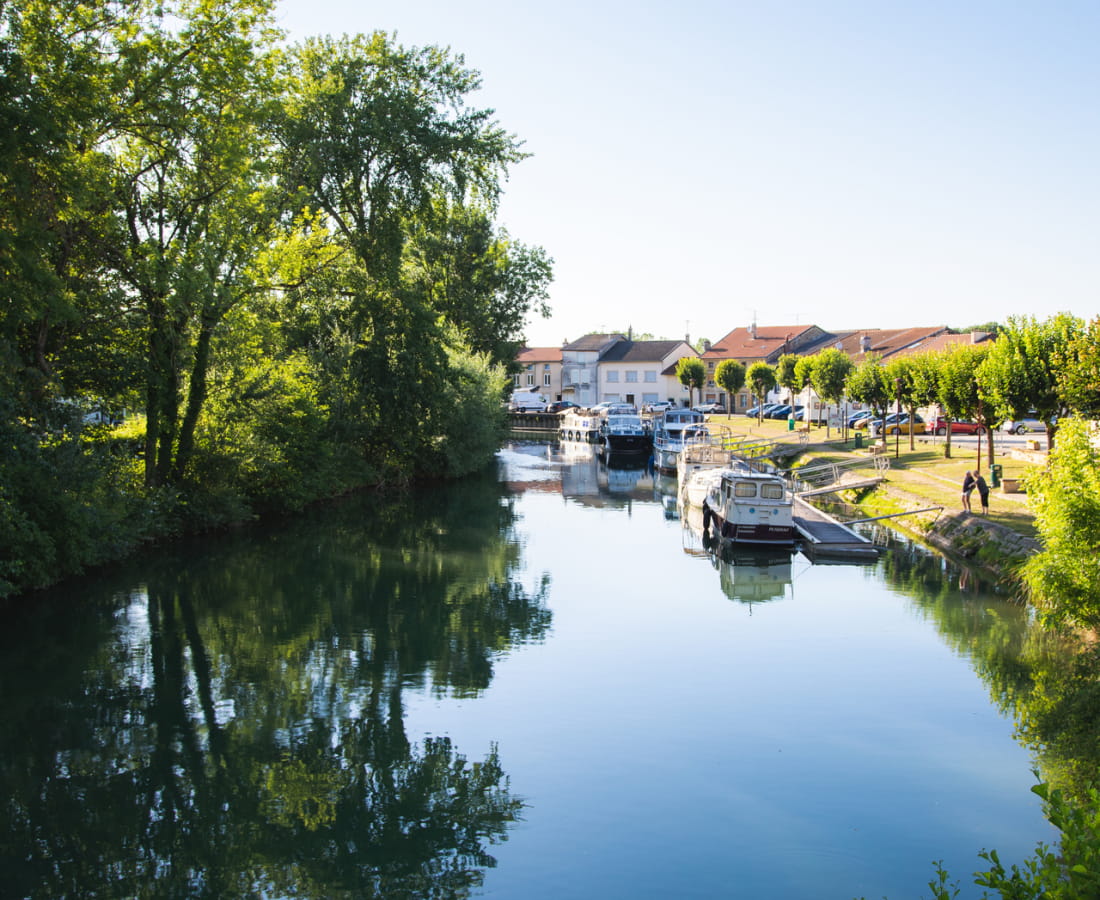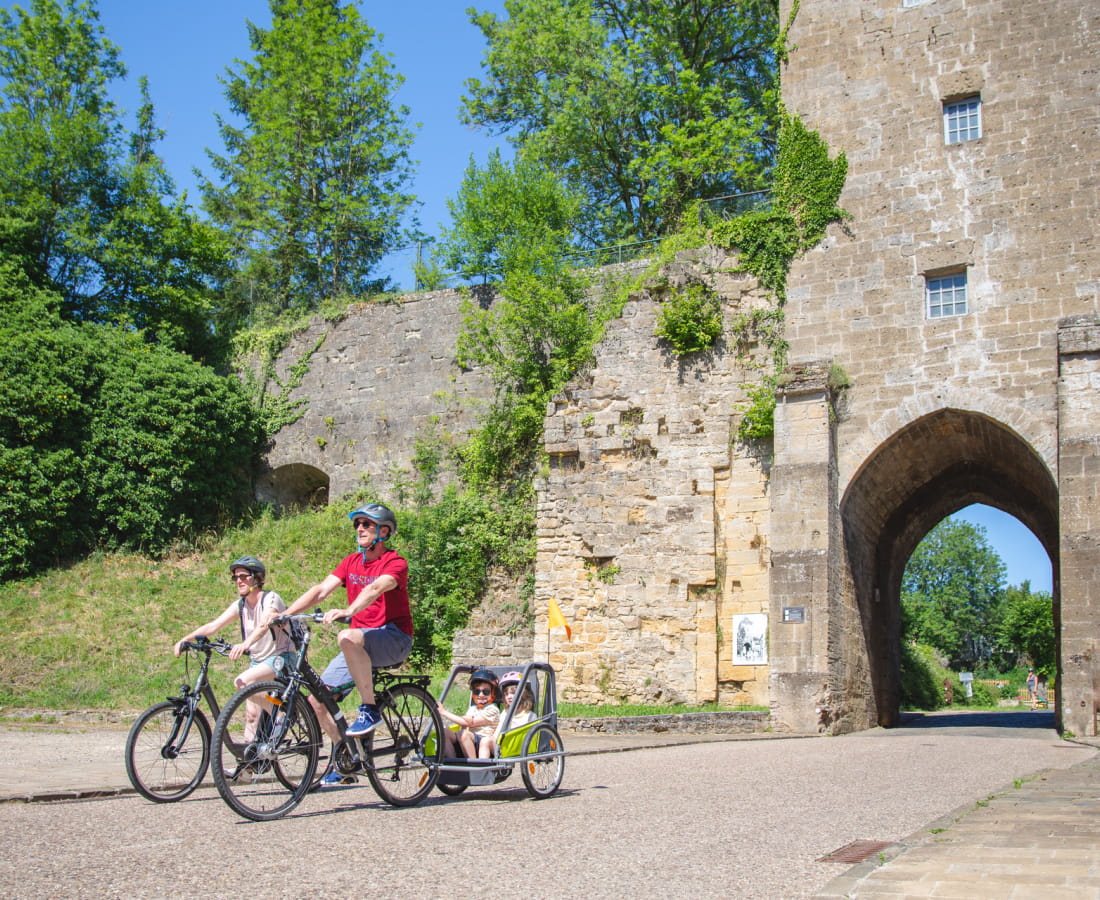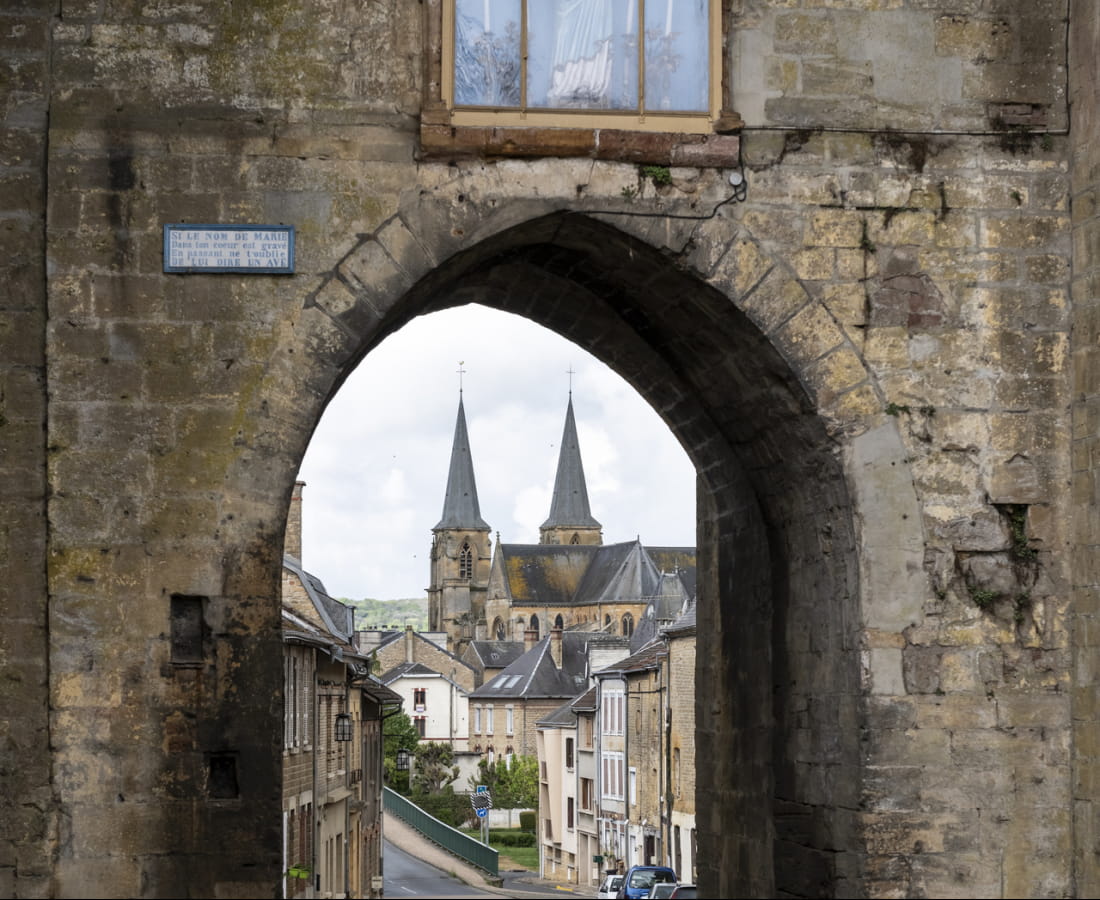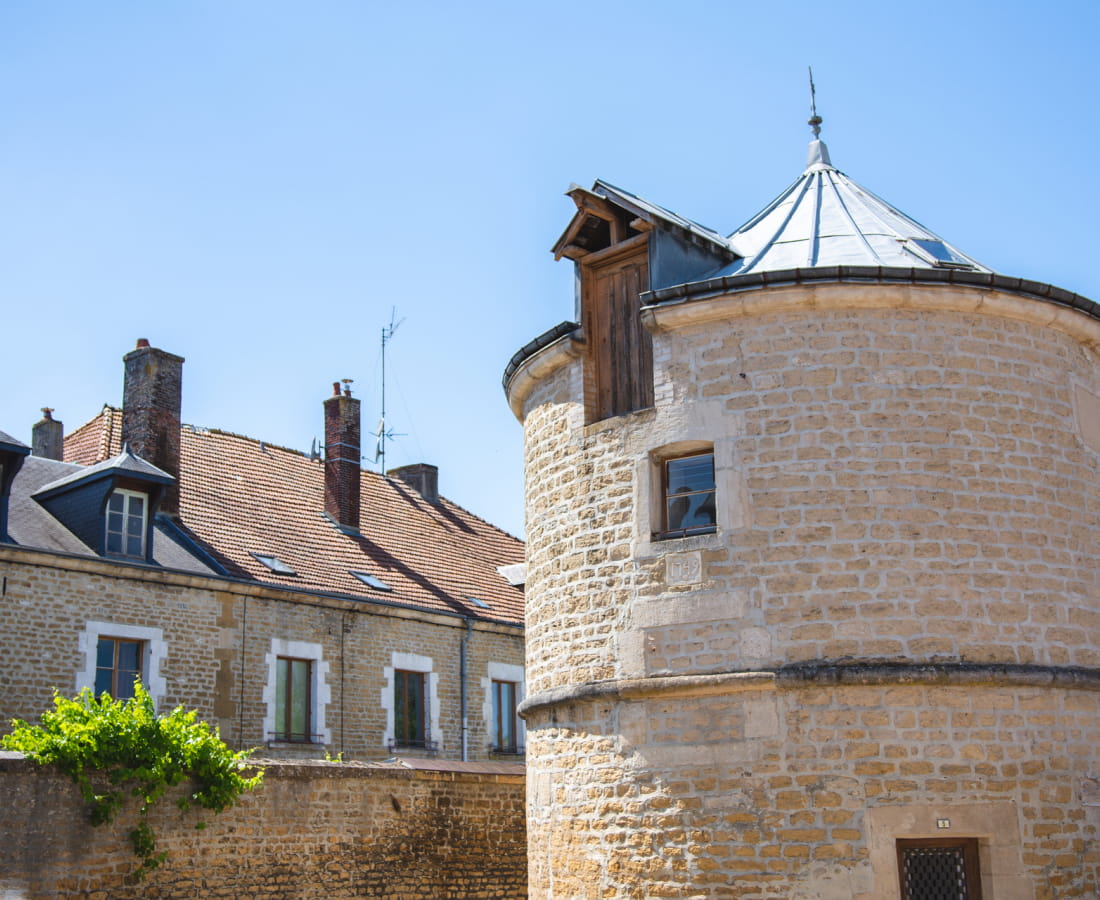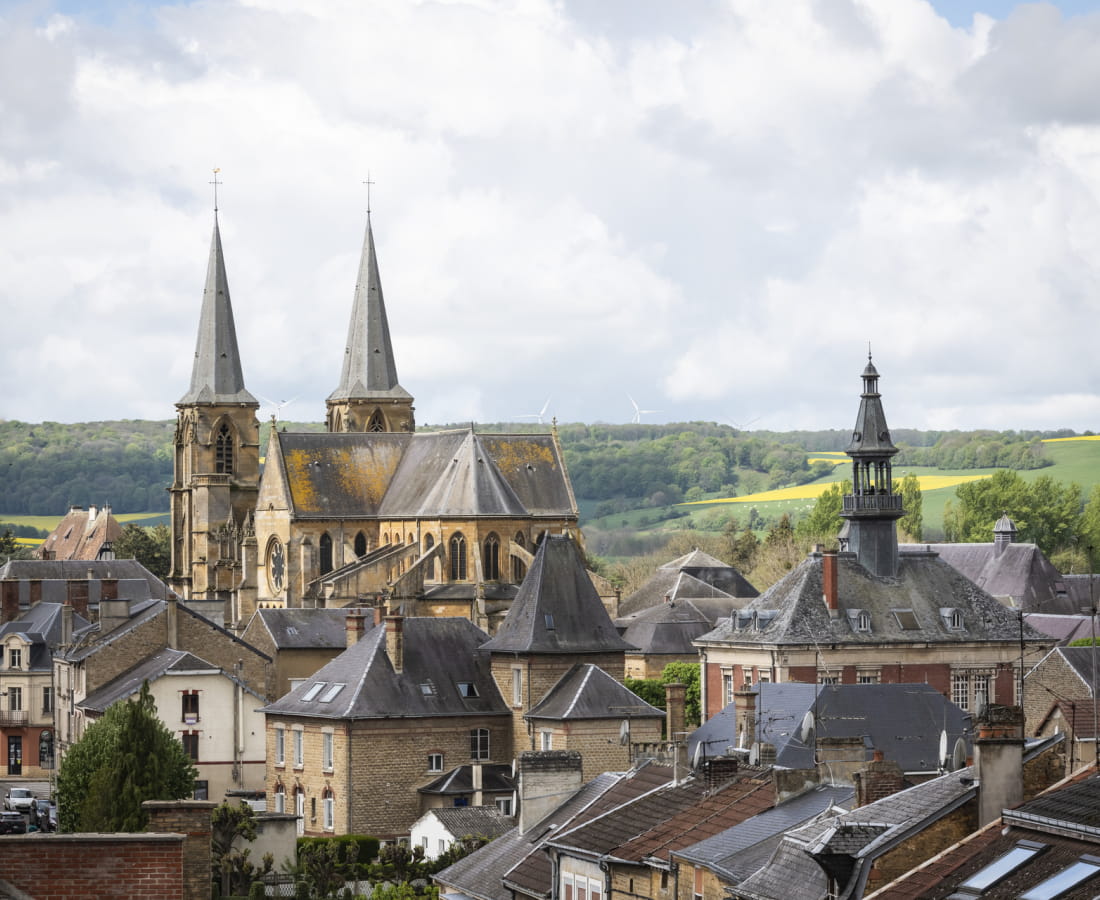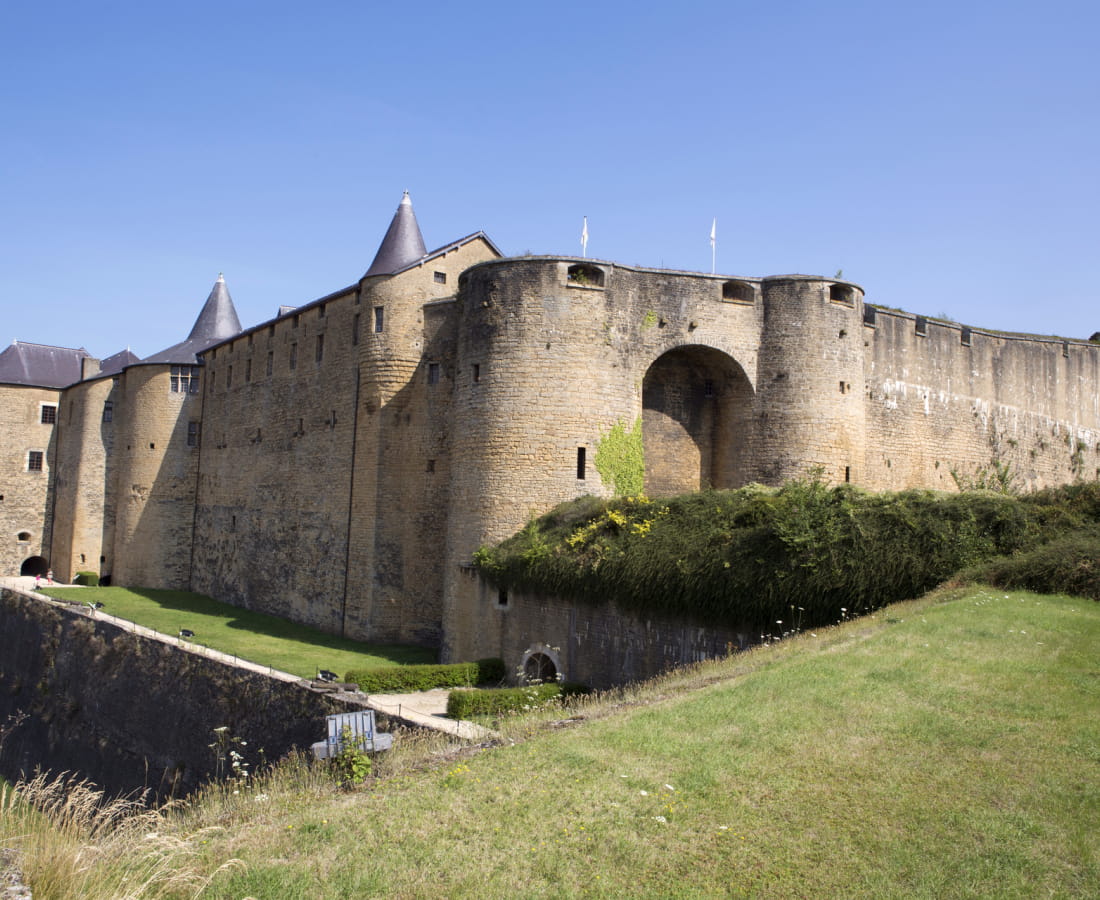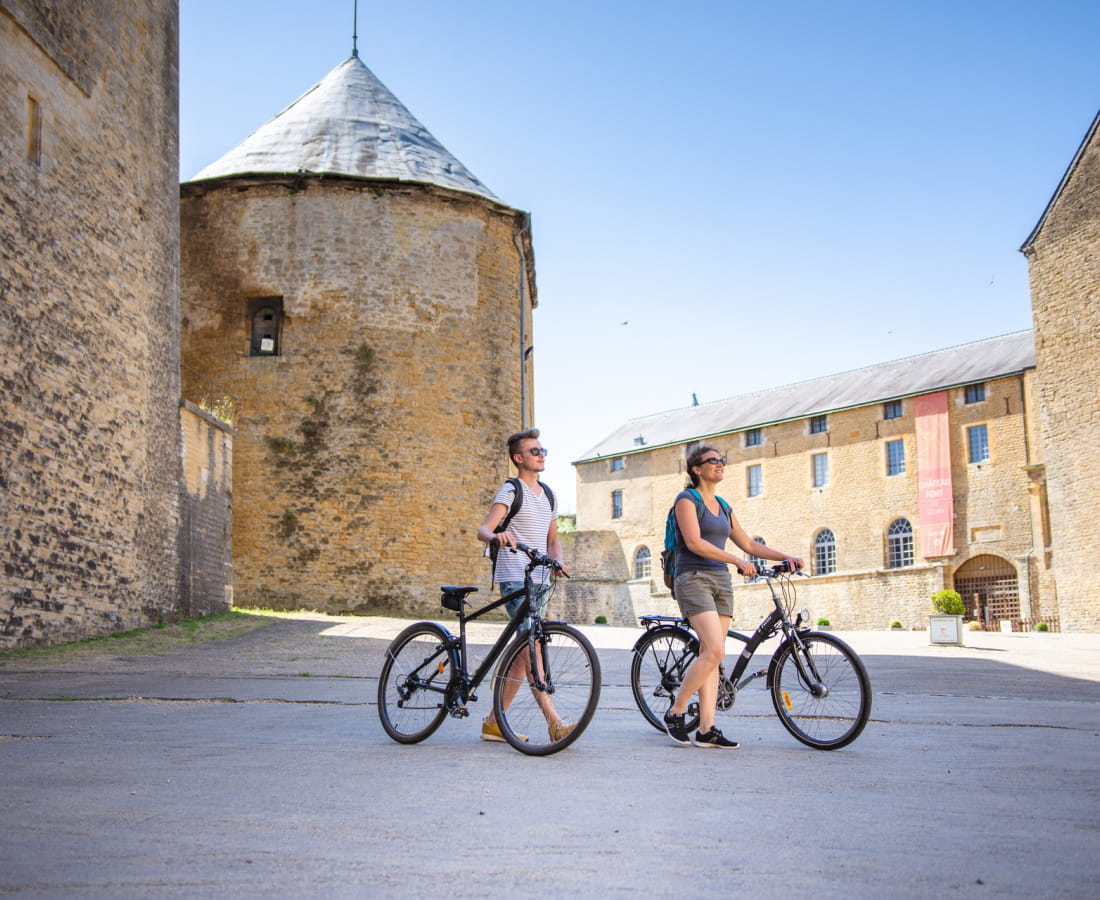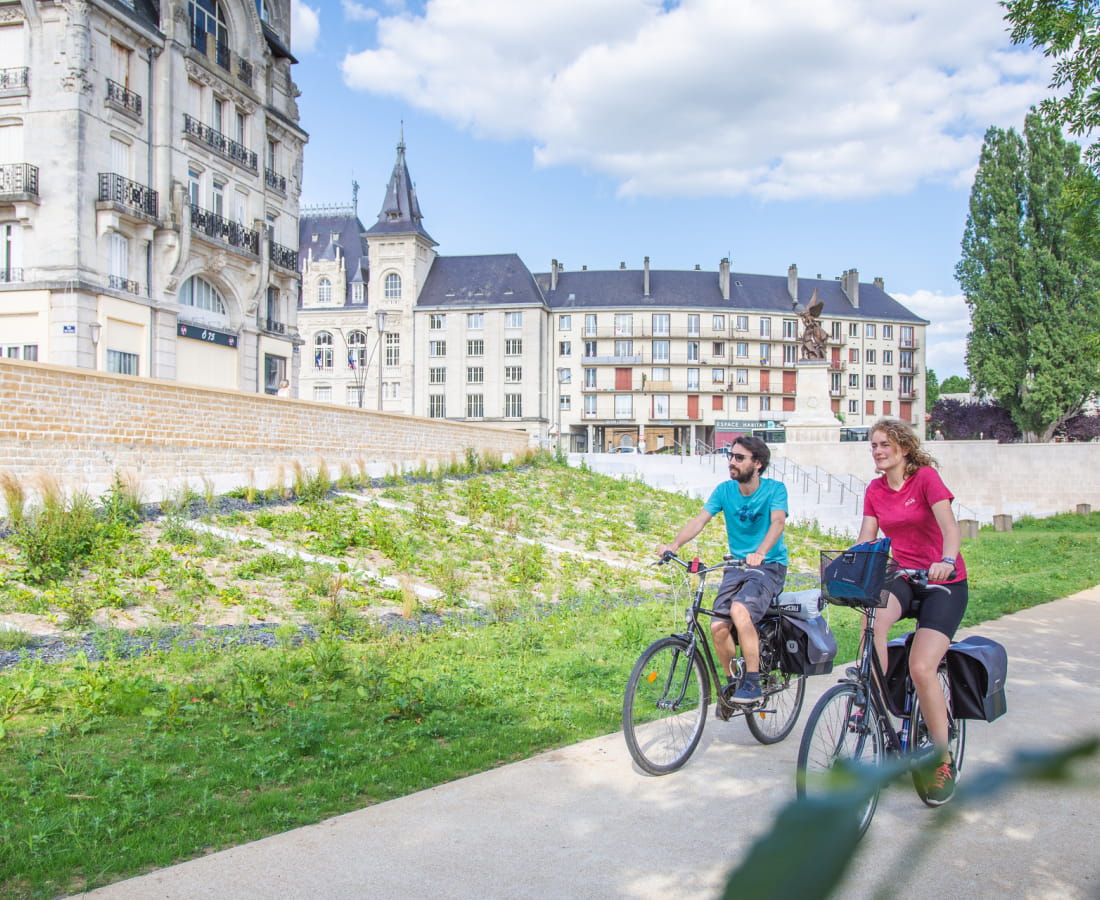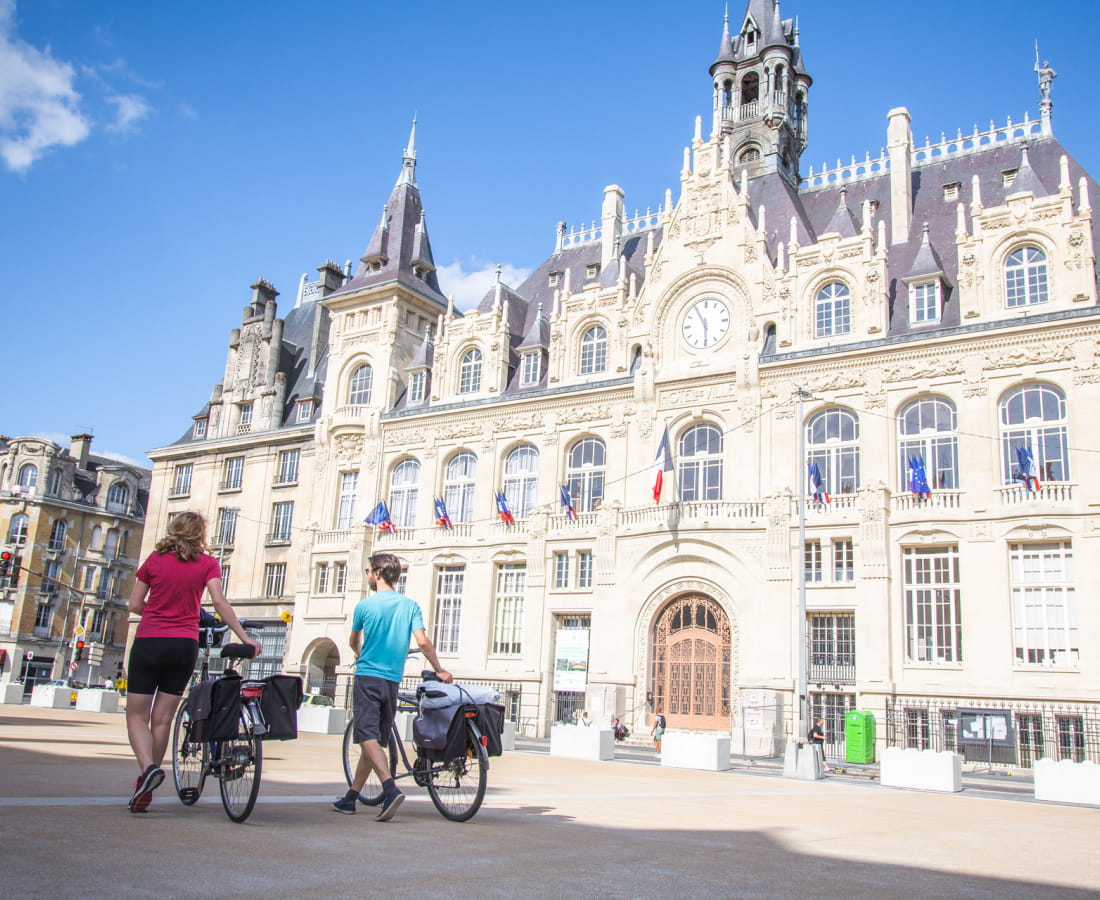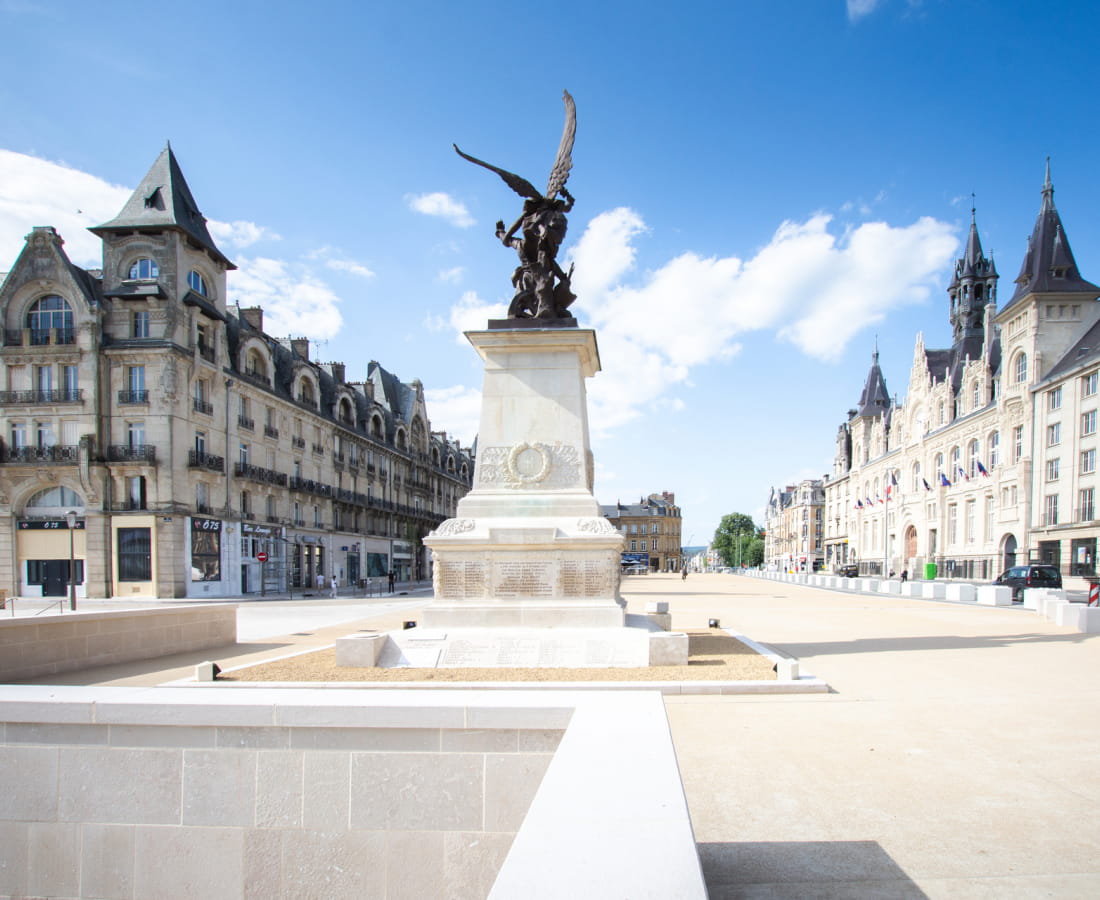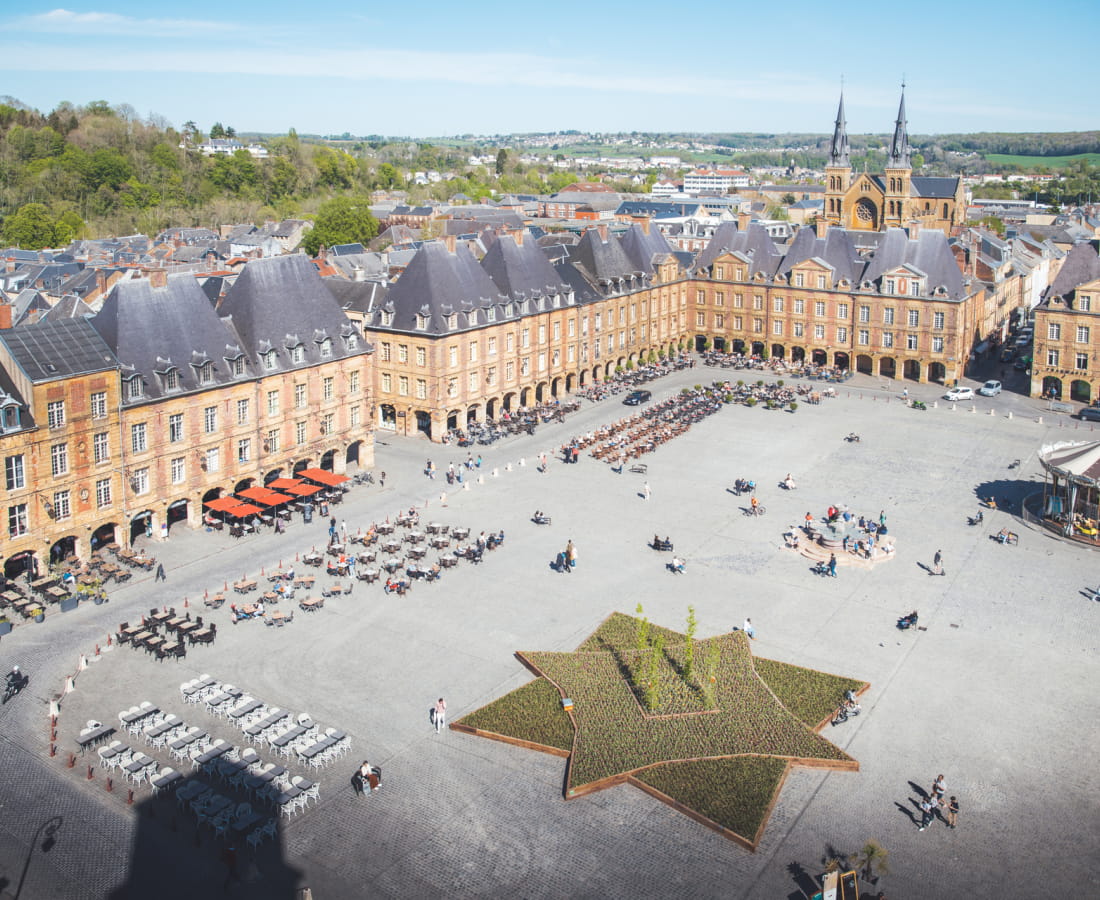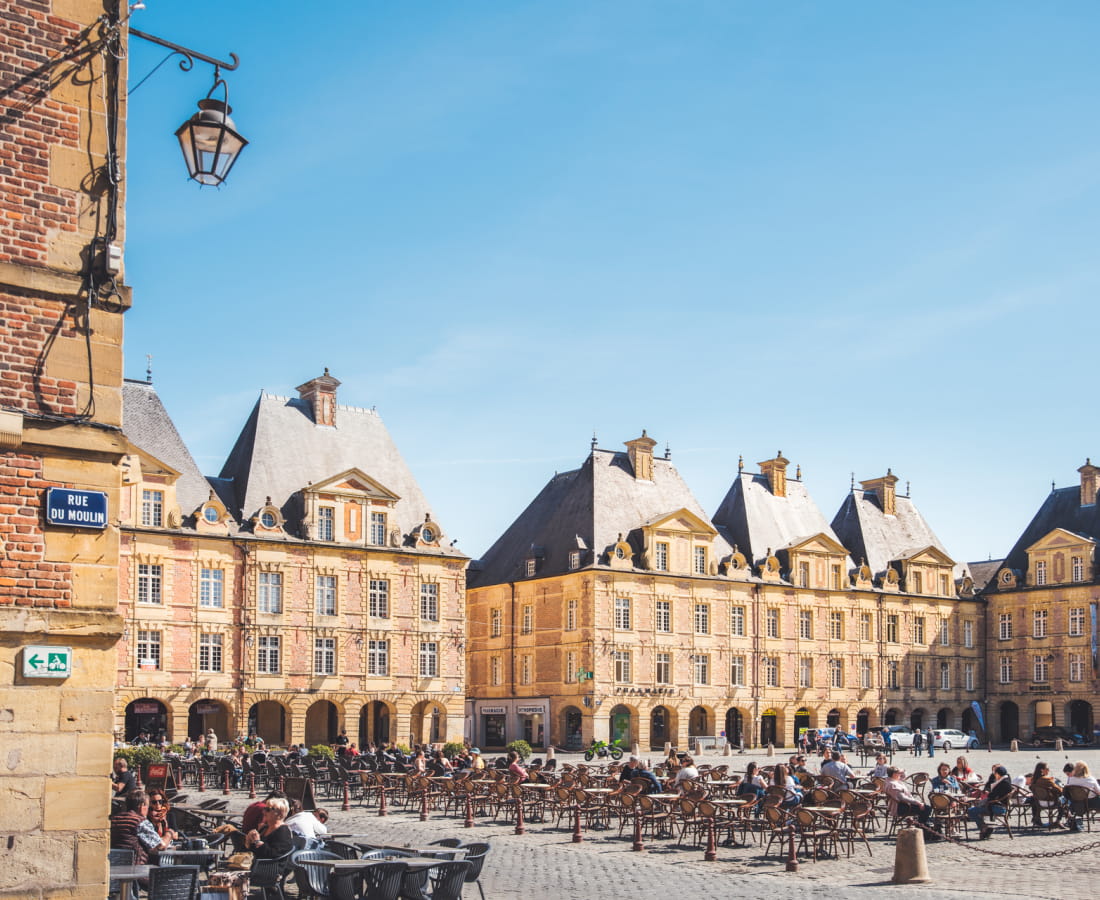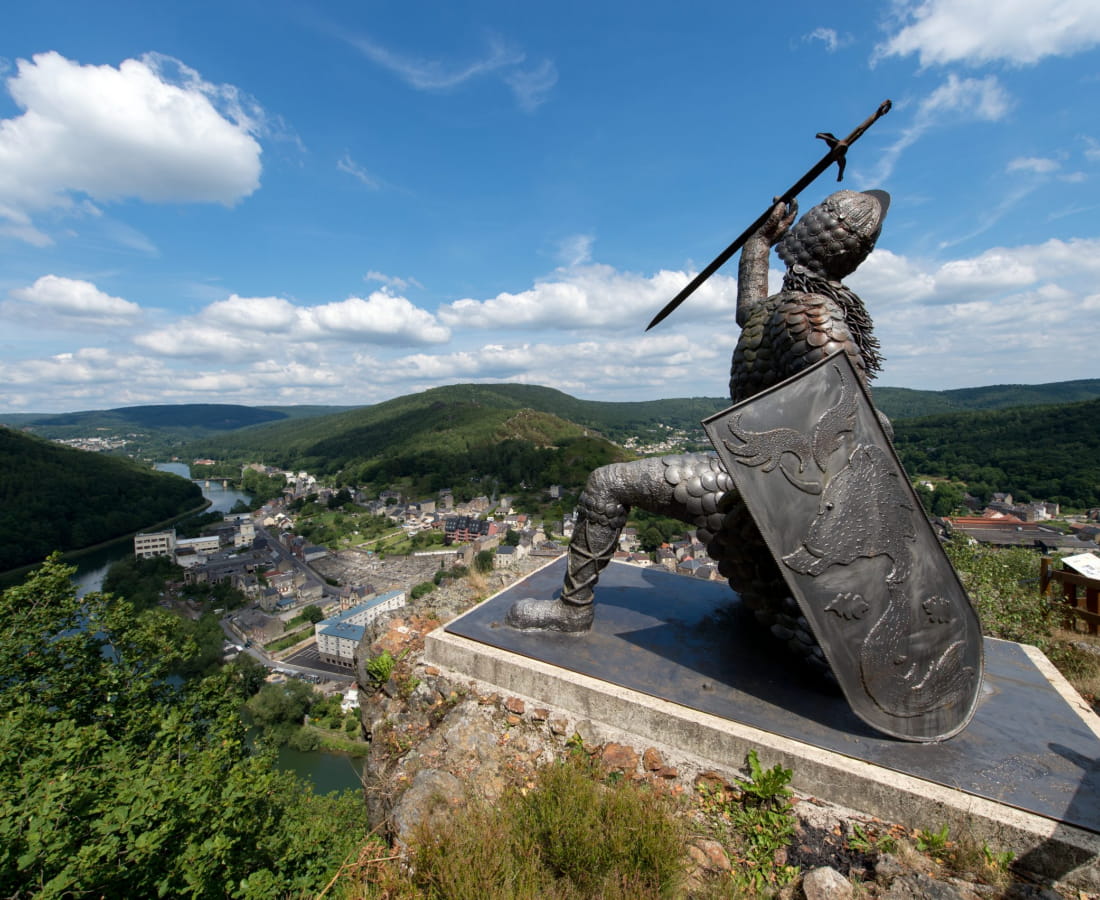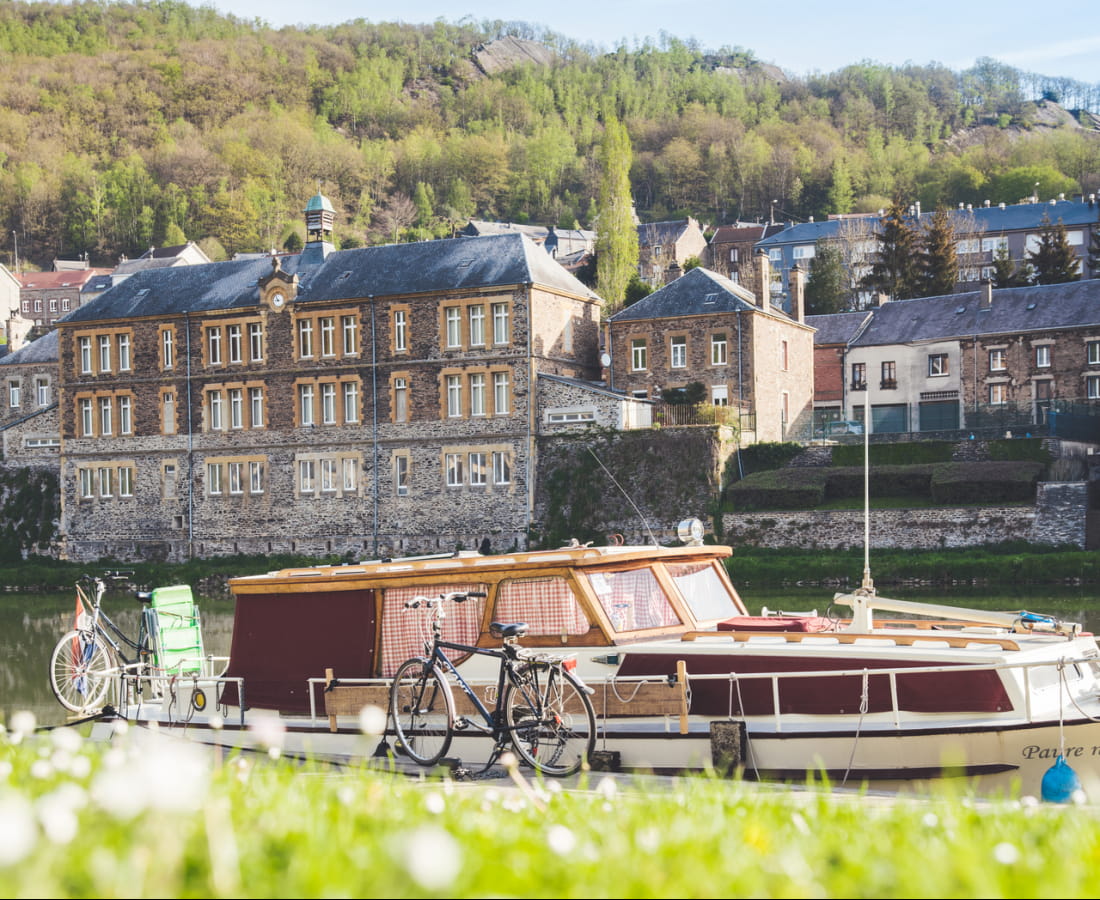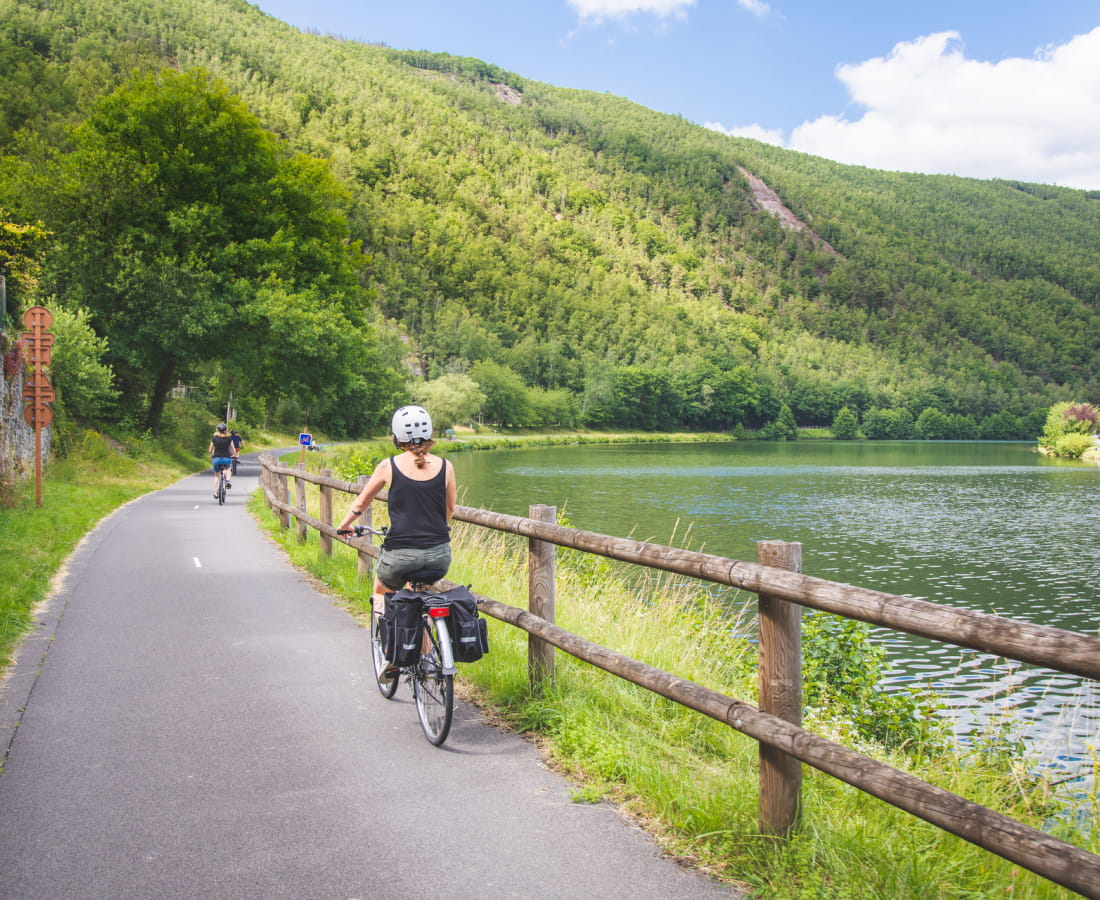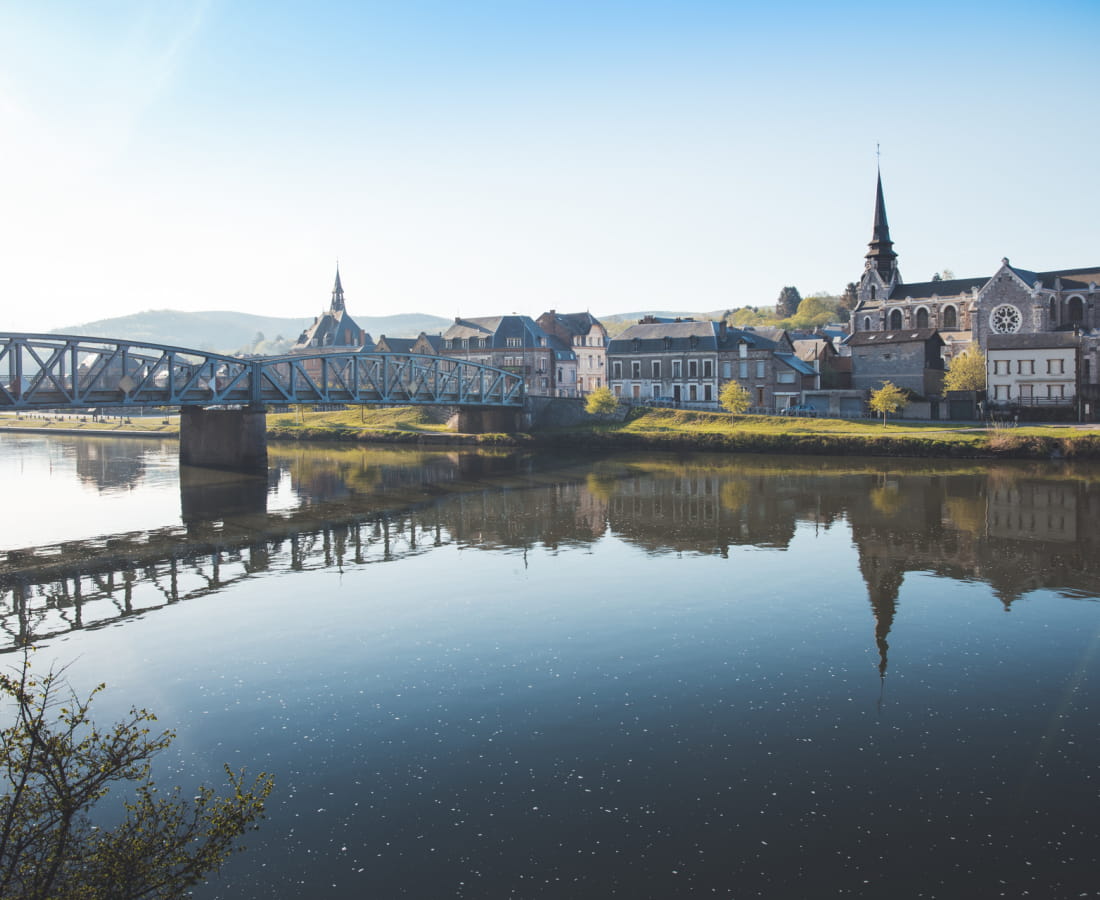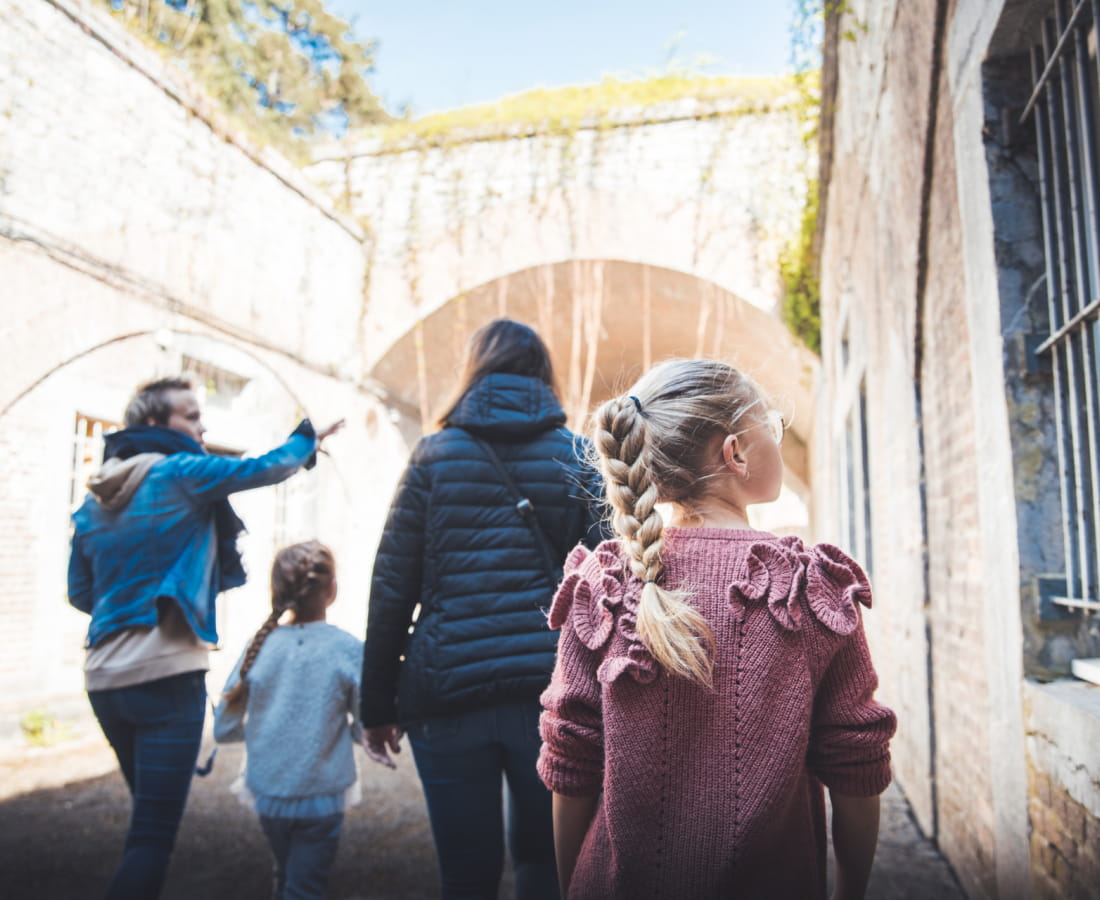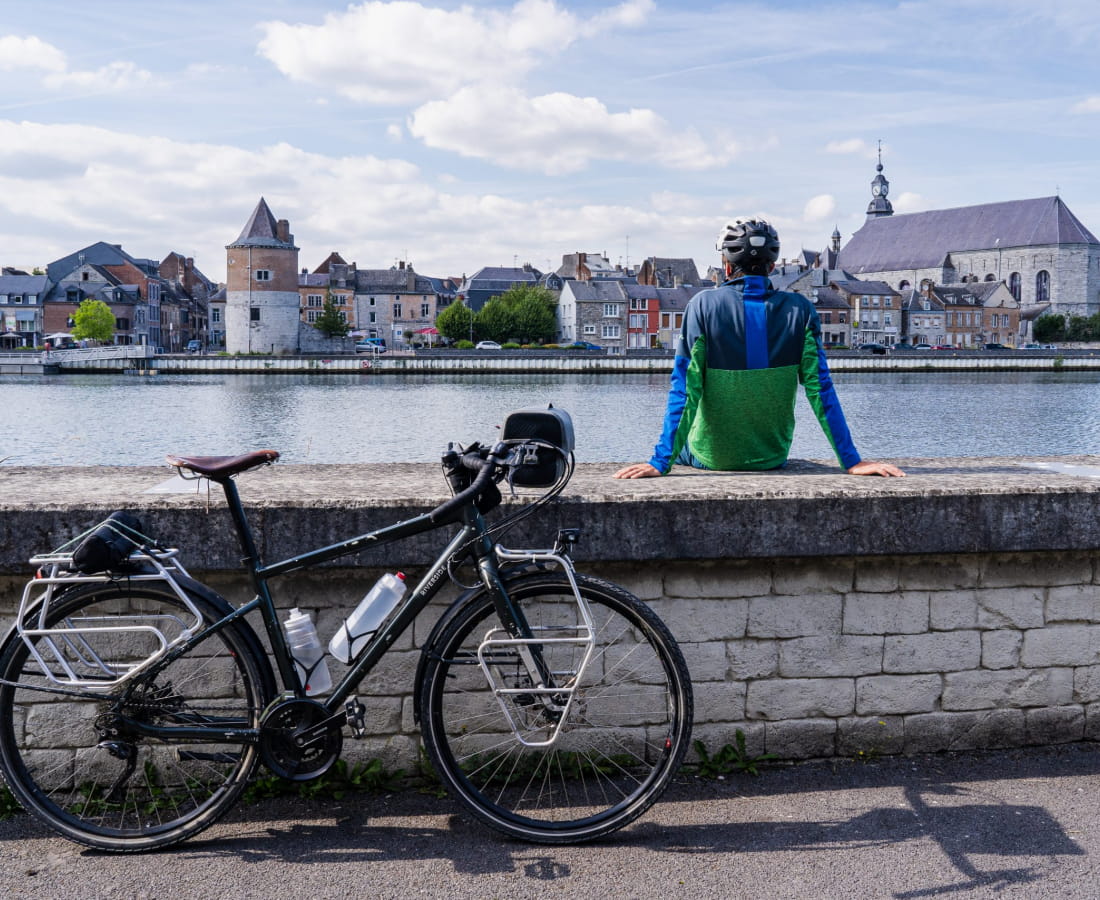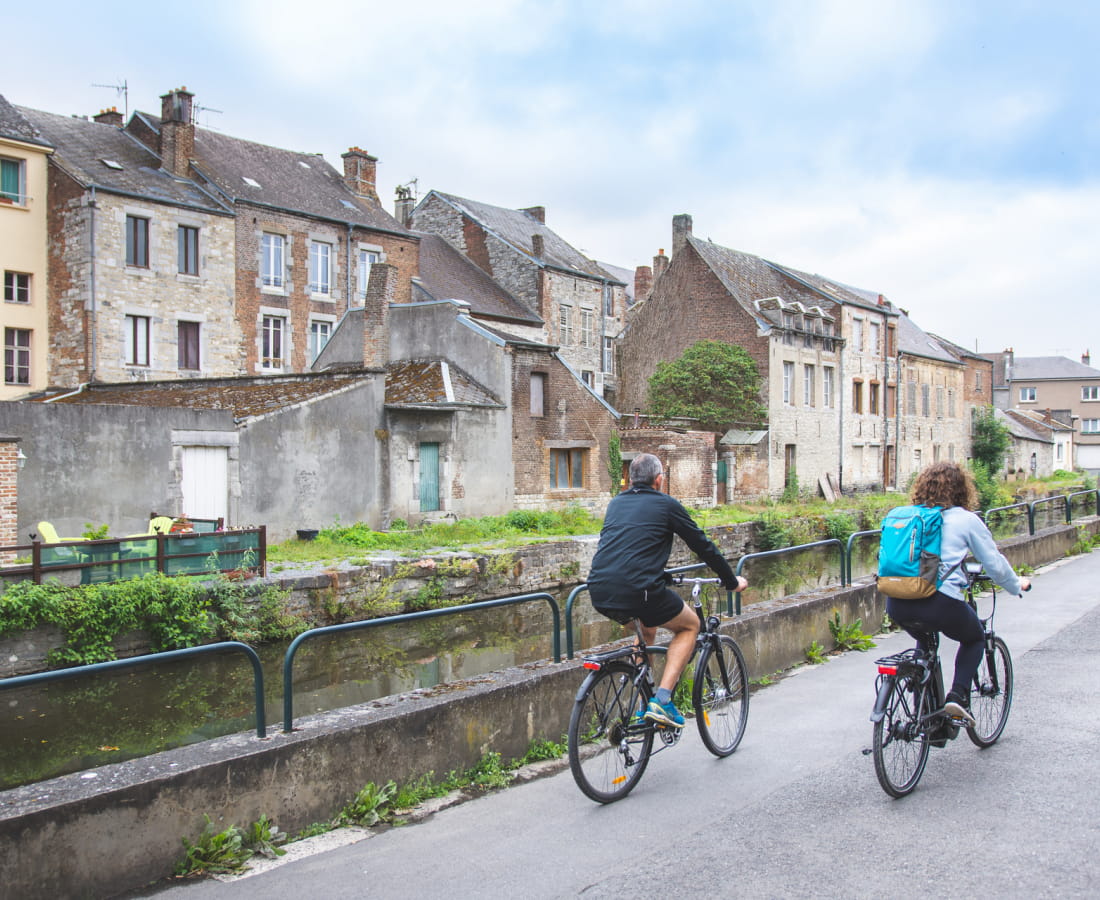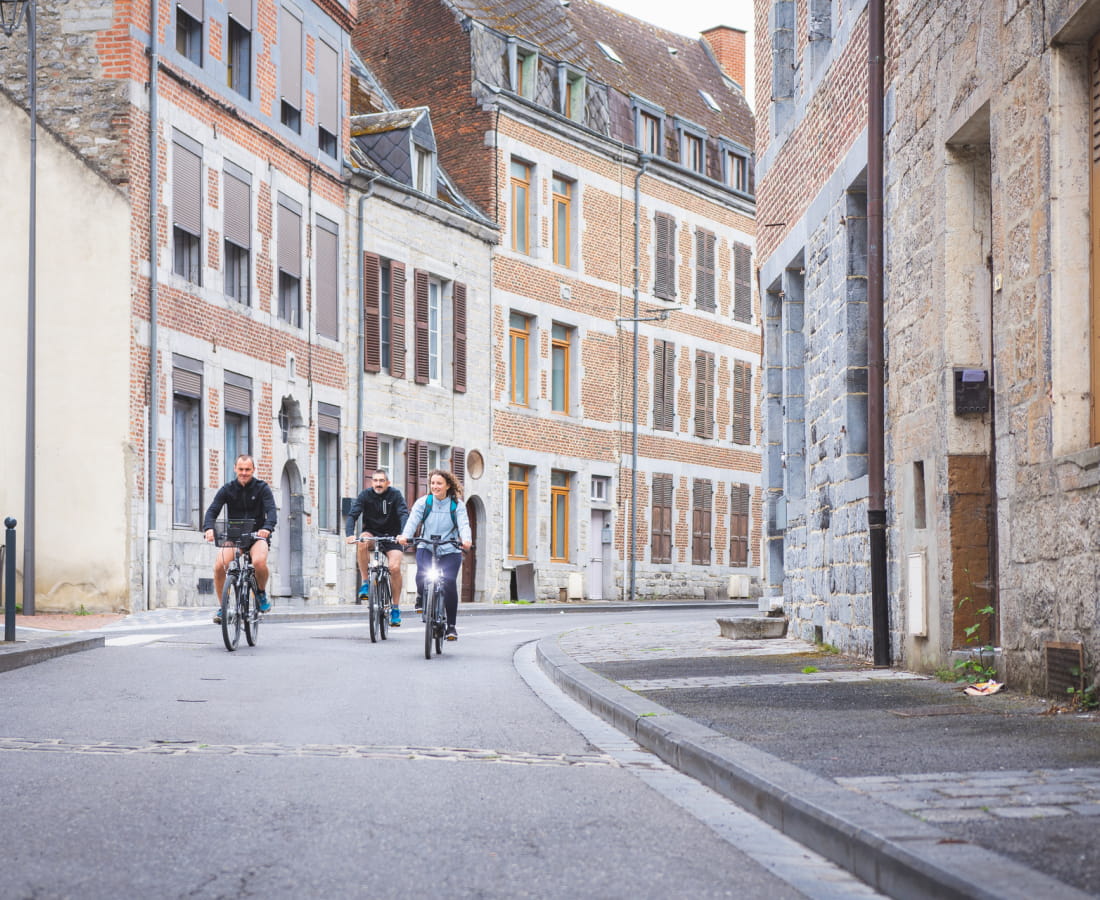-
The Meuse is a 950km-long river that flows through France, Belgium and the Netherlands. A 1050 km signposted cycle route takes you along the river through 3 countries. On the French section, you can cycle from Langres in Haute-Marne to Givet in the Ardennes. There are 12 stages.
-
This is EuroVelo 19, a 1,050 km signposted route that follows the Meuse river through 3 countries. On the French section, the route is called "La Meuse à vélo".
-
The route starts in Langres and finishes in Givet. The route is well served by train, but beware of peak periods when it will be more difficult to transport your bike on TER trains. There are TER trains to Langres from Paris, Dijon and Lyon. From Givet, you can take the TGV to Paris or the TER to Lille, Reims, Dijon and Lyon. There are other stations along the route, which are indicated on each of the stage descriptions.
-
The 443km of the Meuse à vélo are signposted and suitable for cycling. The logo of the V54 national route identifier and that of EuroVelo 19 are shown on the signposting. This EuroVelo is not 100% Greenways, so you will also be cycling on secondary roads, particularly in Meuse, Vosges and Haute-Marne. It is therefore essential to take a GPS with you and to identify the signposting beforehand.
-
The Meuse à vélo route is partly made up of hilly roads, with a few climbs and slight differences in altitude. The route is not ideal for first-time cyclists, but it is not particularly difficult. All you need is a minimum amount of regular cycling and a good level of fitness.
-
Along the cycle route, you'll find a number of charging points where you can recharge the batteries of your electric bicycles. Batteries can also be recharged using simple electrical sockets. A good battery generally has a range of 100km per day, so it is possible to recharge it at night.
Some of the sites along the route have also been awarded the "Accueil Vélo" label, guaranteeing you the right services for your cycling trip, including electric sockets for recharging your electrical equipment.
-
All along the Meuse cycle route, you'll find plenty of places to eat and drink for a gourmet break. Don't hesitate to push open the doors of restaurants and cafés to sample local specialities and discover the flavours of the region. For example, you can try the famous Langres cheese, mirabelle plums from Lorraine, madeleines from Commercy, dragées from Verdun, home-made beer or cured ham from the Ardennes. Along the route, you'll also find picnic tables where you can refuel and rest: they can be set up directly along the route, in the towns and villages you pass through, beside lakes, on playgrounds or at marinas.
-
You can cycle the Meuse on any type of bike! The cycle route is largely smooth, with only short, rough sections. Although these sections are not long enough to damage a road bike, it's best to set off with a bike suitable for touring for your comfort. You can opt for a mountain bike or VTC modified for bike travel, or choose a traditional touring bike.
-
Wear a helmet and check your bike before setting off to make sure the brakes, tyres and transmission are working properly. Respect the highway code and safety rules. Be visible by wearing brightly coloured clothing and reflective accessories. Avoid driving at night or in poor visibility, and wear a reflective waistcoat. Avoid wearing headphones or using your phone while driving. Equip yourself with an anti-theft device. And don't forget to bring enough water and snacks to keep you hydrated and fuelled.
-
Make sure your bike is in good working order. Plan your route in advance, taking into account the distance, level of difficulty and weather conditions. Dress for the weather. In general, it's advisable to wear light, breathable clothing to keep out the heat, and a windproof jacket in case of rain or wind. Take with you a first-aid kit, sun cream, water and snacks to keep you hydrated and nourished. Don't forget your mobile phone, a bike pump, spare inner tubes, basic tools and a lock to secure your bike. Make sure you have a GPS and identify the signposting beforehand. Finally, warm up before setting off and do a few stretches to avoid injury.
-
In principle, autumn and spring seem to be the ideal seasons for not suffering from heat or low temperatures. However, temperatures are unpredictable, and even in summer you'll need to bring warm clothes or a windproof jacket, as it can be cool in the evenings and mornings. So it's important to think ahead at all times of year, and check the weather forecasts regularly.

